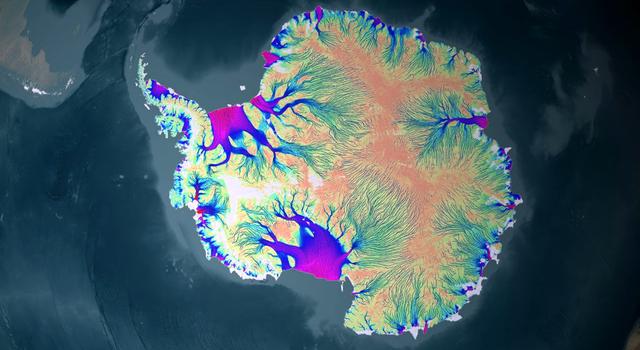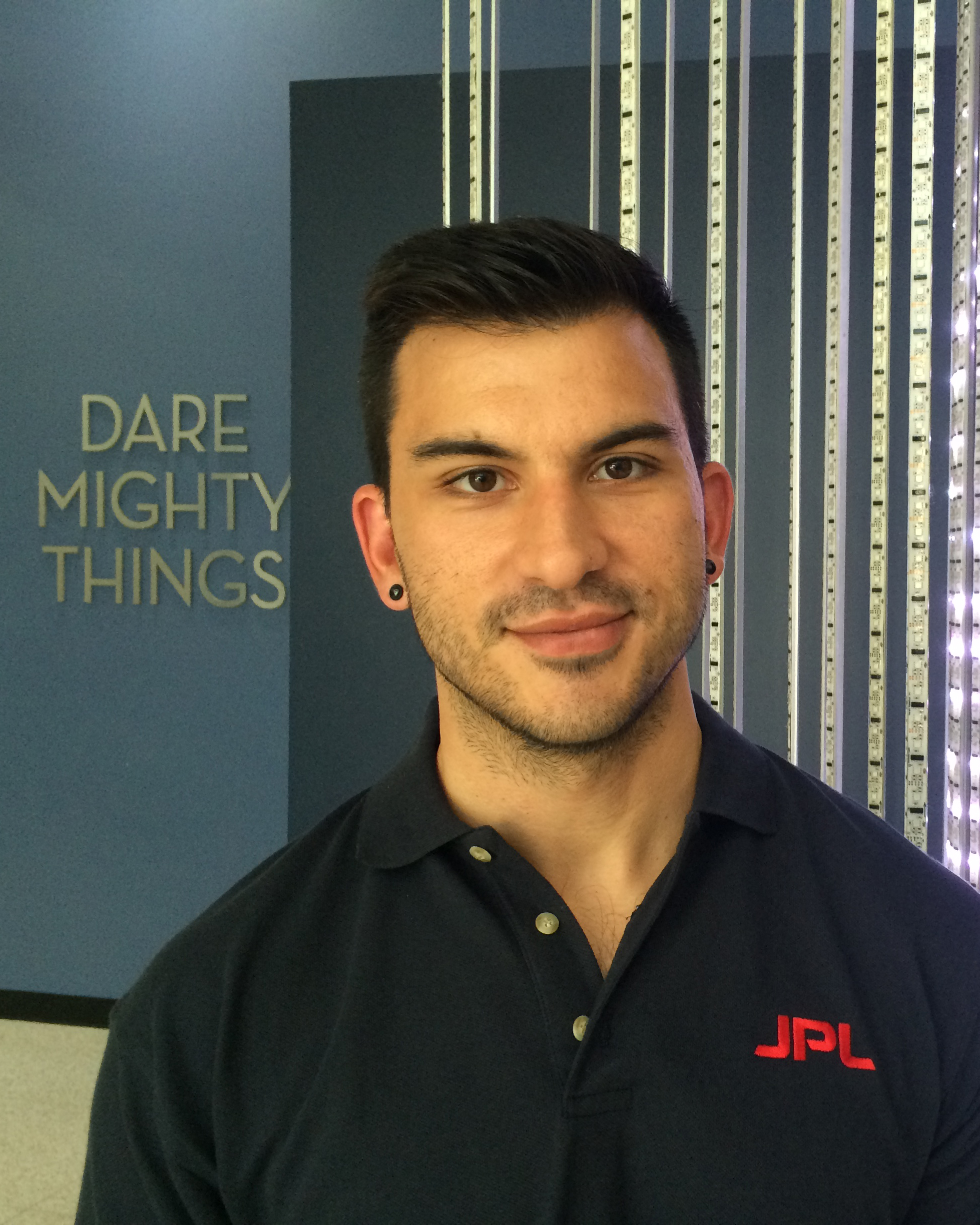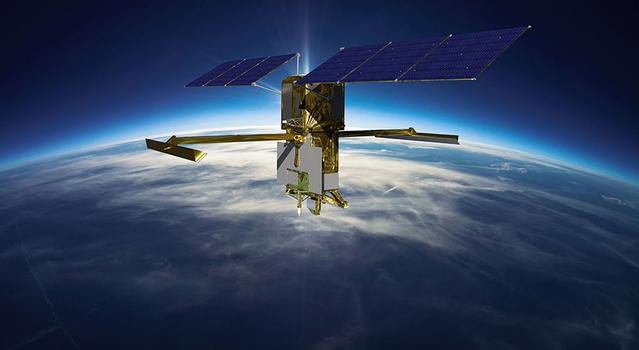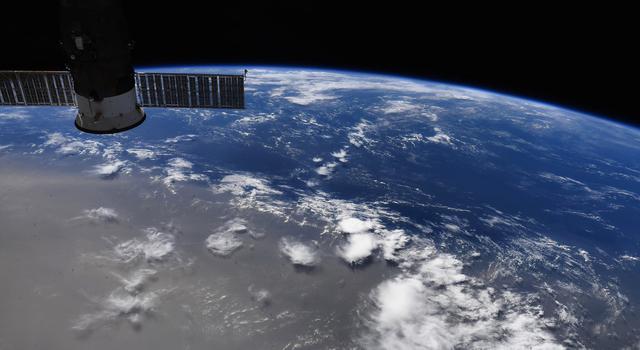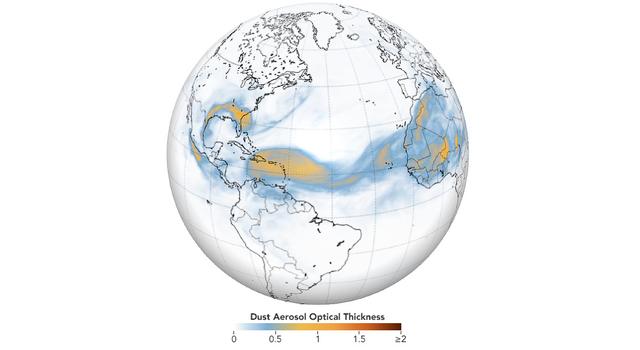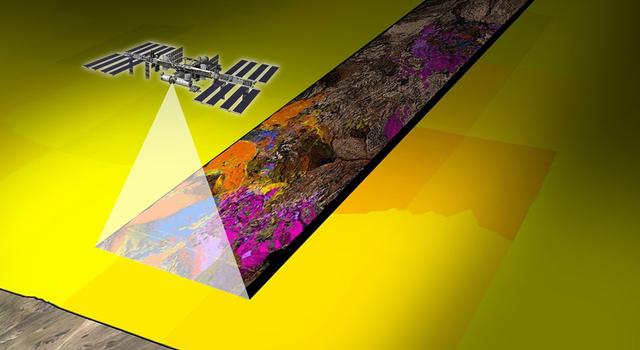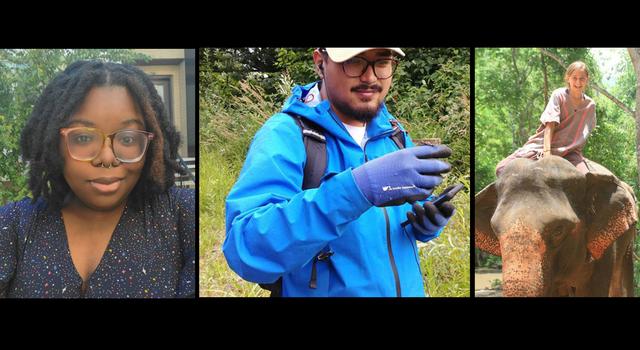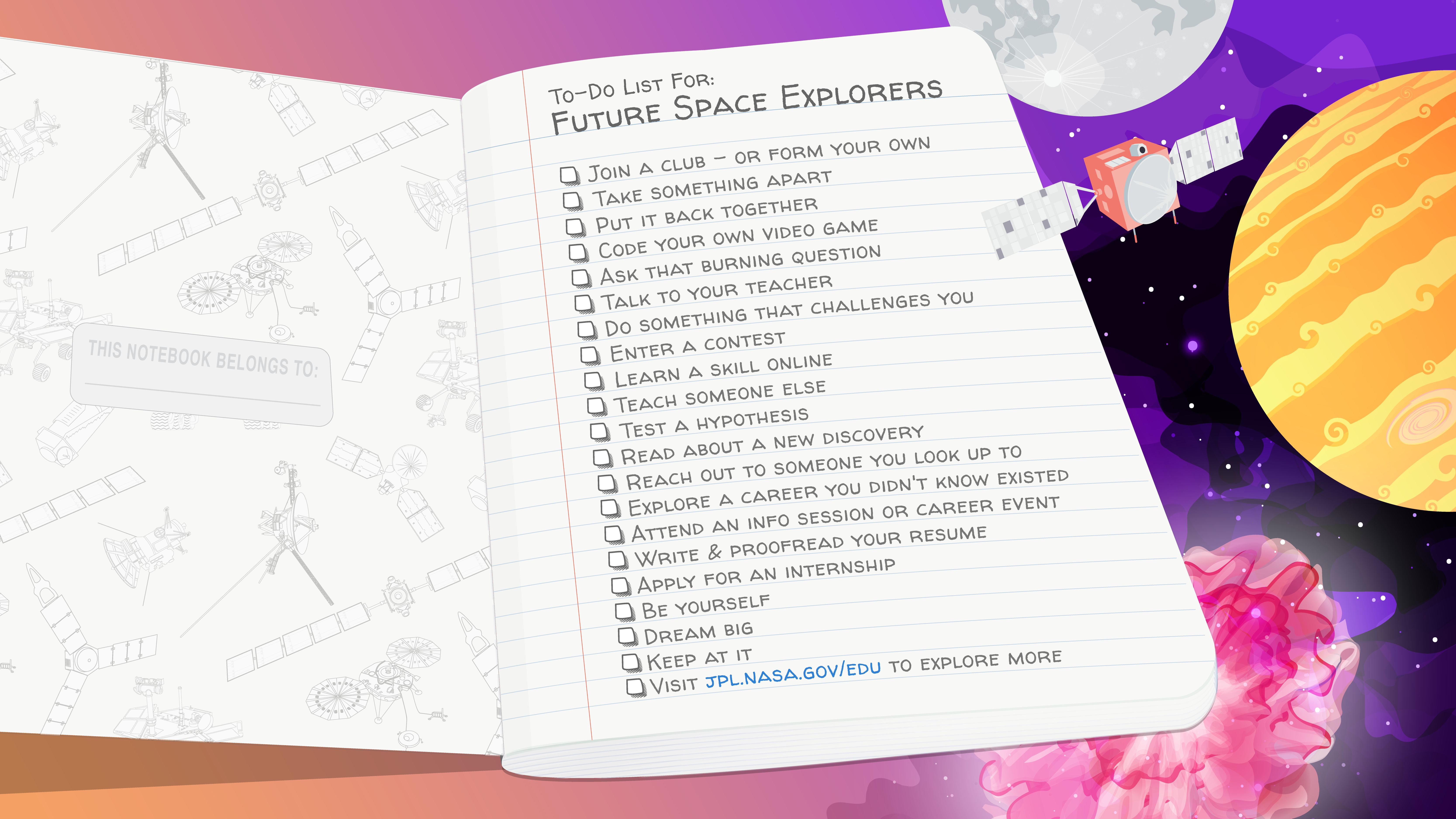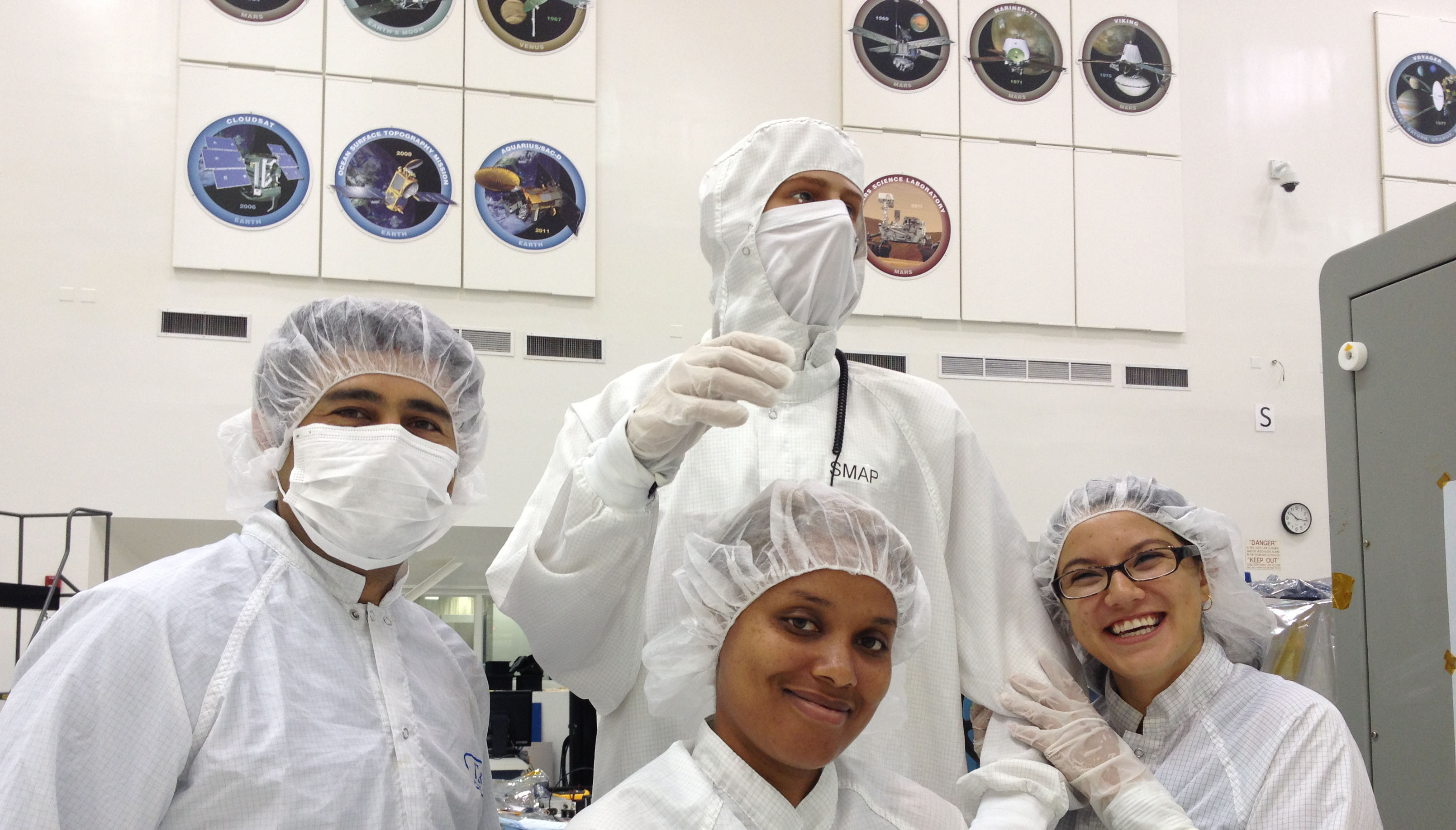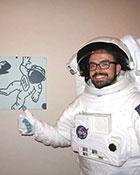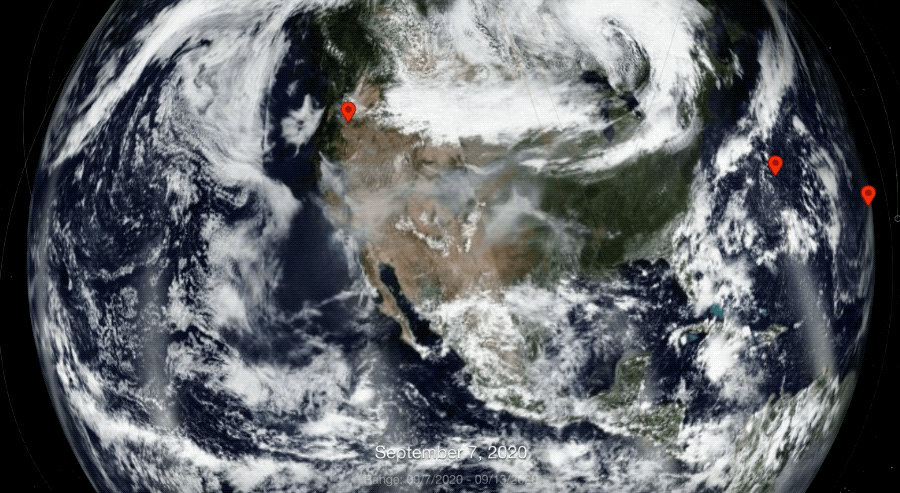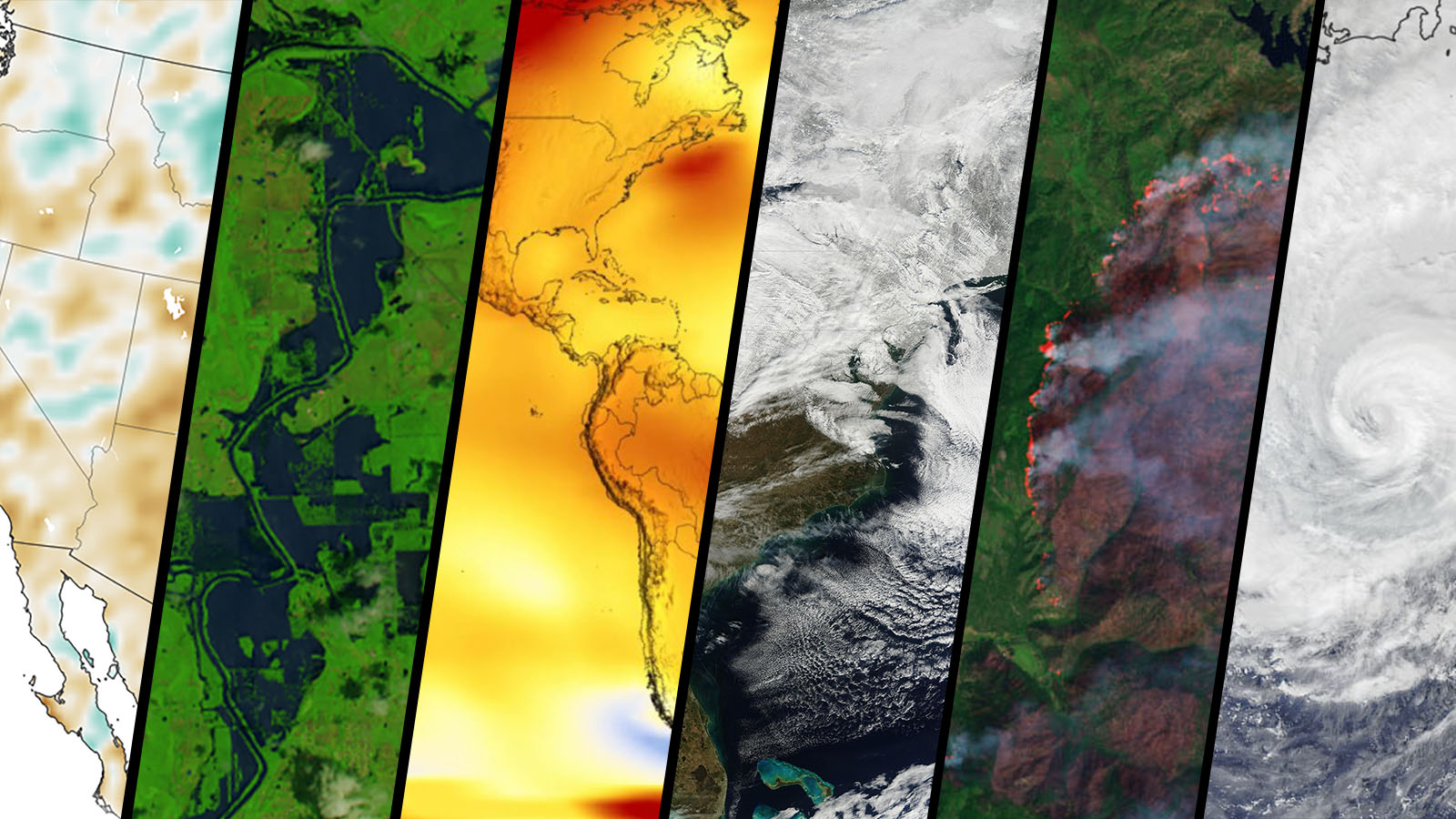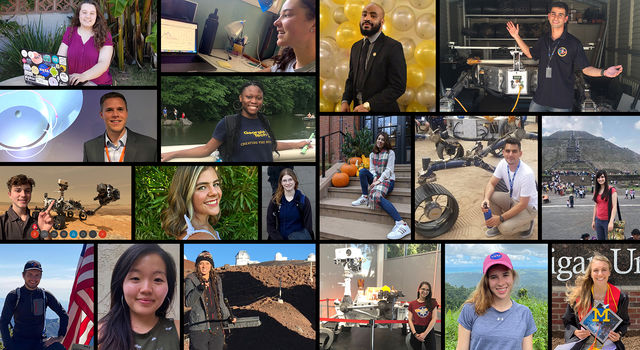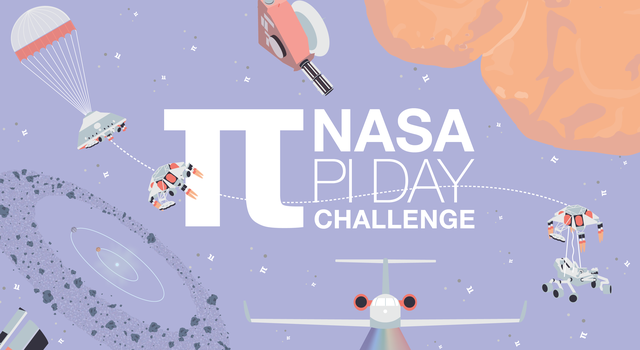Teachable Moments | April 22, 2024
Tracking Tiny Movements Means Big Impacts for Earth Science
Find out how the upcoming NISAR mission, an Earth satellite designed to capture detailed views of our planet's changing surface, will provide new insights into everything from natural disasters to climate change. Plus, connect it all to STEM learning.
The next addition to NASA’s fleet of Earth Science orbiters is launching in 2024 and will represent a monumental leap forward in how we monitor our changing planet. The NISAR mission is a collaboration between NASA and the Indian Space Research Organisation that’s designed to monitor and study tiny movements of Earth’s surface from events like natural disasters and climate change.
Read on to find out how NISAR is pushing the boundaries of Earth science from space. Plus, learn how you can bring science and engineering from the mission to your students.
How NISAR Works
NISAR is among the most advanced radar systems on an Earth science mission to date due to its supersized antenna reflector, use of synthetic aperture radar, and ability to observe Earth in two different radar frequencies simultaneously.
Hear mission experts describe how the NISAR satellite will track our changing Earth in fine detail. Credit: NASA/JPL-Caltech
Extending above the spacecraft like a giant catcher's mitt, NISAR’s antenna reflector is 39 feet (12 meters) wide – the largest ever launched as part of a NASA Earth-observing mission. This antenna creates an observational window, or swath, of the surface beneath the spacecraft that is 150 miles (242 kilometers) wide. The swath size is determined by the radar wavelength and antenna size, which is important because there is a direct relationship between antenna size and the resolution of images and data that can be captured by NISAR.
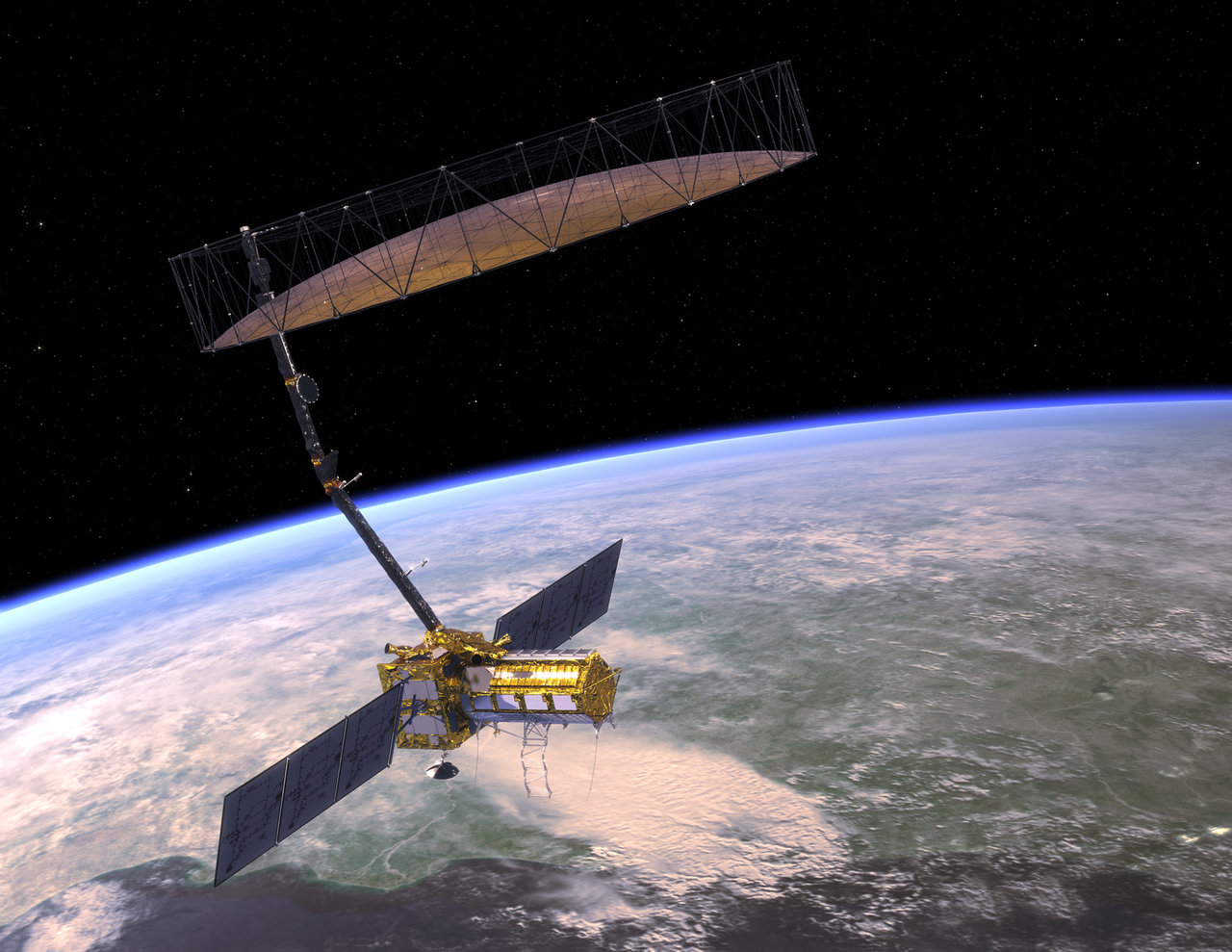
NISAR's antenna reflector extends above the spacecraft like a catcher's mitt and is engineered to help the mission get an unprecedented view of Earth's surface. Credit: NASA/JPL-Caltech | + Expand image
We typically want the best resolution possible, but we’re limited by the size of the antenna we can build and deploy in space. Conventionally, the resolution on a satellite is a function of the wavelength it uses and the size of the antenna. The larger the wavelength, the bigger the antenna needs to be to get quality images. At typical radar wavelengths, with a 12 meter diameter reflector, the best achievable resolution would be as coarse as 10s of kilometers, which is not very useful for observing features on Earth at the human scale.
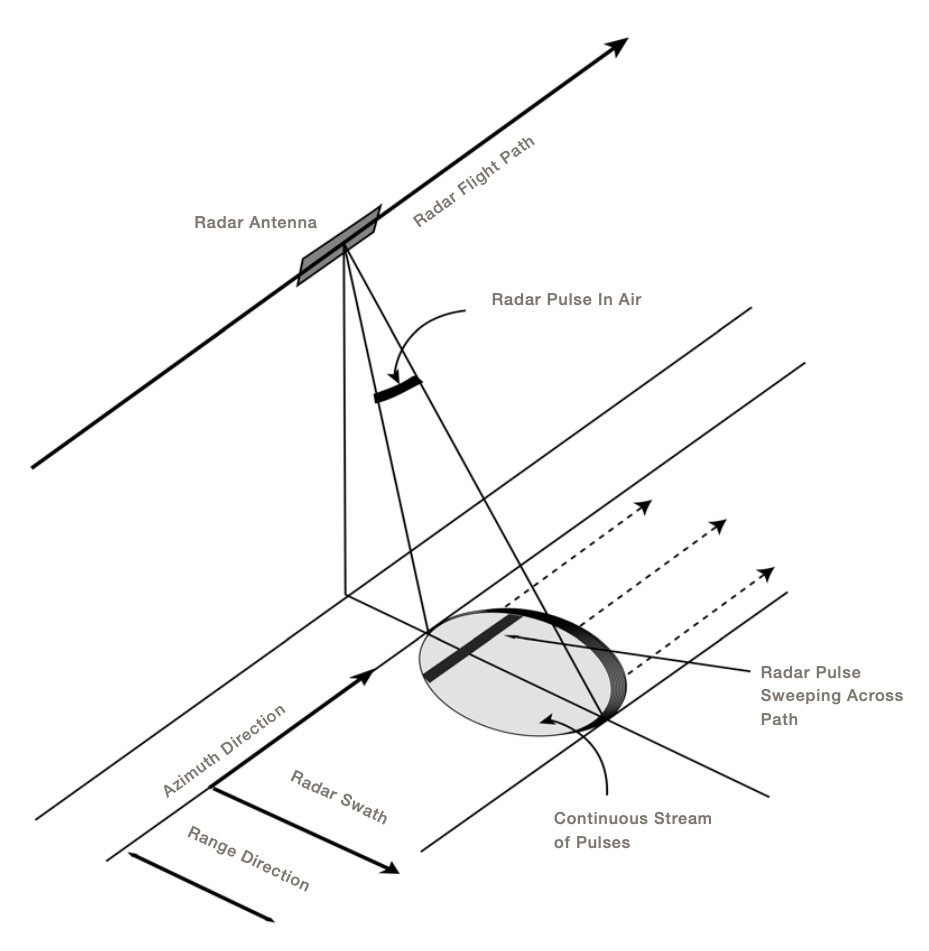
This diagram shows how synthetic aperature radar works by sending multiple radar pulses to an area on the ground from an antenna passing overhead. Credit: NASA | + Expand image
This is why NISAR utilizes an approach called synthetic aperture radar, or SAR, to synthetically magnify the resolution achievable from the antenna. With SAR, the spacecraft sends multiple signals, or pulses, to an area as it flies overhead. Each signal gets reflected back to the spacecraft, which is meticulously designed to “catch” the reflected signals thanks to its position and velocity. Each signal in the sequence is then focused into a single high-resolution image, creating an effect as if the spacecraft is using a much larger antenna.
Radar uses radio wavelengths, which are longer than those of visible light, allowing us to see through clouds and sometimes even tree coverage to the ground below, depending on the frequency of the radio waves. We’re also able to interpret a lot of information about the surface from the way the signal returns back to the orbiter. This is because NISAR will measure the amount of scatter, or dispersion, of the signal as compared to when it was originally transmitted.
For example, a rigid, sharp angled building will bounce the signal back to the receiver differently than a leafy tree. Different radio frequencies are better used for different surfaces because they are influenced by the type of surface being analyzed. To this end, NISAR is the first mission to use two different radar frequencies simultaneously. The L-Band can be used to monitor heavier vegetation and landscapes while the S-Band is better tuned for lighter vegetation and crop growth. The two wavelengths in general extend the range of sensitivity of the measurement to smaller and larger changes.
This combination of tools and features will allow NISAR to construct global maps of changes in the position of any given pixel at a scale of just centimeters as well as subtle changes in reflectivity due to land cover changes on all land and ice surfaces twice every 12 days. The resolution combined with repetition will allow scientists to monitor the changes taking place on our planet in a matter of days more comprehensively than ever before.
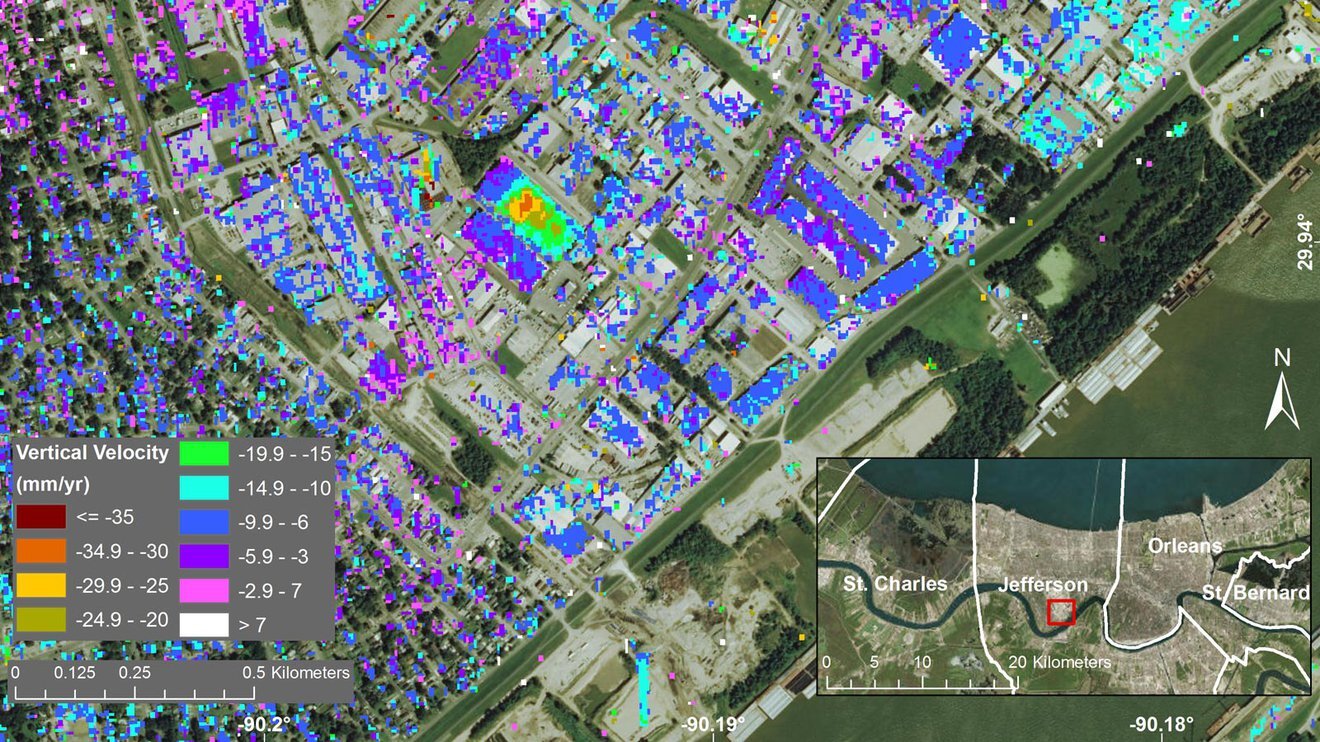
This satellite image of New Orleans is overlaid with synthetic aperature radar data from the UAVSAR instrument to show the rate at which the land was sinking in a section of New Orleans from June 2009 to July 2012. Credit: NASA/JPL-Caltech, Esri | › Learn more
What the NISAR Mission Will Show Us
Because of the massive amount of data produced by NISAR, we’ll be able to closely monitor the impacts of environmental events including earthquakes, landslides, and ice-sheet collapses. Data from NISAR could even be used to assess the risk of natural hazards.
Scientists can use NISAR to monitor tiny movements in Earth’s surface in areas prone to volcanic eruptions or landslides. These measurements are constructed using what’s called an interferogram, which looks at how the maps generated for each pass of the spacecraft have changed over time. For example, we could see immediate changes to the topography after an earthquake with an interferogram made from images NISAR collected shortly before and soon after the event.
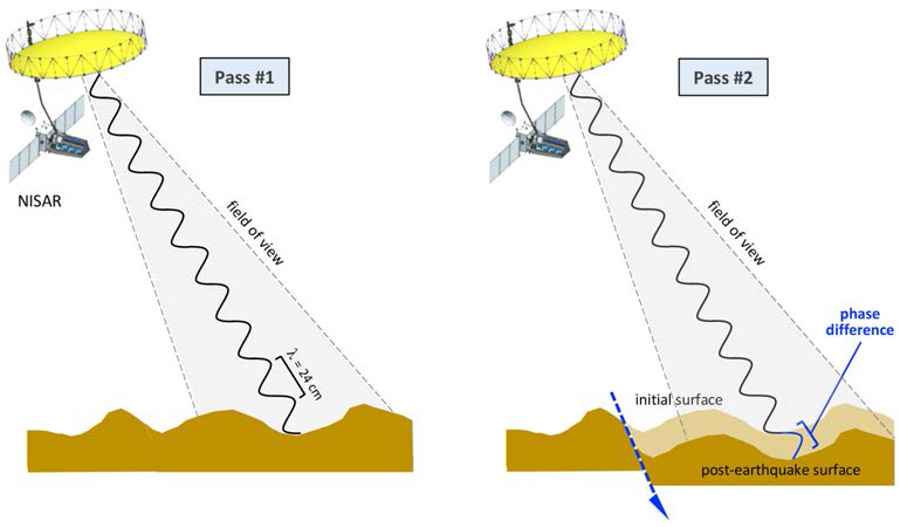
Using interferometry, as shown in this diagram, NISAR can capture changes or deformation in land surfaces, such as after an earthquake. | + Expand image
By tracking and recording these events and other movements on the surface leading up to natural disasters, it may be possible to identify warning signs that can improve detection and disaster response.
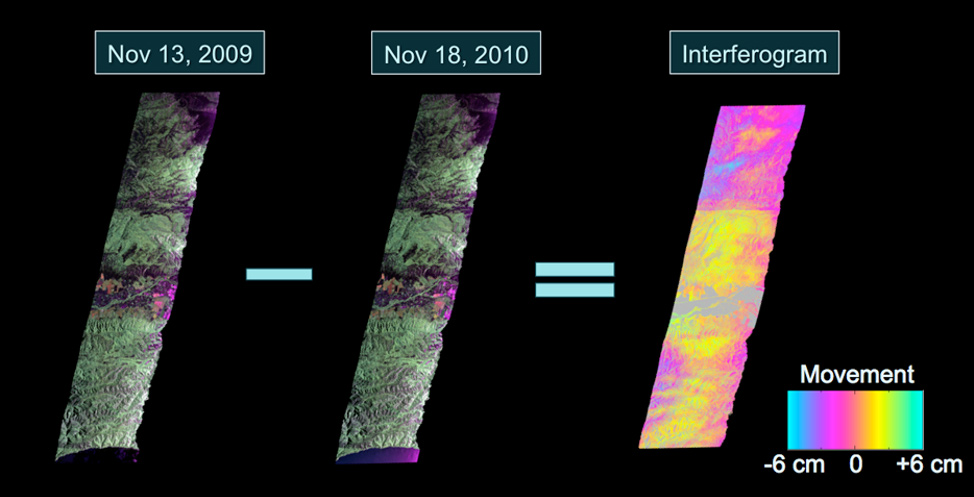
The first two images in this series were captured by the UAVSAR instrument during two separate passes over California's San Andreas Fault about a year apart. The two images were then combined to create the third image, which an interferogram that shows how the surface changed between the two passes of the instrument. Credit: NASA/JPL-Caltech | + Expand image
And NISAR isn’t just limited to studying the solid Earth. As missions prior have done, it will also be able to generate maps of polar ice sheets over time and detect changes in permafrost based on the regional movement of the soil below. These measurements will give climate scientists a clear picture of how much the ice is moving and deforming due to climate change and where it is thawing as the ground warms.
Additionally, NISAR can track land usage, deforestation, sea levels, and crustal deformation, informing scientists about the impacts of environmental and climate change on Earth.
Follow Along With NISAR
NISAR is scheduled to launch in 2024 from the Satish Dhawan Space Centre in Sriharikota, India, and will enter a polar orbit 460 miles (747 kilometers) above Earth. For the first 90 days after launch, the spacecraft will undergo checks and commissioning before beginning scientific observations for a primary mission designed to last three years.
Science from the mission will be downlinked to both NASA and ISRO ground stations below with data and the tools to process it freely available for download and use to all professional and citizen scientists.
Visit NASA’s NISAR mission page for the latest updates about the mission.
Teach Earth Science With NISAR
With the launch of NISAR, we will be better able to monitor and mitigate natural disasters and understand the effects of climate change. Bring the fleet of NASA Earth Science missions to your classroom with the following lessons and activities:
Lessons
-
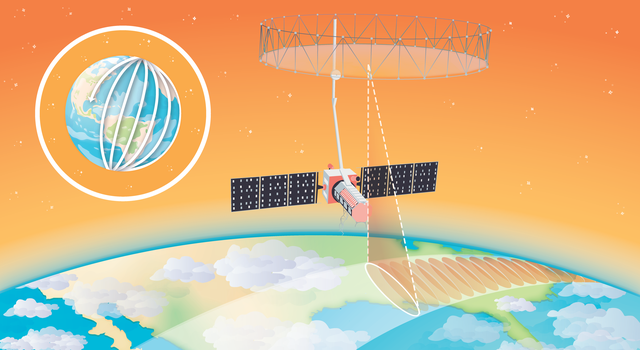 Math Problem
Math ProblemOrbit Observation: A ‘Pi in the Sky’ Math Challenge
In this illustrated math problem, students use the mathematical constant pi to figure out how much data the NISAR spacecraft collects every day.
Subject Math
Grades 7-12
Time Less than 30 mins
-
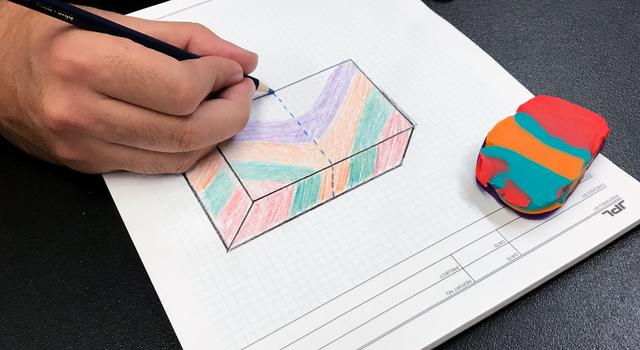 Lesson
LessonModeling Crustal Folds
Students use playdough to model how Earth’s crust is bent and folded by tectonic plates over geologic time.
Subject Science
Grades 6-12
Time 30-60 mins
-
 Lesson
LessonMaking Topographic Maps
Students draw and interpret topographic maps while learning about technology used to map Earth's surface, the seafloor, and other worlds.
Subject Science
Grades 6-12
Time 1-2 hrs
-
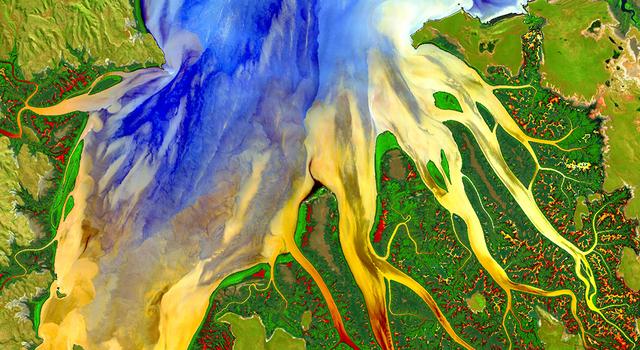 Lesson
LessonUsing Light to Study Planets
Students build a spectrometer using basic materials as a model for how NASA uses spectroscopy to determine the nature of elements found on Earth and other planets.
Subject Science
Grades 6-11
Time 2+ hrs
-
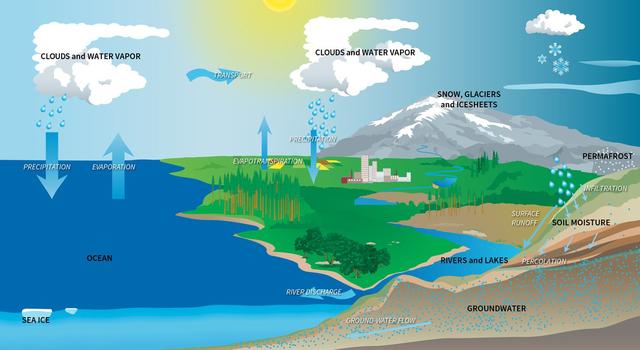 Lesson
LessonModeling the Water Budget
Students use a spreadsheet model to understand droughts and the movement of water in the water cycle.
Subject Science
Grades 5-8
Time 30-60 mins
-
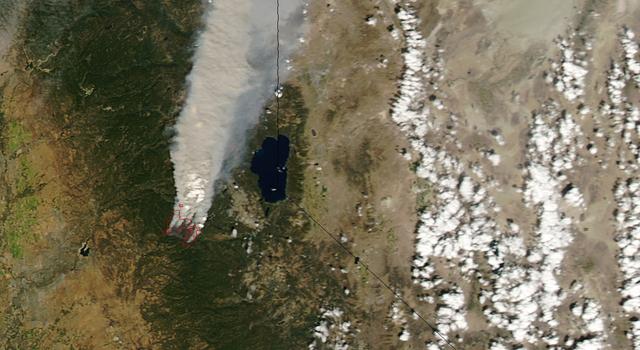 Lesson
LessonFired Up Over Math: Studying Wildfires from Space
Students learn how scientists assess wildfires using remote sensing and solve related math problems, appropriate for various grade levels.
Subject Math
Grades 3-12
Time 30-60 mins
-
 Lesson
LessonEarth Science Data Visualizations – How to Read a Heat Map
Students learn to read, interpret and compare “heat map” representations of Earth science data.
Subject Science
Grades 4-12
Time 30-60 mins
-
 Lesson
LessonLessons in Sea-Level Rise
What is sea-level rise and how does it affect us?
Subject Science
Grades 5-12
Time 30-60 mins
-
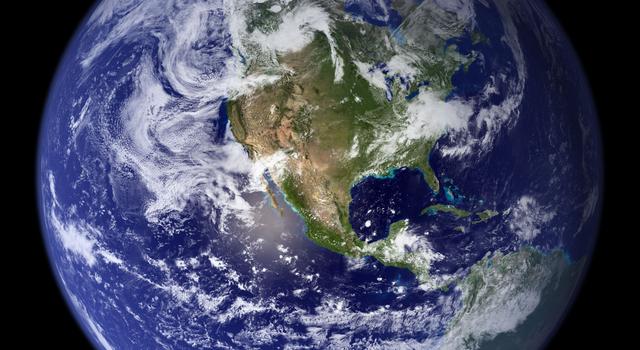 Collection
CollectionEarth Science Lesson Collection
Discover a collection of standards-aligned STEM lessons all about Earth and climate change.
-
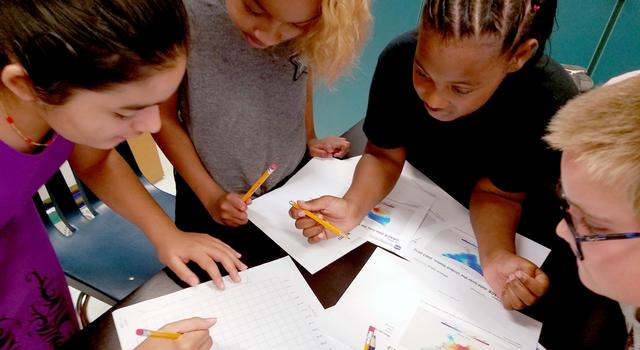 Collection
CollectionClimate Change Lesson Collection
Explore a collection of standards-aligned STEM lessons for students that get them investigating climate change along with NASA.
Student Projects and Activities
-
 Collection
CollectionExploring Earth Activities Collection
Try these science and engineering projects, watch videos, and explore images all about the planet that we call home.
-
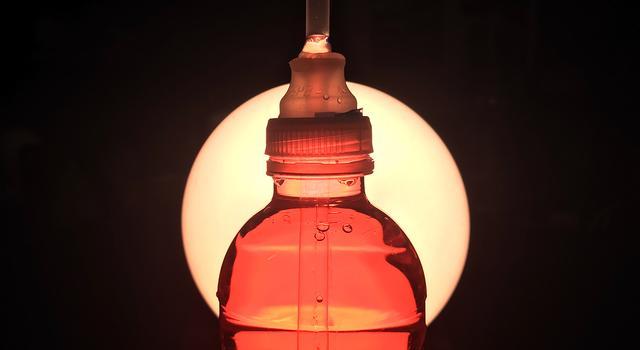 Collection
CollectionClimate Change Activities Collection
Learn about climate change and its impacts with these projects, videos, and slideshows for students.
Articles
-
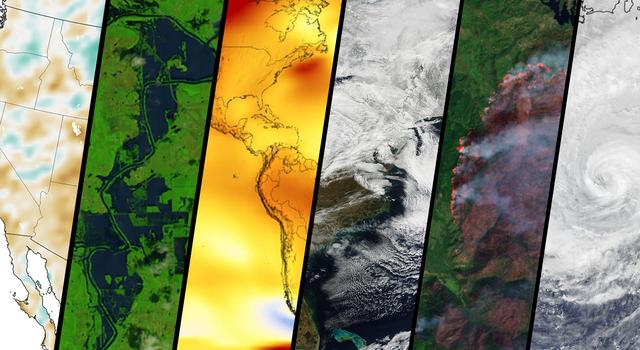 Collection
CollectionTeachable Moments in Climate Change
Explore this collection of Teachable Moments articles to get a primer on the latest NASA Earth science missions, plus find related education resources you can deploy right away!
-
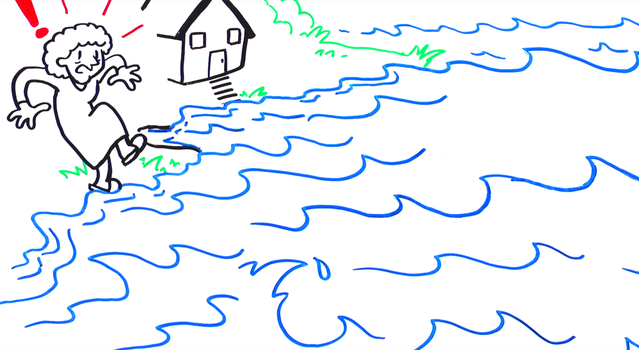 Collection
CollectionEarth Minute Video Series
This series of animated white-board videos for students of all ages explains key concepts about Earth science, missions, and climate change.
-
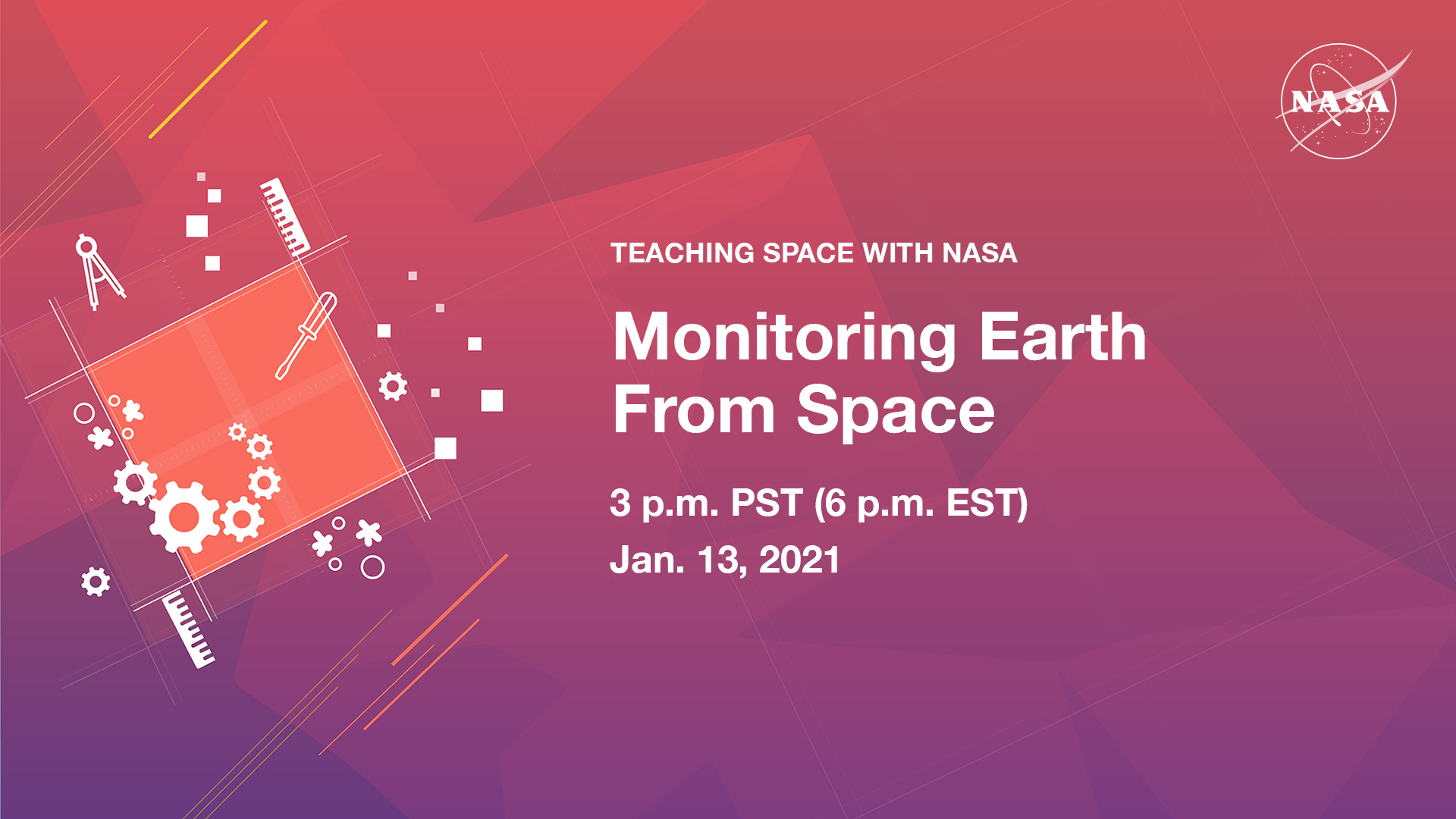 Expert Talk
Expert TalkMonitoring Earth from Space
In this educational talk, NASA experts discuss how we build spacecraft to study climate, then answer audience questions.
- Interactive: NASA Eyes on Earth
- Images: NASA Earth Observatory
- Gallery: Images of Climate Change
- Infographic: Sea Level Rise
Videos
Explore More
Websites
Facts & Figures
Multimedia
TAGS: K-12 Education, Resources, Earth Science, Climate Change, NISAR
Teachable Moments | December 8, 2022
NASA Mission Takes a Deep Dive Into Earth's Surface Water
Explore how and why the SWOT mission will take stock of Earth's water budget, what it could mean for assessing climate change, and how to bring it all to students.
Update: Dec. 15, 2022 – NASA, the French space agency, and SpaceX are now targeting 3:46 a.m. PST (6:46 a.m. EST) on Friday, Dec.16, for the launch of the Surface Water and Ocean Topography (SWOT) satellite. Visit NASA's SWOT launch blog for the latest updates.
NASA is launching an Earth-orbiting mission that will map the planet’s surface water resources better than ever before. Scheduled to launch on Dec. 16 from Vandenberg Space Force Base in California, the Surface Water and Ocean Topography, or SWOT mission is the latest international collaboration designed to monitor and report on our home planet. By providing us with a highly detailed 3D view of rivers, lakes, and oceans, SWOT promises to improve our understanding of Earth’s water cycle and the role oceans play in climate change, as well as help us better respond to drought and flooding.
Read on to find out why we're hoping to learn more about Earth's surface water, get to know the science behind SWOT's unique design, and follow along with STEM teaching and learning resources.
a name="swot_why">Why It's Important
Observing Earth from space provides scientists with a global view that is important for understanding the whole climate system. In the case of SWOT, we will be able to monitor Earth’s surface water with unprecedented detail and accuracy. SWOT will provide scientists with measurements of water volume change and movement that will inform our understanding of fresh water availability, flood hazards, and the mechanisms of climate change.
Scientists and engineers provide an overview of the SWOT mission. Credit: NASA/JPL-Caltech | Watch on YouTube
Water Flow
Scientists use a variety of methods to track Earth’s water. These include stream and lake gauges and even measurements from space such as sea surface altimetry and gravitational measurements of aquifer volumes. Monitoring of river flow and lake volume is important because it can tell us how much freshwater is readily available and at what locations. River flow monitoring can also help us make inferences about the downstream environmental impact. But monitoring Earth’s surface water in great detail with enough frequency to track water movement has proven challenging. Until now, most monitoring of river flow and lake levels has relied on water-flow and water-level gauges placed across Earth, which requires that they be accessible and maintained. Not all streams and lakes have gauges and previous space-based altimetry and gravitational measurements, though useful for large bodies of water, have not been able to adequately track the constant movement of water through smaller rivers or lakes.
Here's why understanding Earth’s "water budget" is an important part of understanding our planet and planning for future water needs.
SWOT will be able to capture these measurements across the globe in 3D every 21 days. The mission will monitor how much water is flowing through hundreds of thousands of rivers wider than 330 feet (100 meters) and keep a close watch on the levels of more than a million lakes larger than 15 acres (6 hectares). Data from the mission will be used to create detailed maps of rivers, lakes, and reservoirs that will enable accurate monitoring to provide a view of freshwater resources that is not reliant on physical access. Meanwhile, SWOT’s volumetric measurements of rivers, lakes, and reservoirs will help hydrologists better track drought and flooding impacts in near-real-time.
Coastal Sea Level Rise
SWOT will measure our oceans with unprecedented accuracy, revealing details of ocean features as small as 9 miles (15 kilometers) across. SWOT will also monitor sea levels and tides. Though we have excellent global sea level data, we do not have detailed sea level measurements near coastlines. Coastal sea levels vary across the globe as a result of ocean currents, weather patterns, land changes, and other factors. Sea levels are rising faster than ever, and higher sea levels also mean that hurricane storm surges will reach farther inland than ever before, causing substantially more damage than the same category of hurricanes in the past. SWOT will be able to monitor coastal sea level variations and fill gaps in the observations we currently have from other sources.
What is sea level rise and what does it mean for our planet? | › View Transcript
Ocean Heat Sinks
Further contributing to our understanding of the role Earth’s oceans play in climate change, SWOT will explore how the ocean absorbs atmospheric heat and carbon, moderating global temperatures and climate change. Scientists understand ocean circulation on a large scale and know that ocean currents are driven by temperature and salinity differences. However, scientists do not currently have a good understanding of fine-scale ocean currents, where most of the ocean's motion-related energy is stored and lost. Circulation at these fine scales is thought to be responsible for transporting half of the heat and carbon from the upper ocean to deeper layers. Such downward ocean currents have helped to mitigate the decades-long rise in global air temperatures by absorbing and storing heat and carbon away from the atmosphere. Knowing more about this process is critical for understanding the mechanisms of global climate change.
JPL scientist Josh Willis uses a water balloon to show how Earth's oceans are absorbing most of the heat being trapped on our warming world. | › Related lesson
These fine-scale ocean currents also transport nutrients to marine life and circulate pollutants such as crude oil and debris. Understanding nutrient transport helps oceanographers assess ocean health and the productivity of fisheries. And tracking pollutants aids in natural hazard assessment, prediction, and response.
How It Works
A joint effort between NASA and the French space agency – with contributions from the Canadian and UK space agencies – SWOT will continue NASA’s decades-long record of monitoring sea surface height across the globe. But this mission will add a level of detail never before achieved.
SWOT will measure more than 90% of Earth’s surface water, scanning the planet between 78°N latitude and 78°S latitude within 1 centimeter of accuracy and retracing the same path every 21 days. Achieving this level of accuracy from a spacecraft height of 554 miles (891 kilometers) requires that the boom using radar to measure water elevation remain stable within 2 microns – or about 3% of the thickness of a human hair.
This visualization shows ocean surface currents around the world during the period from June 2005 through December 2007. With its new, high resolution wide-swath measurements, SWOT will be able to observe eddies and current features at greater resolution than previously possible. Credit: NASA Scientific Visualization Studio | Watch on YouTube
Prior to SWOT, spacecraft have used conventional nadir, or straight-down, altimetry to measure sea surface height. Conventional nadir altimetry sends a series of radar or laser pulses down to the surface and measures the time it takes for each signal to return to the spacecraft, thus revealing distances to surface features. To acquire more detailed information on surface water, SWOT will use an innovative instrument called the Ka-band Radar Interferometer, or KaRIn, to measure water height with exceptional accuracy. Ka-band is a portion of the microwave part of the electromagnetic spectrum. SWOT uses microwaves because they can penetrate clouds to return data about water surfaces.

SWOT will track Earth's surface water in incredible detail using an innovative instrument called the Ka-band Radar Interferometer, or KaRIn. Image credit: NASA/JPL-Caltech | + Expand image
The KaRIn instrument uses the principles of synthetic aperture radar combined with interferometry to measure sea surface height. A radar signal is emitted from the end of the 10-meter-wide boom on the spacecraft. The reflected signal is then received by antennas on both ends of the boom, capturing data from two 30-mile (50-kilometer) wide swaths on either side of the spacecraft. The received signals will be slightly out of sync, or phase, from one another because they will travel different distances to return to the receivers on either end of the boom. Knowing the phase difference, the distance between the antennas, and the radar wavelength allows us to calculate the distance to the surface.

Radar signals bounced off the water’s surface will be received by antennas on both ends of SWOT's 10-meter-wide boom. The received signals will be slightly out of phase because they will travel different distances as they return to the receivers. Scientists use this phase difference and the radar wavelength to calculate the distance to the surface. Image credit: NASA/JPL-Caltech | + Expand image
The observations acquired by the two antennas can be combined into what is known as an interferogram. An interferogram is a pattern of wave interference that can reveal more detail beyond the 1-centimeter resolution captured by the radar. To explain how it works, we'll recall a couple of concepts from high school physics. When out-of-phase waves from the two antennas are combined, constructive and destructive interference patterns result in some wave crests being higher and some wave troughs being lower than those of the original waves. The patterns that result from the combination of the waves reveal more detail with resolution better than the 1-centimeter wavelength of the original Ka-band radar waves because the interference occurs over a portion of a wavelength. An interferogram can be coupled with elevation data to reveal a 3D representation of the water’s surface.
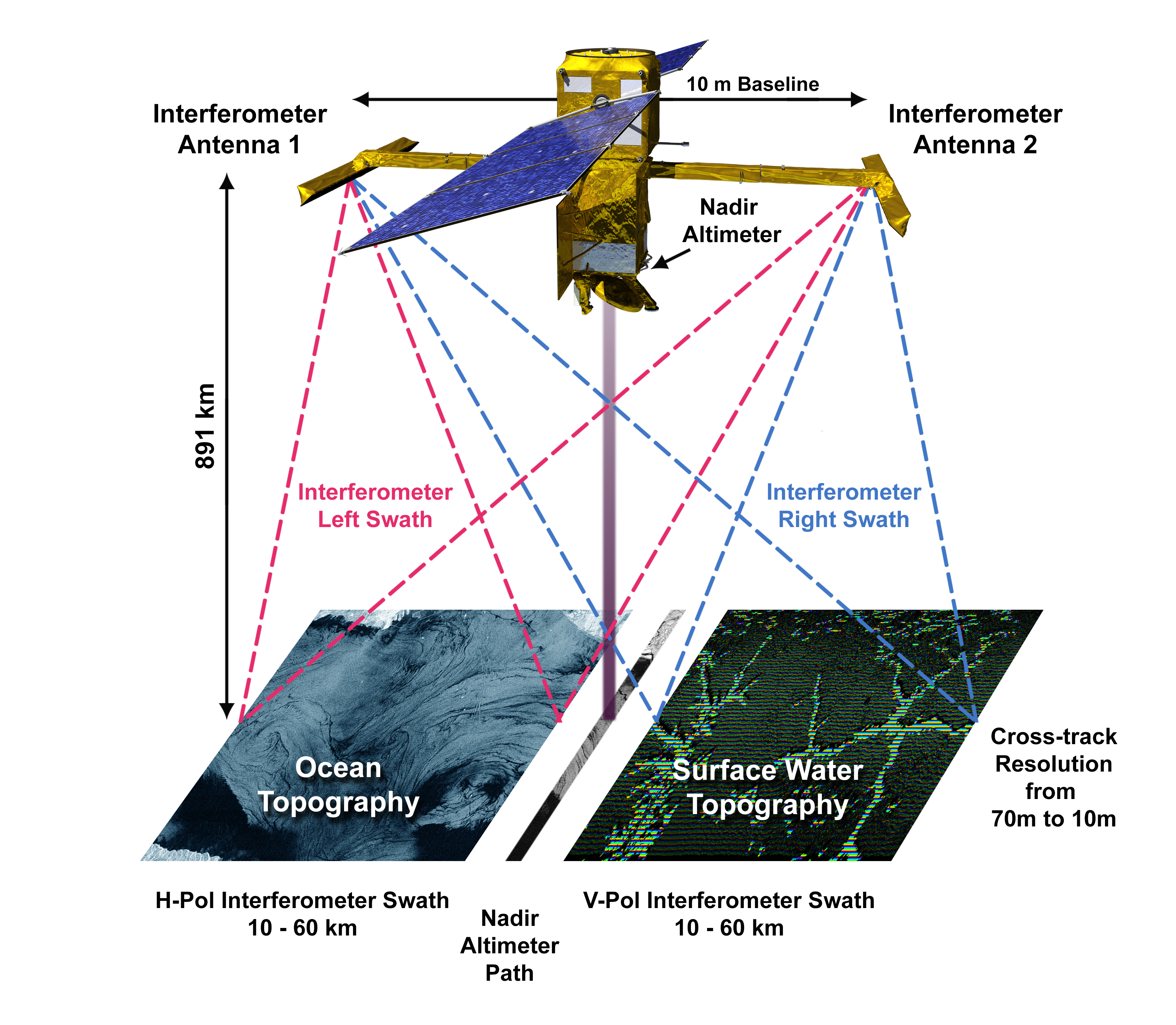
The KaRIn instrument illuminates two parallel tracks of approximately 50 kilometres on either side of a nadir track from a traditional altimeter. The signals are received by two antennas 10 metres apart and are then processed to yield interferometry measurements. Image credit: NASA/JPL-Caltech | + Expand image
This highly accurate 3D view of Earth’s surface water is what makes SWOT so unique and will enable scientists to more closely monitor the dynamics of the water cycle. In addition to observing ocean currents and eddies that will inform our understanding of the ocean’s role in climate change, SWOT's use of interferometry will allow scientists to track volumetric changes in lakes and quantify river flooding, tasks that cannot yet be done on a wide scale in any other way.
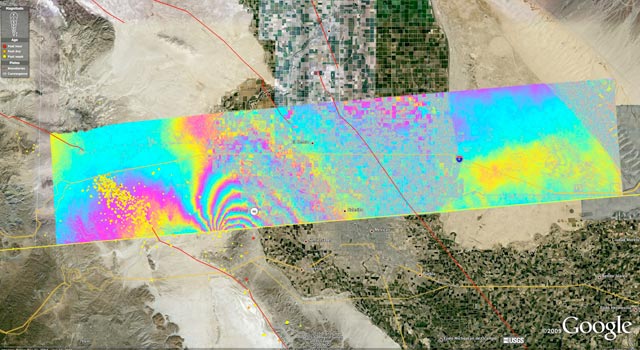
This interferogram was captured by the air-based UAVSAR instrument of the magnitude 7.2 Baja California earthquake of April 4, 2010. The interferogram is overlaid atop a Google Earth image of the region. Image credit: NASA/JPL/USGS/Google | › Learn more
Follow Along
SWOT is scheduled to launch no earlier than Dec. 16, 2022, on a SpaceX Falcon 9 rocket from Vandenberg Space Force Base in California. Tune in to watch the launch on NASA TV.
After launch, the spacecraft will spend 6-months in a calibration and validation phase, during which it will make a full orbit of Earth every day at an altitude of 553 miles (857 kilometers). Upon completion of this phase, SWOT will increase its altitude to 554 miles (891 kilometers) and assume a 21-day repeat orbit for the remainder of its mission.
Visit the mission website to follow along as data are returned and explore the latest news, images, and updates as SWOT provides a new view on one of our planet's most important resources.
Teach It
The SWOT mission is the perfect opportunity to engage students in studying Earth’s water budget and water cycle. Explore these lessons and resources to get students excited about the STEM involved in studying Earth’s water and climate change from space.
Educator Resources
-
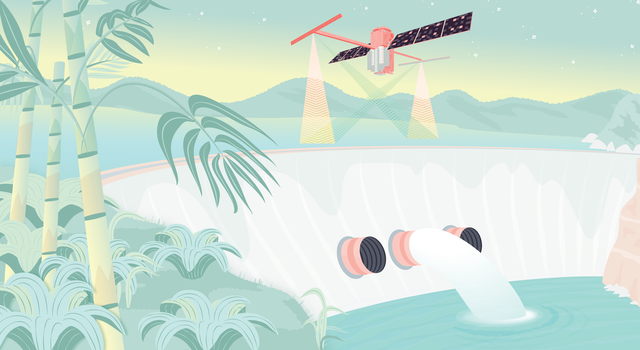 Collection
CollectionSWOT Mission Lessons for Educators
Explore the science and engineering behind the SWOT mission with this collection of standards-aligned lessons all about water.
-
 Collection
CollectionClimate Change Lessons for Educators
Explore a collection of standards-aligned STEM lessons for students that get them investigating climate change along with NASA.
-
 Collection
CollectionTeachable Moments in Climate Change
Explore this collection of Teachable Moments articles to get a primer on the latest NASA Earth science missions, plus find related education resources you can deploy right away!
-
 Expert Talk
Expert TalkTeaching Space With NASA – Monitoring Earth from Space
In this educational talk, NASA experts discuss how we build spacecraft to study climate, then answer audience questions.
Student Activities
-
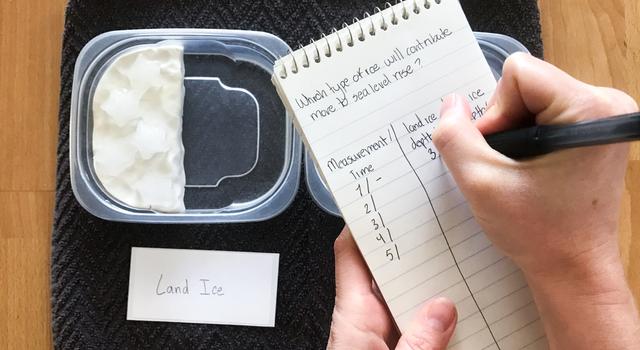 Collection
CollectionSWOT Mission Activities for Students
Explore projects, videos, slideshows, and games for students all about the water cycle and sea level rise.
-
 Collection
CollectionClimate Change Activities for Students
Learn about climate change and its impacts with these projects, videos, and slideshows for students.
-
 Collection
CollectionEarth Minute Video Series
This series of animated white-board videos for students of all ages explains key concepts about Earth science, missions, and climate change.
Explore More
Activities for Kids
- Download: SWOT Launch Bingo
- Video: How Much Water is on Earth?
- Game: Go With the Flow – An Ocean Currents Game
Websites
- SWOT Mission Website
- NASA Climate Change
- NASA Earth Observatory
- NASA Climate Kids
- NASA Sea Level Change
- NASA Cambio Climático en Español
Facts & Figures
Videos
Interactives
Image Gallery
Articles
- Climate articles from NASA
- Ask NASA Climate
- NASA People - Earth
- Water Mission to Gauge Alaskan Rivers on Front Lines of Climate Change
Podcast
TAGS: K-12 Education, Teachers, Educators, Earth Science, Earth, Climate Change, Climate, Satellites, Teachable Moments, Climate TM
Teachable Moments | May 2, 2022
How NASA Plans to Dig Up the Dirt on Climate Change
Learn about the role that dust plays in Earth's climate, why scientists are interested in studying dust from space, and how to engage students in the science with STEM resources from JPL.
A NASA instrument launched to the International Space Station this summer will explore how dust impacts global temperatures, cloud formation, and the health of our oceans. The Earth Surface Mineral Dust Source Investigation, or EMIT, is the first instrument of its kind, designed to collect measurements from space of some of the most arid regions on Earth to understand the composition of soils that generate dust and the larger role dust plays in climate change.
Read on to find out how the instrument works and why scientists are hoping to learn more about the composition of dust. Then, explore how to bring the science into your classroom with related climate lessons that bridge physical sciences with engineering practices.
Why It’s Important
Scientists have long studied the movements of dust. The fact that dust storms can carry tiny particles great distances was reported in the scientific literature nearly two centuries ago by none other than Charles Darwin as he sailed across the Atlantic on the HMS Beagle. What still remains a mystery all these years later is what that dust is made of, how it moves, and how that affects the health of our planet.
For example, we now know that dust deposited on snow speeds up snow melt even more than increased air temperature. That is to say, that dust traveling to cold places can cause increased snow melt.
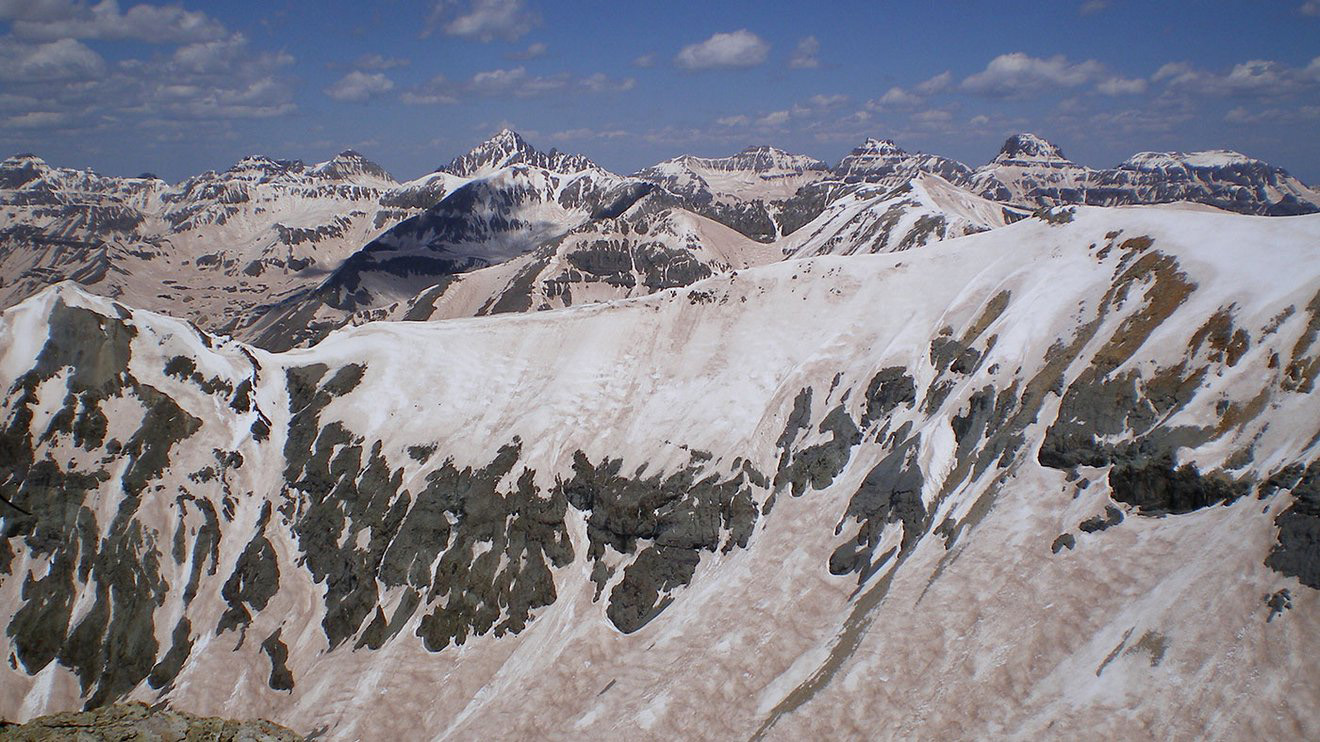
A coating of dust on snow speeds the pace of snowmelt in the spring. Credit: NASA | + Expand image
Dust can affect air temperatures as well. For example, dust with more iron absorbs light and can cause the air to warm, while dust with less iron reflects light and is responsible for local cooling. Iron in dust can also act as a fertilizer for plankton in oceans, supplying them with nutrients needed for growth and reproduction.

A plume of dust is shown emanating from over Alaska's Copper River in October 2016 in these images captured by the Moderate Resolution Imaging Spectroradiometer, or MODIS, instrument on NASA’s Terra and Aqua satellites. Dust storms play a key role in fueling phytoplankton blooms by delivering iron to the Gulf of Alaska. Credit: NASA | › Full image and caption
Floating dust potentially alters the composition of clouds and how quickly or slowly they form, which can ultimately impact weather patterns, including the formation of hurricanes. That’s because clouds need particles to act as seeds around which droplets of moisture in the atmosphere can form. This process of coalescing water particles, called nucleation, is one factor in how clouds form.
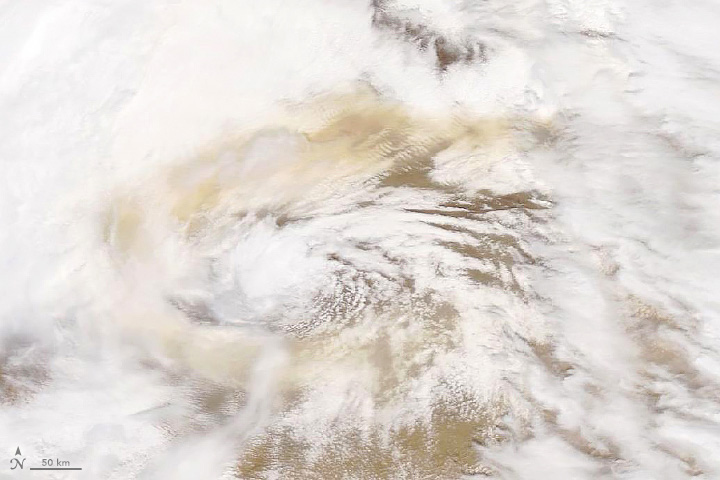
A swirl of dust mixes with the clouds in a low-pressure storm over the Gobi desert between Mongolia and China. This image was captured by the MODIS instrument on the Terra satellite in May 2019. Credit: NASA | › Full image and caption
Thanks to EMIT, we’ll take the first steps in understanding how the movements of dust particles contribute to local and global changes in climate by producing “mineral maps”. These mineral maps will reveal differences in the chemical makeup of dust, providing essential information to help us model the way dust can transform Earth’s climate.
› Learn more about what EMIT will do from JPL News
How It Works
NASA has been exploring how dust moves across the globe by combining on-the-ground field studies with cutting-edge technology.
Dr. Olga Kalashnikova, an aerosol scientist at NASA's Jet Propulsion Laboratory and a co-investigator for EMIT, has been using satellite data to study atmospheric mineral dust for many years, including tracking the movements of dust and investigating trends in the frequency of dust storms.
As Dr. Kalashnikova describes, “From the ground, we can see what types of dusts are lifted into the atmosphere by dust storms on a local scale, but with EMIT, we can understand how they differ and where they originally came from.”
EMIT is the first instrument designed to observe a key part of the mineral dust cycle from space, allowing scientists to track different dust compositions on a global scale, instead of in just one region at a time. To understand dust’s impact on Earth’s climate, scientists will use EMIT to answer key questions, including:
- How does dust uplifted in the atmosphere alter global temperatures?
- What role do dusts play in fertilizing our oceans when they are deposited?
- How do dust particles in the atmosphere affect cloud nucleation; the process by which clouds are ‘seeded’ and begin to coalesce into larger clouds?

The EMIT instrument will fly aboard the International Space Station, which orbits Earth about once every 90 minutes, completing about 16 orbits per day. Credit: NASA | + Expand image
To achieve its objectives, EMIT will spend 12 months collecting what are called “hyperspectral images” of some of the most arid regions of our planet selected by scientists and engineers as areas of high dust mobility, such as Northern Africa, the Middle East, and the American Southwest.
These images are measurements of light reflected from the Earth below, calibrated to the distinct patterns, or spectra, of light we see when certain minerals are present. The EMIT team has identified 10 minerals that are most common, including gypsum, hematite, and kaolinite.
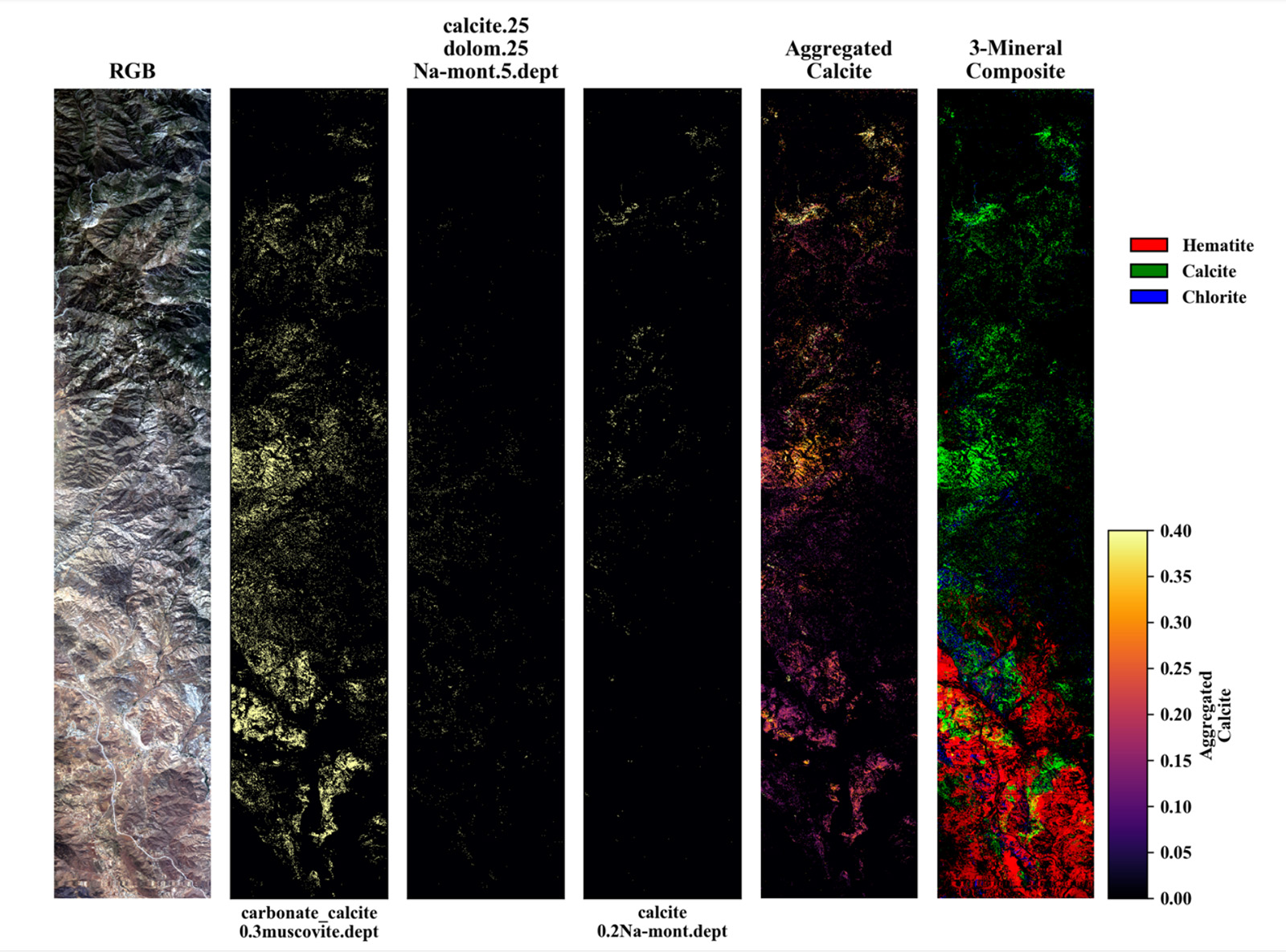
This example spectra shows how scientists will be able to identify different concentrations of minerals and elements in data collected by EMIT. Credit: NASA/JPL-Caltech | + Expand image
Why are these minerals important? One key reason is the presence or absence of the element iron, found in some minerals but not others.
Dr. Bethany Ehlmann is a planetary scientist and co-investigator for the EMIT project at Caltech and explains that when it comes to heating, “a little bit of iron goes a long way.” Iron in minerals absorbs visible and infrared light, meaning that even if only a small amount is present, it will result in a much warmer dust particle. Large amounts of warm dust in our atmosphere may have an impact on temperatures globally since those dust particles radiate heat as they travel, sometimes as far as across oceans!
Collecting images from space is, of course, no easy task, especially when trying to look only at the ground below. Yet it does allow scientists to get a global picture that's not possible to capture from the ground. Field studies allow us to take individual samples from tiny places of interest, but from space, we can scan the entire planet in remote places where no scientist can visit.
Of course, there are some complications in trying to study the light reflected off the surface of Earth, such as interference from clouds. To prevent this problem, the EMIT team plans to collect data at each location several times to ensure that the images aren’t being obscured by clouds between the instrument and the minerals we’re looking for.
The data collected by EMIT will provide a map of the compositions of dust from dry, desert environments all over the world, but the team involved won’t stop there. Knowing more about what the dust is made of sets the stage for a broader understanding of a few more of the complex processes that make up our global climate cycle. Upon completion of this study, EMIT's mineral maps will support further campaigns to complete our global dust picture. For example, NASA hopes to couple the data from EMIT with targeted field campaigns, in which scientists can collect wind-blown dust from the ground to learn more about where dust particles move over time and answer questions about what types of dust are on the go.
Furthermore, missions such as the Multiangle Imager for Aerosols, or MAIA, will allow us to better understand the effects of these dust particles on air-quality and public health.
Teach it
Studying Earth’s climate is a complex puzzle, consisting of many trackable features. These can range from sea level to particles in our atmosphere, but each makes a contribution to measuring the health of our planet. Bring EMIT and NASA Earth Science into your classroom with these lessons, articles, and activities to better understand how we’re exploring climate change.
Educator Guides
-

Ocean World: Earth Globe Toss Game
Students use NASA images and a hands-on activity to compare the amounts of land and surface water on our planet.
Subject Science
Grades K-6
Time Less than 30 mins
-

Modeling the Water Budget
Students use a spreadsheet model to understand droughts and the movement of water in the water cycle.
Subject Science
Grades 5-8
Time 30-60 mins
-
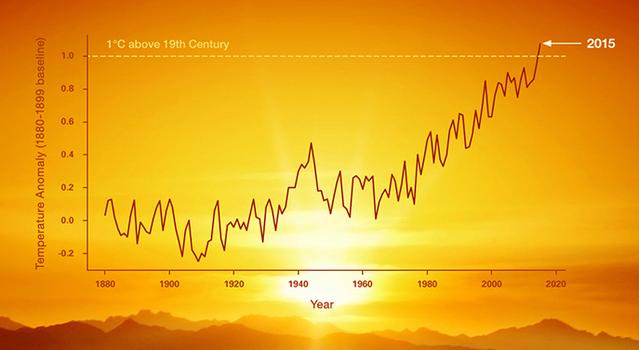
Graphing Global Temperature Trends
Students use global temperature data to create models and compare short-term trends to long-term trends.
Subject Math
Grades 5-12
Time 1-2 hrs
-

Using Light to Study Planets
Students build a spectrometer using basic materials as a model for how NASA uses spectroscopy to determine the nature of elements found on Earth and other planets.
Subject Science
Grades 6-11
Time > 2 hrs
-

Cloud Computing: A 'Pi in the Sky' Math Challenge
In this illustrated math problem, students use pi to calculate how much water could be contained within a cloud.
Subject Math
Grades 6-12
Time Less than 30 mins
-
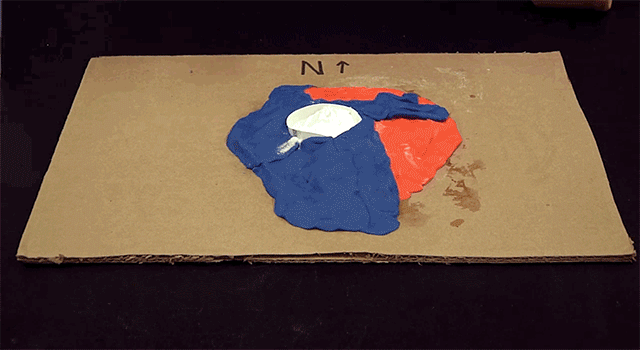
More Earth Science Lessons for Educators
Explore a collection of standards-aligned STEM lessons for students that get them investigating Earth science along with NASA.
Student Activities
-

The Types of Clouds and What They Mean
Learn about cloud types and how they form. Then help NASA scientists studying clouds.
Subject Science
Grades K-3
Time 30-60 mins
-

Make a Cloud in a Bottle
Have you ever wondered how clouds form? In this activity, you can make your own cloud to see for yourself!
Subject Science
Grades 4-12
Time < 30 mins
-

Video Series: NASA's Earth Minute
Learn about the science behind climate change and the NASA missions studying it in these short videos.
Subject Science
Grades 2-12
Time < 30 mins
-
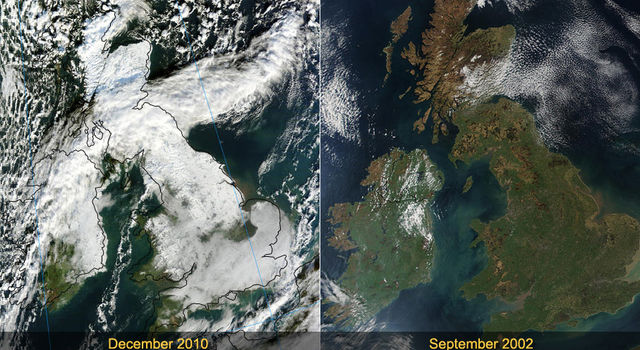
The Change of Seasons: Views from Space
See how seasonal changes affect our planet.
Subject Science
Grades 2-12
Time < 30 mins
-

More Earth Science Activities for Students
Explore Earth science with these projects, videos, and slideshows for students.
Articles
-
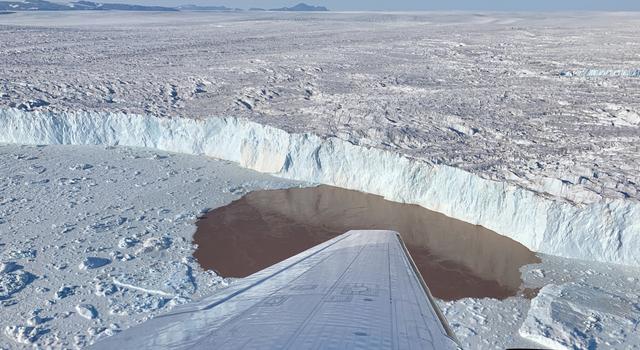 Teachable Moments
Teachable MomentsReflecting On Greenland’s Melting Glaciers as OMG Mission Concludes
Explore how the OMG mission discovered more about what's behind one of the largest contributors to global sea level rise.
-
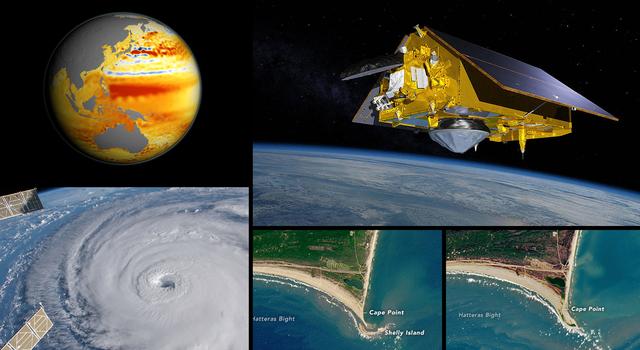 Teachable Moments
Teachable MomentsEarth Satellite Joins NASA Fleet to Monitor Sea Level, Improve Weather Forecasts
Learn about the mission and find out how to make classroom connections to NASA Earth science – plus explore related teaching and learning resources.
-
 Teachable Moments
Teachable MomentsClimate Change Collection
Explore this collection of Teachable Moments articles to get a primer on the latest NASA Earth science missions, plus find related education resources you can deploy right away!
Websites
- NASA Climate Change
- NASA Earth Observatory - Images of Dust and Haze
- NASA Climate Kids
- Recursos En Español: NASA Climate Change
TAGS: Earth, climate, geology, weather, EMIT, Teachers, Classroom, Lessons, Earth Science, Climate Change, Dust, Global Warming, Educators, K-12, Teachable Moments, Climate TM
Meet JPL Interns | March 22, 2022
The JPL Interns Protecting Earth's Future
We went behind the scenes with three interns on NASA’s Earth System Observatory team to learn how they're devoting their future careers to putting our planet first.
Leave it to the interns at NASA's Jet Propulsion Laboratory to school the full-timers. Case in point: JPL intern Joalda Morancy knows exactly how to explain—in bite-sized, plain English—NASA’s latest multi-missioned initiative to study our home planet.
“The Earth System Observatory aims to tackle one of the biggest issues we’re facing today—climate change,” they say of NASA's ESO. “We need to have multiple missions that look at the Earth system as a whole in order to tackle the issue of climate change in the next couple of decades.”
The observatory will be made up of an array of satellites, instruments, and missions to form a well-rounded collection of observations meant to offer crucial and precise measurements of our environment. As NASA puts it: “Taken together, as a single observatory, we will have a holistic, 3-dimensional understanding of our Earth’s systems—how they work together, how one change can influence another.”
While the ESO is in its early stages, it’s a crucial time for interns to be involved, as their generation will most likely face the most pressing challenges resulting from climate change. We spoke to three JPL interns getting first-hand experience with the observatory's missions and projects to learn why, to them, Earth is the most important planet to study right now.
Joalda Morancy

Image courtesy: Joalda Morancy | + Expand image
Morancy first became fascinated by space exploration in high school thanks to a YouTube video on how to make a peanut butter and honey sandwich in space.
“I love telling that story,” Morancy says with a laugh. “It was so random, and I was so intrigued. I watched the entire video and thought, ‘This is amazing.’ I did a lot more research about what NASA does and that was my gateway to space.”
Flash forward a few years to college at the University of Chicago, where Morancy discovered there was one planet in particular that really captured their attention: Earth.
“I was initially interested in space exploration, and while [majoring in] astrophysics, I took a class on what makes a planet habitable,” they recall. “It taught me everything about basic Earth sciences and how that ties into Earth and the big picture of how a habitable environment operates.”
Morancy found it so interesting and—combined with their growing alarm about climate change—wanted a hand in studying how to preserve our planet. So Morancy took more classes in geophysics and geophysical sciences, including courses on atmosphere, glaciology, and physical geology.
“I wanted to give myself the foundational knowledge,” Morancy says. “And right after that, I started at JPL.”
They had originally searched JPL’s careers site for internships with the Perseverance Mars rover mission but noticed an opening with the Earth Science team.
“I didn’t know JPL did Earth science; I thought it was mostly Mars and robotic exploration,” they say. “When I saw that opening, I knew it was the perfect opportunity for me to learn more about Earth.”
For the past year-and-a-half, Morancy has worked on ECOSTRESS, an ESO-related experiment aboard the International Space Station designed to measure water stress among plants. Now, they are interning with the ESO successor to ECOSTRESS, the Surface Biology and Geology, or SBG, mission.
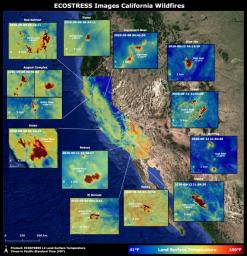
A graphic developed by Morancy during their internship with the ECOSTRESS mission shows the land surface temperatures at different locations throughout California. Image credit: NASA/JPL-Caltech | › Full image and caption
“I help with a lot of project management since SBG is in its early stages,” they say. “A lot of things are starting to cook up, and a lot of engineers and scientists are being onboarded to the team. I’m working with the team to help onboard, and I’m also helping with the science instruments for SBG.”
The magnitude of being part of SBG and the observatory team in their early stages is not lost on Morancy.
“I really believe it will have a long-lasting impact on how we look at climate change and how we target those specific issues to fix,” they say. “It'll be a major driver for future researchers and scientists.”
While Morancy hopes to combine Earth sciences and space exploration for their future career, they’re invested in studying our blue planet for the long run.
“I think Earth science is incredibly important because this is our only home,” they say. “Even though people are looking to settle on Mars and other celestial bodies ... I think it’s important to take care of this rock we’ve been given to live on. It’s crucial to make sure we take care of it for future generations.”
Rebecca Gustine
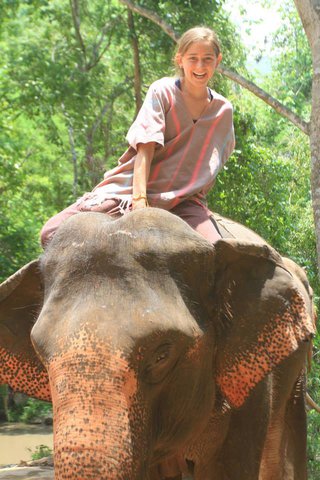
Image courtesy: Rebecca Gustine | + Expand image
When Rebecca Gustine studied abroad in Thailand during her junior year of college, she didn’t realize it would alter the course of her studies and her future career path.
“I had a lightbulb moment realizing how human development and access to water go hand in hand,” she says.
Gustine went on to Washington State University, where she is now a Ph.D. student studying civil engineering with a focus on water resources engineering.
“A lot of my undergraduate research had to do with water,” she explains. “It was from a global health perspective and had to do with access to clean water, hygiene, and gender dynamics in developing countries. I also really like math and physics, so combining global health with water resources engineering was very interesting.”
Gustine was so fascinated by water research, she knew she wanted to find an internship that would let her focus on just that. When she saw an open call for internships at JPL, she submitted her resume and was contacted by Gregory Halverson and Christine Lee, JPL scientists focused on using remote sensing measurements to study water quality, water resources, and ecosystems management.
Gustine started at JPL as an intern in August 2020, supporting the Earth science team by looking at how ECOSTRESS data could be used to preserve habitats in the California Bay Delta system, where the Sacramento and the San Joaquin Rivers meet. For the past year, she has focused on processing remote-sensing data and engaging with stakeholders. She was even first-author on a peer-reviewed paper.
“My work is basically using pictures [taken] from the sky that tell us information about the Earth and then making decisions about how to manage water resources and protect critical habitats,” she says.
Gustine is also well aware that her research comes at a pivotal time in the global conversation around Earth’s future.
“Given that climate change is having a profound impact on human and natural systems, we have to understand those changes and protect critical habitats and resources for the well-being of humans everywhere,” she says. “Changes in one component of a system can have cascading consequences for other parts of the system.”
While she works alongside others exploring the mysteries of worlds beyond Earth, Gustine is particularly proud to be part of pioneering research that could alter the future of our planet.
“Observing Earth is still space exploration, just from a different vantage point,” she says. “Given that NASA is the major proprietor of space, to look back at Earth using the same technology we use to go farther into space is important.”
Jonathan Vellanoweth
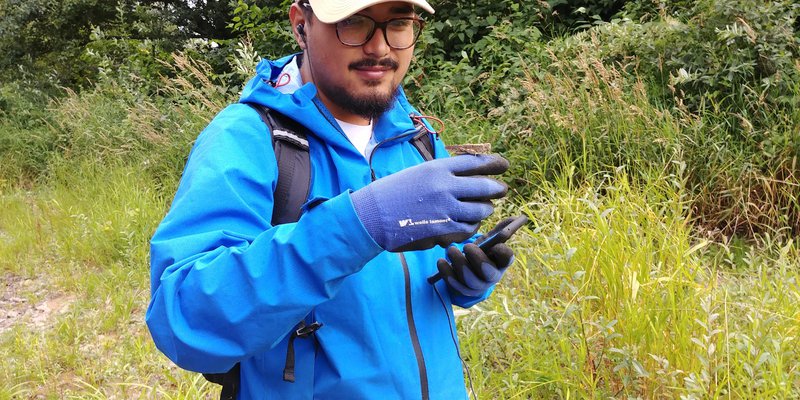
Image courtesy: Jonathan Vellanoweth | + Expand image
What will be the future, long-term impacts of power plants on our environment? Jonathan Vellanoweth is spending his time as a JPL intern working with a team to try to help answer that very question.
Vellanoweth is a student at Cal State University, Los Angeles, where he’s earning his master’s degree in environmental science with an emphasis in geospatial science. In his internship with the Surface Biology and Geology team at JPL, he's using data and satellite imagery from ECOSTRESS and the Landsat mission to detect thermal plumes emitted by power plants.
Vellanoweth’s work currently focuses on the Diablo Canyon Power Plant in San Luis Obispo, California.
“We’re looking at power plants that intake coastal waters to cool their reactors, then discharge it at a higher temperature back into the same water body,” he explains. “I’m using satellite imagery to detect that thermal change and outline the area of what is classified as a plume, or anywhere thermal discharge is heating up the ocean or the coast. We can see where this plume is moving over the year or several seasons, and other studies can use this data to see what the actual effects are on coastal communities.”
Vellanoweth has been fascinated by Earth science since as early as 7th grade, when he took his first environmental science class where he learned all about the scientific method and later went out into nature to collect soil samples and study them.
As a JPL intern, Vellanoweth has been particularly grateful for the variety of knowledge his colleagues provide him.
“The amount of support that you have from all these great scientists that work here is really what attracted me,” he says. “You can intern for a lot of places, but at JPL, you have all these colleagues you can meet with who have a lot of feedback they can give you. There are people on your team studying similar and dissimilar things as you, so they can provide you with something you might not have thought about and help expand your research.”
Most importantly, Vellanoweth is looking forward to the information everyone will have access to in the future thanks to the efforts of all the missions and projects within the Earth Science Observatory.
“I’m excited about getting things out there and making them accessible to the public. I’m really big on that because there are a lot of people who want to do this kind of research, but a lot of times, it can be hard to find the data or algorithm you need, and it’s a lot of trial and error,” he says. “SBG and ESO bring all of these things together and make it available for everyone.”
The laboratory’s STEM internship and fellowship programs are managed by the JPL Education Office. Extending the NASA Office of STEM Engagement’s reach, JPL Education seeks to create the next generation of scientists, engineers, technologists and space explorers by supporting educators and bringing the excitement of NASA missions and science to learners of all ages.
Career opportunities in STEM and beyond can be found online at jpl.jobs. Learn more about careers and life at JPL on LinkedIn and by following @nasajplcareers on Instagram.
TAGS: Interns, Colleges, Universities, Students, Higher Education, Internships, Student Programs, Year-Round Internship Program, Summer Internship Program, Earth Science, Earth, Climate Change, Earth System Observatory
Teachable Moments | November 18, 2020
Earth Satellite Joins NASA Fleet to Monitor Sea Level, Improve Weather Forecasts
Learn about the mission and find out how to make classroom connections to NASA Earth science – plus explore related teaching and learning resources.
In the News
A new spacecraft that will collect vital sea-surface measurements for better understanding climate change and improving weather predictions is joining the fleet of Earth science satellites monitoring our changing planet from space. A U.S.-European partnership, the Sentinel-6 Michael Freilich satellite continues a long tradition of collecting scientific data from Earth orbit. It’s named in honor of NASA’s former Earth Science Division director and a leading advocate for ocean measurements from space.
Read on to find out how the mission will measure sea-surface height for the next 10 years and provide atmospheric data to help better predict weather. Plus, find out how to watch the launch online and explore related teaching resources to bring NASA Earth science into the classroom and incorporate sea level data into your instruction.
How It Works
The Sentinel-6 Michael Freilich satellite is designed to measure sea-surface height and improve weather predictions. Once in orbit, it will be able to measure sea-surface height – with accuracy down to the centimeter – over 90% of the world’s oceans every 10 days. It will do this using a suite of onboard science tools, or instruments.
To measure sea-surface height, a radar altimeter will send a pulse of microwave energy to the ocean’s surface and record how long it takes for the energy to return. The time it takes for the signal to return varies depending on the height of the ocean – a higher ocean surface results in a shorter return time, while a lower ocean surface results in a longer return time. A microwave radiometer will measure delays that take place as the signal travels through the atmosphere to correct for this effect and provide an even more precise measurement of sea-surface height.

This animation shows the radar pulse from the Sentinel-6 Michael Freilich satellite's altimeter bouncing off the sea surface in order to measure the height of the ocean. Image credit: NASA/JPL-Caltech | + Expand image
To measure atmospheric data, Sentinel-6 Michael Freilich is equipped with the Global Navigation Satellite System - Radio Occultation, or GNSS-RO, instrument, which will measure signals from GPS satellites – the same ones you use to navigate on Earth. As these satellites move below or rise above the horizon from Sentinel-6 Michael Freilich's perspective, their signals slow down, change frequency and bend as a result of the phenomenon known as refraction. Scientists can use these changes in the GPS signal to measure small shifts in temperature, moisture content, and density in the atmosphere. These measurements can help meteorologists improve weather forecasts.
Why It's Important
Scientists from around the world have been collecting sea level measurements for more than a century. The data – gathered from tide gauges, sediment cores, and space satellites – paint a clear picture: sea level is rising. Looking at the average height of the sea across the planet, we see that in the last 25 years global sea level has been rising an average of 0.13 inches (3.3 mm) per year. This average is increasing each year (in the 2000s, it was 0.12 inches, or 3.0 mm, per year) as is the rate at which it’s increasing. That means that sea level is rising, and it’s rising faster and faster. Since 1880, global sea level has risen more than eight inches (20 cm). By 2100, it is projected to rise another one to four feet (30 to 122 cm).
This satellite data show the change in Earth's global sea level since 1993. Roll over the chart to see the various data points. For more Earth vital signs, visit NASA's Global Climate Change website
Measuring sea level from space provides scientists with global measurements of Earth’s oceans in a matter of days, including areas far from shore where measurements aren’t practical or possible. Starting in 1992 with the launch of the TOPEX/Poseidon mission, the record of sea level measurements from space has continued uninterrupted, providing an increasingly detailed picture of Earth’s rising seas. The Sentinel-6 Michael Freilich satellite – and its twin, which will launch in 2025 – will extend those measurements to 2030, allowing scientists to continue collecting vital information about Earth’s changing oceans and climate.
Unlike previous satellites that measured sea level, Sentinel-6 Michael Freilich has the capability to measure sea level variations more accurately near coastlines, giving scientists insight into changes that can have direct impacts on communities and livelihoods, such as commercial fishing and ship navigation.
This playlist for students and teachers features explainers about the causes and effects of sea level rise and how NASA is studying our changing planet – plus related STEM activities and experiments for students. | Watch on YouTube
With rising seas already impacting people and communities, it's important to understand not just how much seas are rising, but also where and how quickly they are rising. Data from instruments on Sentinel-6 Michael Freilich can be combined with data from other satellites to get a clearer picture of what's contributing to sea level rise and where. For example, by looking at the satellite's radar altimeter measurements along with gravity measurements from the GRACE-FO mission, scientists can better determine how melting ice and thermal expansion are contributing to sea level rise. And by tracking the movement of warm water (which stands taller than cold water), scientists can better predict the rapid expansion of hurricanes.
Watch the Launch
Scheduled to launch at 9:17 a.m. PST (12:17 p.m. EST) on November 21, Sentinel-6 Michael Freilich will launch atop a SpaceX Falcon 9 rocket from Vandenberg Air Force Base in California.
Watch a live broadcast of the launch from the Vandenberg Air Force Base on NASA TV and the agency’s website. Visit the Sentinel-6 Michael Freilich website to explore more news about the mission. Follow launch updates on NASA's Twitter, Facebook and Instagram accounts.
Teach It
Make classroom connections to NASA Earth science with lessons about rising seas, thermal expansion and ice melt, data collection and graphing, and engineering. Plus explore independent activities and experiments students can do at home, video playlists, and more:
-

Lesson Collection for Educators
Explore these standards-aligned STEM lessons about launches, Earth satellites, and sea level rise to make classroom connections to the Sentinel-6 Michael Freilich mission.
Grades K-12
Time Varies
-
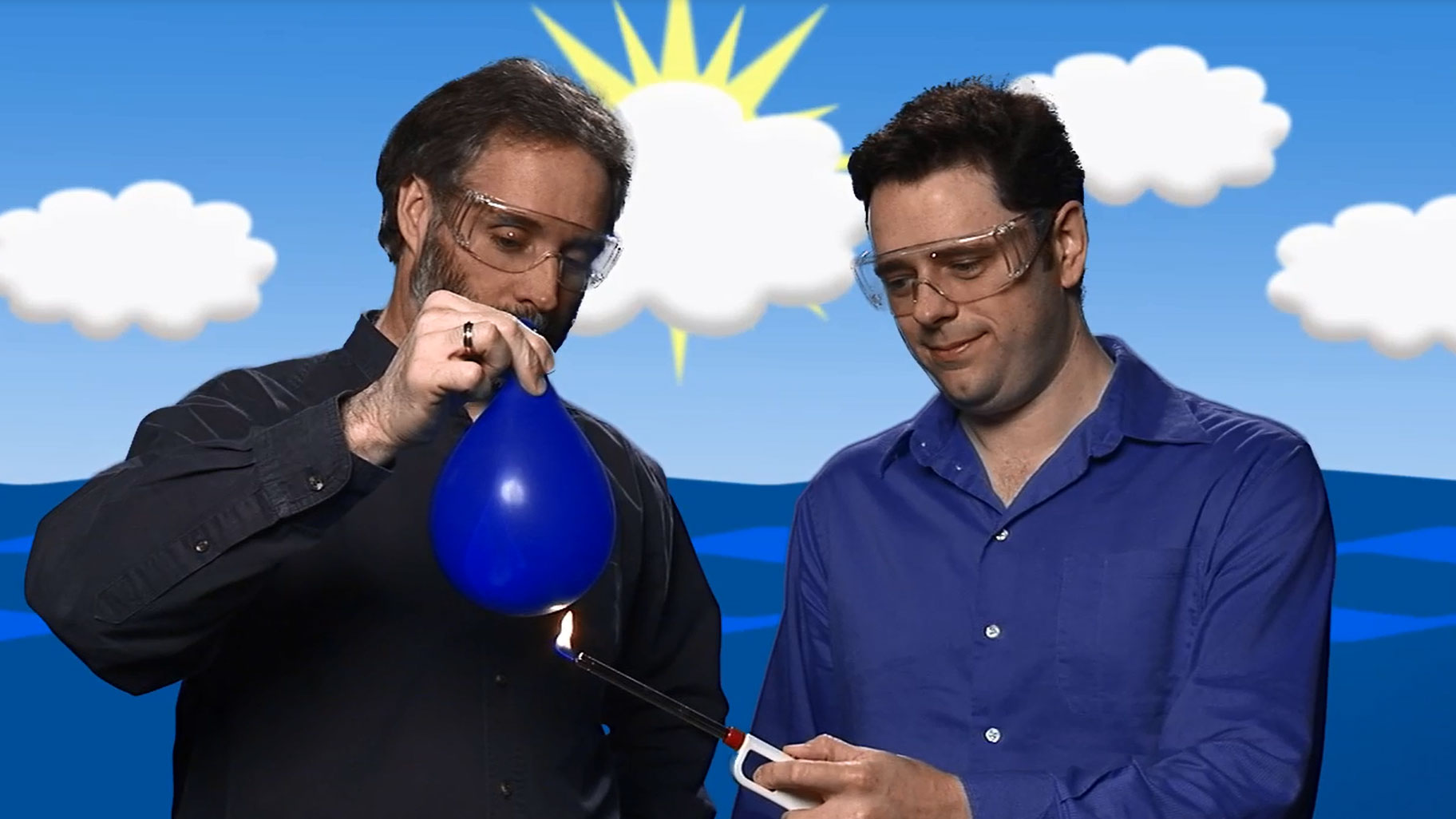
Learn With NASA – YouTube Playlist
This YouTube playlist for students and teachers features explainers about the causes and effects of sea level rise and how NASA is studying our changing planet – plus related STEM activities and experiments for students.
-
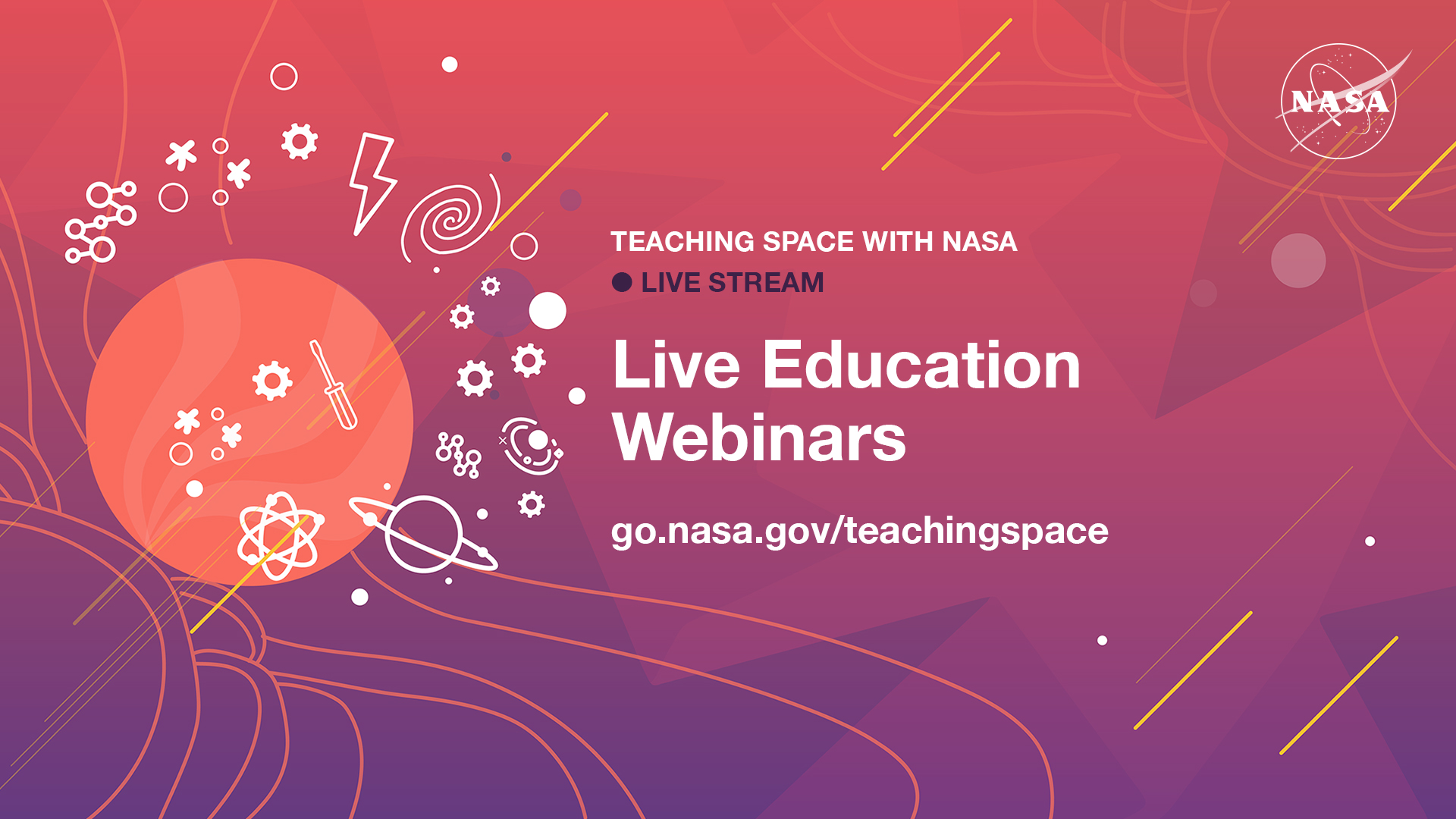
Teaching Space With NASA
Watch education webinars featuring NASA experts and education specialists talking about Earth science and more, explore related resources, and register to participate in an upcoming live Q&A.
-

Teachable Moments: The Science of Earth's Rising Seas
How do we know sea-level rise is happening and what’s causing it? Learn about the NASA satellites studying the problem and get students exploring the data through math.
-

Teachable Moments: NASA's Eyes on Extreme Weather
Learn about the causes and effects of extreme weather including hurricanes, floods, droughts and wildfires, plus how NASA studies them.
-

Activities for Students
Get students engaged in science and engineering related to the Sentinel-6 Michael Freilich mission with these videos and independent activities.
Type Varies
Subject Varies
-
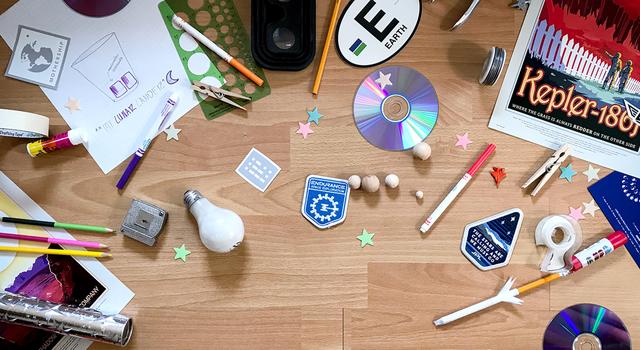
Learning Space With NASA at Home
Explore Earth and space science activities students can do with NASA at home, watch live stream events and video tutorials, plus explore tips for home-based learning!
Explore More
- Press Kit: Sentinel-6 Michael Freilich
- Website: Sentinel-6 Michael Freilich
- Article: Meet the People Behind the Sentinel-6 Michael Freilich Spacecraft
- Article: 5 Things to Know About Sentinel-6 Michael Freilich
- Website: NASA Climate Change
- Website: Sea Level Science
- Website: NASA Climate Kids
- Article for Kids: How Do We Measure Sea Level?
- Interactive: Explore Earth Now
- Facts & Figures: Climate Change - Evidence
- Gallery: Images of Change
- Podcast: On a Mission
- Multimedia: NASA climate images, videos, and graphics
- Social Media: List of NASA social media channels
- Events: NASA Live
Recursos en Español
TAGS: Teachable Moments, Educators, Teachers, Parents, K-12 Education, Launch, Mission, Earth, Satellite, Earth Science, Climate Change, Sentinel-6 Michael Freilich, Sea Level, Sea Level Rise, Climate TM
Teachable Moments | September 14, 2020
The Science of Wildfires
Update: Sept. 14, 2020 – This feature, originally published on Aug. 23, 2016, has been updated to include information on the 2020 fires and current fire research.
In the News
Once again, it’s fire season in the western United States with many citizens finding themselves shrouded in wildfire smoke. Late summer in the West brings heat, low humidity, and wind – optimal conditions for fire. These critical conditions have resulted in the August Complex Fire, the largest fire in California's recorded history. Burning concurrently in California are numerous other wildfires, including the SCU Lightning Complex fire, the third-largest in California history.
Fueled by high temperatures, low humidity, high winds, and years of vegetation-drying drought, more than 7,700 fires have engulfed over 3 million acres across California already this year. And the traditional fire season – the time of year when fires are more likely to start, spread, and consume resources – has only just begun.
Because of their prevalence and effects on a wide population, wildfires will remain a seasonal teachable moment for decades to come. Keep reading to find out how NASA studies wildfires and their effects on climate and communities. Plus, explore lessons to help students learn more about fires and their impacts.
How It Works
With wildfires starting earlier in the year and continuing to ignite throughout all seasons, fire season is now a year-round affair not just in California, but also around the world. In fact, the U.S. Forest Service found that fire seasons have grown longer in 25 percent of Earth's vegetation-covered areas.

This animation shows how FireSat would use a network of satellites around the Earth to detect fires faster than ever before. | + Expand image
For NASA's Jet Propulsion Laboratory, which is located in Southern California, the fires cropping up near and far are a constant reminder that its efforts to study wildfires around the world from space, the air, and on the ground are as important as ever.
JPL uses a suite of Earth satellites and airborne instruments to help better understand fires and aide in fire management and mitigation. By looking at multiple images and types of data from these instruments, scientists compare what a region looked like before, during, and after a fire, as well as how long the area takes to recover.
While the fire is burning, scientists watch its behavior from an aerial perspective to get a big-picture view of the fire itself and the air pollution it is generating in the form of smoke filled with carbon monoxide and carbon dioxide.
Natasha Stavros, a wildfire expert at JPL, joined Zach Tane with the U.S. Forest Service during a Facebook Live event to discuss some of these technologies and how they're used to understand wildfire behavior and improve wildfire recovery.
Additionally, JPL worked with a startup in San Francisco called Quadra Pi R2E to develop FireSat, a global network of satellites designed to detect wildfires and alert firefighting crews faster.
Using these technologies, NASA scientists are gaining a broader understanding of fires and their impacts.
Why It's Important
One of the ways we often hear wildfires classified is by how much area they have burned. Though this is certainly of some importance, of greater significance to fire scientists is the severity of the fire. Wildfires are classified as burning at different levels of severity: low, medium, and high. Severity is a function of intensity, or how hot the fire was, and its spread rate, or the speed at which it travels. A high-severity fire is going to do some real damage. (Severity is measured by the damage left after the fire, but can be estimated during a fire event by calculating spread rate and measuring flame height which indicates intensity.)
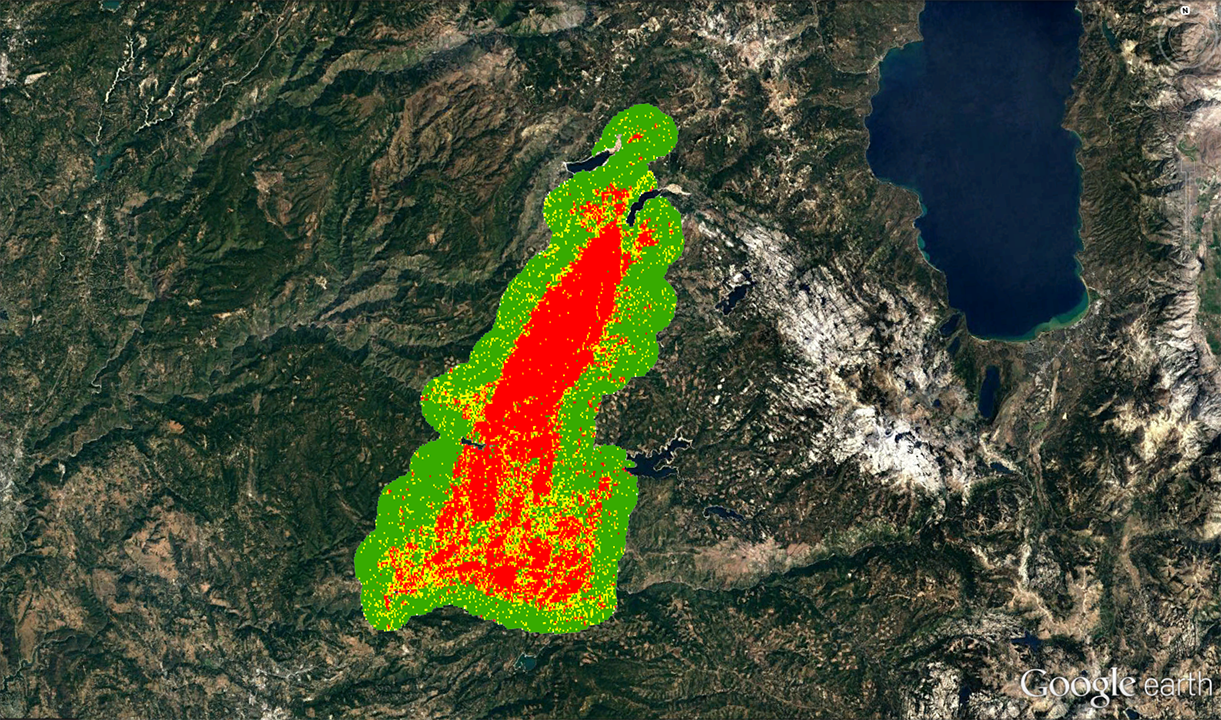
The impacts of wildfires range from the immediate and tangible to the delayed and less obvious. The potential for loss of life, property, and natural areas is one of the first threats that wildfires pose. From a financial standpoint, fires can lead to a downturn in local economies due to loss of tourism and business, high costs related to infrastructure restoration, and impacts to federal and state budgets.
The release of greenhouse gases like carbon dioxide and carbon monoxide is also an important consideration when thinking about the impacts of wildfires. Using NASA satellite data, researchers at the University of California, Berkeley, determined that between 2001 and 2010, California wildfires emitted about 46 million tons of carbon, around five to seven percent of all carbon emitted by the state during that time period.

In California and the western United States, longer fire seasons are linked to changes in spring rains, vapor pressure, and snowmelt – all of which have been connected to climate change. Wildfires serve as a climate feedback loop, meaning certain effects of wildfires – the release of CO2 and CO – contribute to climate change, thereby enhancing the factors that contribute to longer and stronger fire seasons.
While this may seem like a grim outlook, it’s worth noting that California forests still act as carbon sinks – natural environments that are capable of absorbing carbon dioxide from the atmosphere. In certain parts of the state, each hectare of redwood forest is able to store the annual greenhouse gas output of 500 Americans.
Studying and managing wildfires is important for maintaining resources, protecting people, properties, and ecosystems, and reducing air pollution, which is why JPL, NASA, and other agencies are continuing their study of these threats and developing technologies to better understand them.
Teach It
Have your students try their hands at solving some of the same fire-science problems that NASA scientists do with these two lessons that get students in grades 3 through 12 using NASA data, algebra, and geometry to approximate burn areas, fire-spread rate and fire intensity:
-

Fired Up Over Math: Studying Wildfires from Space
Students learn how scientists assess wildfires using remote sensing and solve related math problems, appropriate for various grade levels.
Grades 3-12
Time 30 mins - 1 hr
-
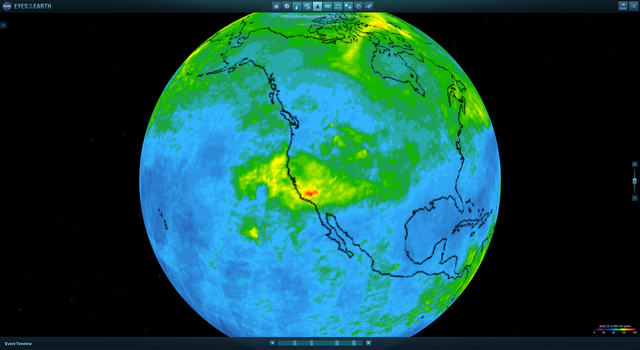
Pixels on Fire
Students use mobile devices and computers to learn about remote sensing and satellite data to determine when and where wildfires have started.
Grades 4-8
Time 30 mins - 1 hr
Explore More
- Wildfire Images from NASA Earth Observatory
- NASA/JPL FireSat Press Release
- SciJinks: Can Meteorologists Help Fight Wildfires?
- Soberanes Fire: Image Captured by NASA's Terra Spacecraft
- Let's Clear the Air: The Danger of Forest Fire Smoke to Firefighters
- NASA Climate Change News: "Local Winds Play a Key Role in Some Megafires
- NASA Climate Change News: "Studying Weather to Help See the Likelihood of Fires"
Lyle Tavernier contributed to this feature.
TAGS: teachable moments, wildfires, science, Earth Science, Earth, Climate Change, Climate TM
Meet JPL Interns | July 23, 2020
JPL Interns Are Working From Home While 'Going the Distance' for Space Exploration
Most years, summertime at NASA's Jet Propulsion Laboratory arrives with an influx of more than 800 interns, raring to play a hands-on role in exploring Earth and space with robotic spacecraft.
Perhaps as exciting as adding NASA to their resumes and working alongside the scientists and engineers they have long admired is the chance to explore the laboratory's smorgasbord of science labs, spacecraft assembly facilities, space simulators, the historic mission control center and a place called the Mars Yard, where engineers test drive Mars rovers.
But this year, as the summer internship season approached with most of JPL's more than 6,000 employees still on mandatory telework, the laboratory – and the students who were offered internships at the Southern California center – had a decision to make.
"We asked the students and the mentors [the employees bringing them in] whether their projects could still be achieved remotely and provide the educational component we consider to be so crucial to these experiences," said Adrian Ponce, deputy section manager of JPL's Education Office, which runs the laboratory's STEM internship programs.
The answer was a resounding yes, which meant the laboratory had just a matter of weeks to create virtual alternatives for every aspect of the internship experience, from accessing specialized software for studying Earth and planetary science to testing and fine-tuning the movements of spacecraft in development and preparing others for launch to attending enrichment activities like science talks and team building events.
“We were able to transition almost all of the interns to aspects of their projects that are telework-compatible. Others agreed to a future start date,” said Ponce, adding that just 2% of the students offered internships declined to proceed or had their projects canceled.
Now, JPL's 600-plus summer interns – some who were part-way through internships when the stay-at-home orders went into effect, others who are returning and many who are first-timers – are getting an extended lesson in the against-the-odds attitude on which the laboratory prides itself.
We wanted to hear about their experiences as JPL's first class of remote interns. What are their routines and home offices like in cities across the country? How have their teams adapted to building spacecraft and doing science remotely? Read a collection of their responses below to learn how JPL interns are finding ways to persevere, whether it's using their engineering skills to fashion homemade desks, getting accustomed to testing spacecraft from 2,000 miles away or working alongside siblings, kids, and pets.
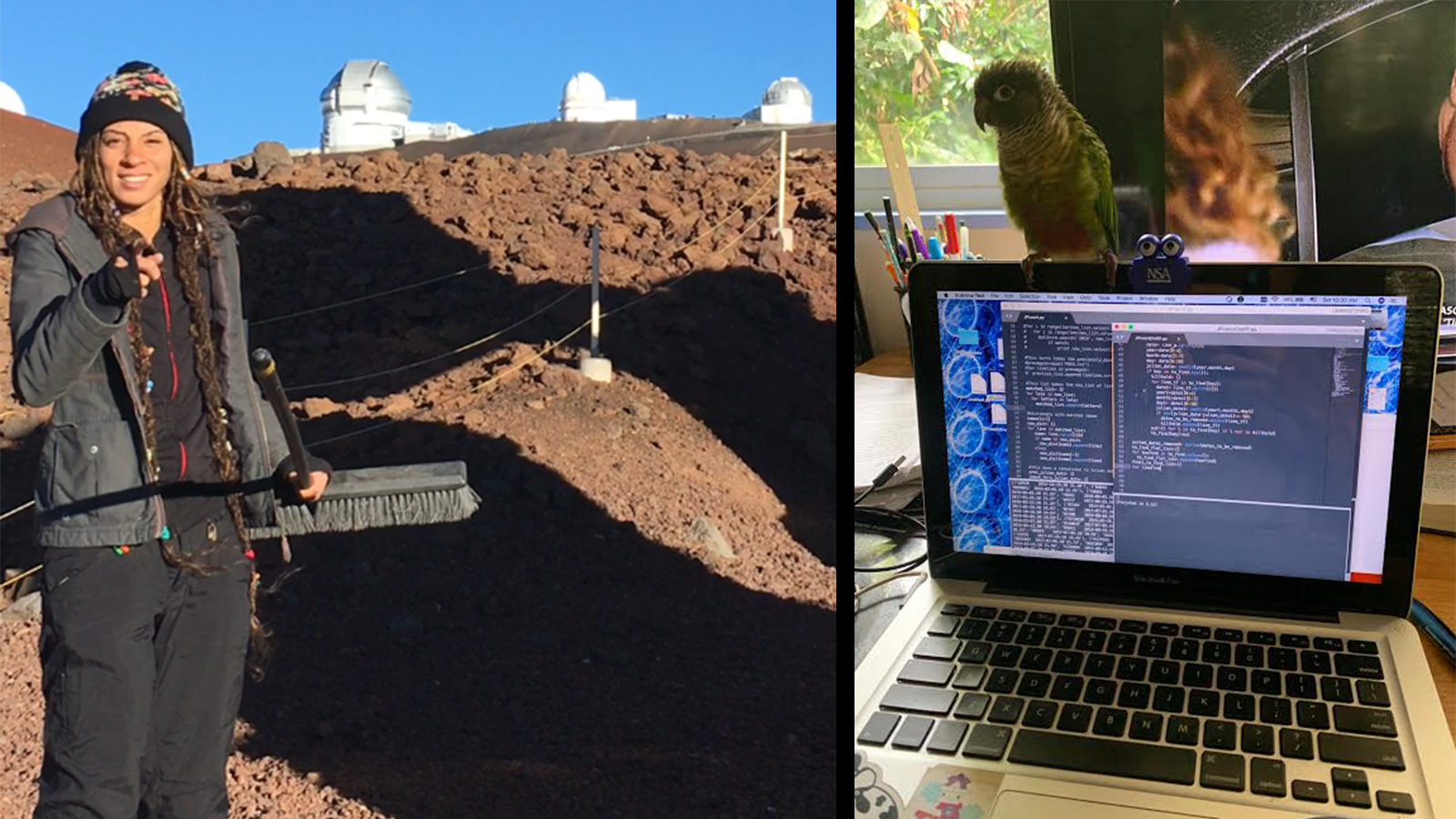
Courtesy of Jennifer Bragg | + Expand image
"I am working with an astronomer on the NEOWISE project, which is an automated system that detects near-Earth objects, such as asteroids. The goal of my project is to identify any objects missed by the automated system and use modeling to learn more about their characteristics. My average day consists of writing scripts in Python to manipulate the NEOWISE data and visually vet that the objects in the images are asteroids and not noise or stars.
My office setup consists of a table with scattered books, papers, and pencils, a laptop, television, a child in the background asking a million questions while I work, and a bird on my shoulder that watches me at times."
– Jennifer Bragg will be studying optics at the University of Arizona as an incoming graduate student starting this August. She is completing her summer internship from Pahoa, Hawaii.

Courtesy of Radina Yanakieva | + Expand image
"I'm helping support the Perseverance Mars rover launch this summer. So far, I have been working remotely, but I'm lucky enough to have the opportunity to go to Pasadena, California, in late July to support the launch from JPL! On launch day, I will be in the testbed, where myself and a few other members of my group will be 'shadowing' the spacecraft. This means that when operators send their commands to the actual spacecraft, when it’s on the launch pad and during its first day or so in space, we'll send the same instructions to the test-bed version. This way, if anything goes wrong, we'll have a high-fidelity simulation ready for debugging.
I have a desk in my bedroom, so my office setup is decent enough. I bought a little whiteboard to write myself notes. As for my average working day, it really depends on what I'm doing. Some days, I'm writing procedures or code, so it's a text editor, a hundred internet tabs, and a messenger to ask my team members questions. Other days, I'm supporting a shift in the test bed, so I'm on a web call with a few other people talking about the test we're doing. Luckily, a large portion of my team's work can be done on our personal computers. The biggest change has been adding the ability to operate the test bed remotely. I'm often amazed that from New York, I can control hardware in California.
I was ecstatic that I was still able to help with the Perseverance Mars rover mission! I spent the second half of 2019 working on launch and cruise testing for the mission, so I'm happy to be able to see it through."
– Radina Yanakieva is an undergraduate student studying aerospace engineering at Georgia Tech and interning from Staten Island, New York.
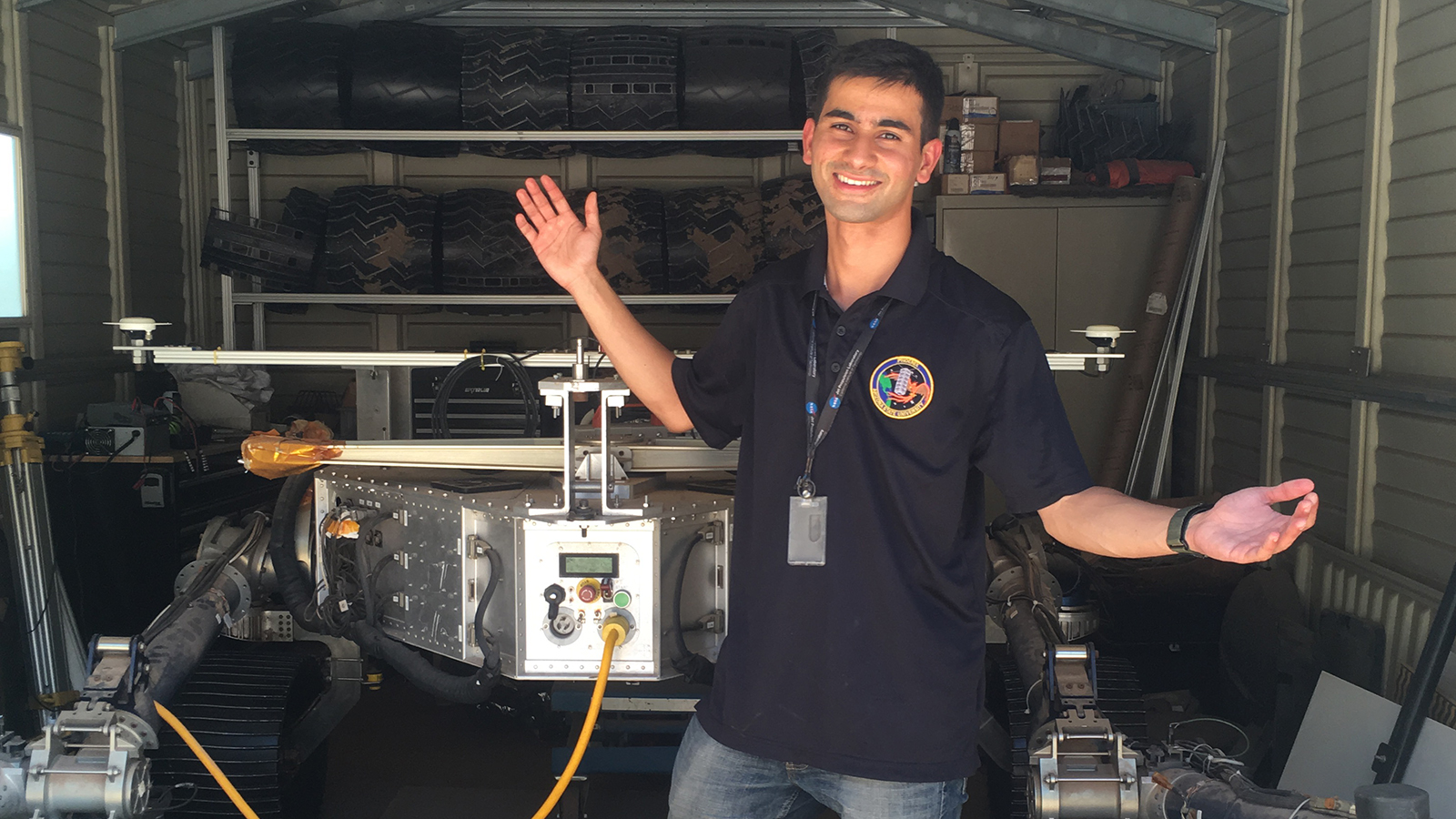
Courtesy of Aditya Khuller | + Expand image
"Our team is using radar data [from the European Space Agency’s Mars Express spacecraft] to find out what lies beneath the large icy deposits on Mars' south pole. My average day consists of analyzing this radar data on my computer to find and map the topography of an older surface that lies below the ice on Mars’ south pole, while my plants look on approvingly.
I was delighted to be offered the chance to work at JPL again. (This is my fourth JPL internship.) Even though it's better to be 'on lab,' it is an honor to get to learn from the coolest and smartest people in the world."
– Aditya Khuller is a graduate student working toward a Ph.D. in planetary science at Arizona State University and interning from Tempe, Arizona.
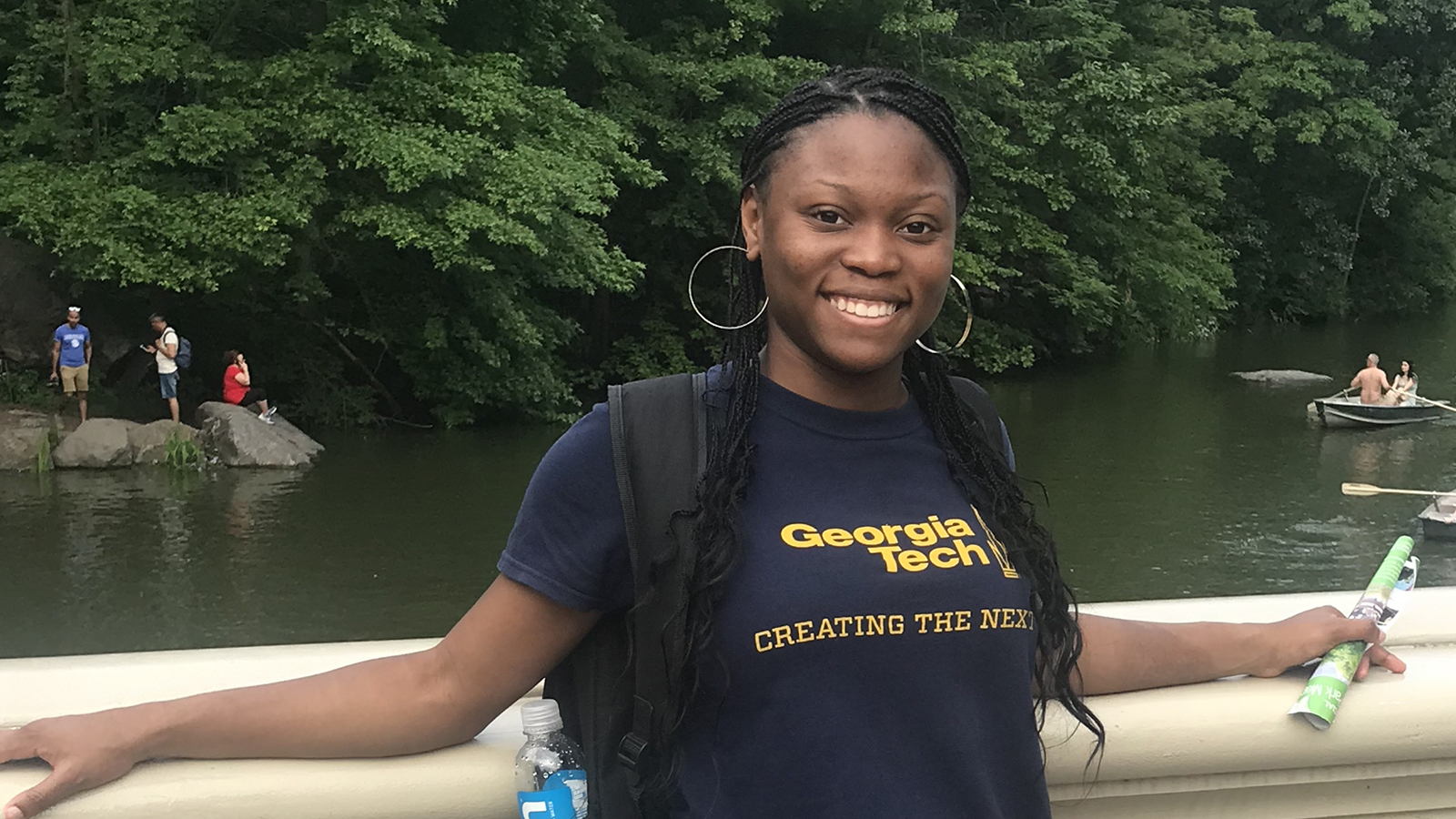
Courtesy of Breanna Ivey | + Expand image
"I am working on the Perseverance Mars rover mission [launching this summer]. As a member of the mobility team, I am testing the rover's auto-navigation behaviors. If given a specific location, flight software should be able to return data about where that location is relative to the rover. My project is to create test cases and develop procedures to verify the data returned by the flight software when this feature is used.
My average day starts with me eating breakfast with my mom who is also working from home. Then, I write a brief plan for my day. Next, I meet with my mentor to discuss any problems and/or updates. I spend the rest of my day at my portable workstation working on code to test the rover's behaviors and analyzing the data from the tests. I have a mini desk that I either set up in my bedroom in front of my Georgia Tech Buzz painting or in the dining room.
If I could visit in person, the first thing I would want to see is the Mars rover engineering model "Scarecrow." I would love to visit the Mars Yard [a simulated Mars environment at JPL] and watch Scarecrow run through different tests. It would be so cool to see a physical representation of the things that I've been working on."
– Breanna Ivey is an undergraduate student studying electrical engineering at the Georgia Institute of Technology and interning from Macon, Georgia.

Courtesy of Kaelan Oldani | + Expand image
"I am working on the Psyche mission as a member of the Assembly Test and Launch Operations team, also known as ATLO. (We engineers love our acronyms!) Our goal is to assemble and test the Psyche spacecraft to make sure everything works correctly so that the spacecraft will be able to orbit and study its target, a metal asteroid also called Psyche. Scientists theorize that the asteroid is actually the metal core of what was once another planet. By studying it, we hope to learn more about the formation of Earth.
I always start out my virtual work day by giving my dog a hug, grabbing a cup of coffee and heading up to my family's guest bedroom, which has turned into my office for the summer. On the window sill in my office are a number of space-themed Lego sets including the 'Women of NASA' set, which helps me get into the space-exploration mood! Once I have fueled up on coffee, my brain is ready for launch, and I log in to the JPL virtual network to start writing plans for testing Psyche's propulsion systems. While the ATLO team is working remotely, we are focused on writing test plans and procedures so that they can be ready as soon as the Psyche spacecraft is in the lab for testing. We have a continuous stream of video calls set up throughout the week to meet virtually with the teams helping to build the spacecraft."
– Kaelan Oldani is a master's student studying aerospace engineering at the University of Michigan and interning from Ann Arbor, Michigan. She recently accepted a full-time position at JPL and is starting in early 2021.
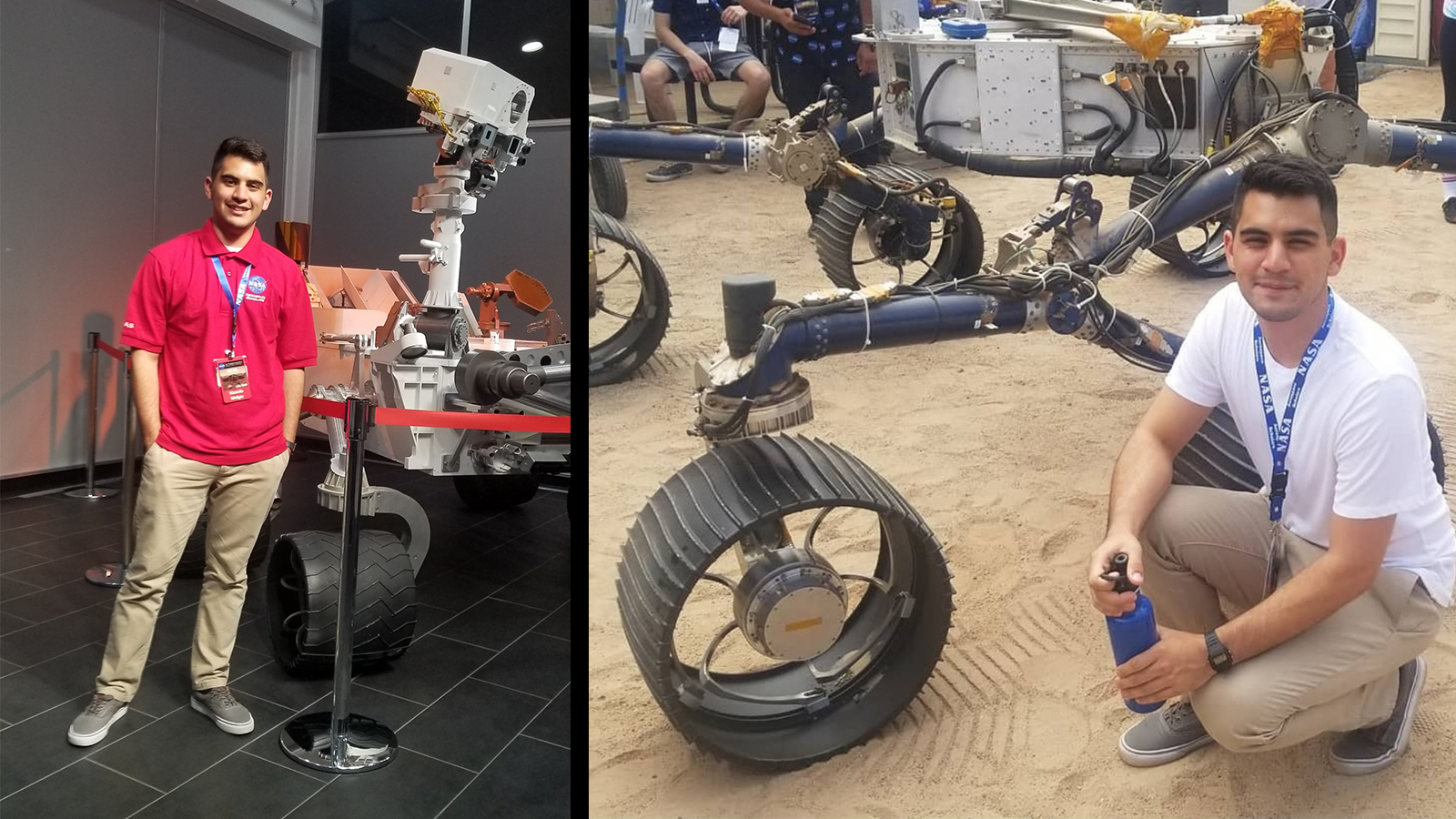
Courtesy of Ricardo Isai Melgar | + Expand image
"NASA's Deep Space Network is a system of antennas positioned around the world – in Australia, Spain, and Goldstone, California – that's used to communicate with spacecraft. My internship is working on a risk assessment of the hydraulic system for the 70-meter antenna at the Goldstone facility. The hydraulic system is what allows the antenna and dish surrounding it to move so it can accurately track spacecraft in flight. The ultimate goal of the work is to make sure the antenna's hydraulic systems meet NASA standards.
My average day starts by getting ready for work (morning routine), accessing my work computer through a virtual interface and talking with my mentor on [our collaboration tool]. Then, I dive into work, researching hydraulic schematics, JPL technical drawings of the antenna, and NASA standards, and adding to a huge spreadsheet that I use to track every component of the antenna's hydraulic system. Currently, I'm tracking every flexible hydraulic fluid hose on the system and figuring out what dangers a failure of the hose could have on personnel and the mission."
– Ricardo Isai Melgar is an undergraduate student studying mechanical engineering at East Los Angeles College and interning from Los Angeles.

Courtesy of Susanna Eschbach | + Expand image
"My project this summer is to develop a network of carbon-dioxide sensors to be used aboard the International Space Station for monitoring the levels of carbon dioxide that crewmembers experience.
My 'office setup' is actually just a board across the end of my bed balanced on the other side by a small dresser that I pull into the middle of the room every day so that I can sit and have a hard surface to work on.
At first I wasn't sure if I was interested in doing a virtual engineering internship. How would that even work? But after talking to my family, I decided to accept. Online or in person, getting to work at JPL is still a really cool opportunity."
– Susanna Eschbach is an undergraduate student studying electrical and computer engineering at Northern Illinois University and interning from DeKalb, Illinois.
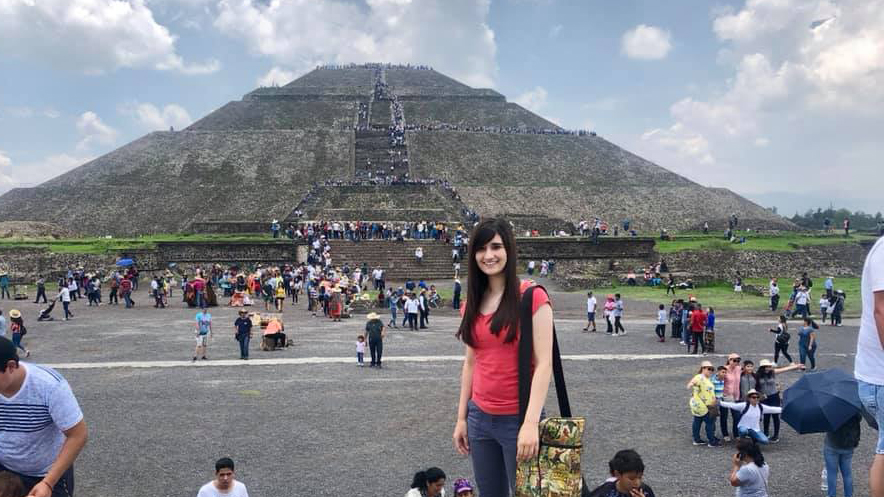
Courtesy of Izzie Torres | + Expand image
"I'm planning test procedures for the Europa Clipper mission [which is designed to make flybys of Jupiter's moon Europa]. The end goal is to create a list of tests we can perform that will prove that the spacecraft meets its requirements and works as a whole system.
I was very excited when I got the offer to do a virtual internship at JPL. My internship was originally supposed to be with the Perseverance Mars rover mission, but it required too much in-person work, so I was moved to the Europa Clipper project. While I had been looking forward to working on a project that was going to be launching so soon, Jupiter's moon Europa has always captured my imagination because of the ocean under its surface. It was an added bonus to know I had an internship secured for the summer."
– Izzie Torres is an undergraduate student studying aerospace engineering and management at MIT and interning from Seattle.

Courtesy of Jared Blanchard | + Expand image
"I am investigating potential spacecraft trajectories to reach the water worlds orbiting the outer planets, specifically Jupiter's moon Europa. If you take both Jupiter and Europa into account, their gravitational force fields combine to allow for some incredibly fuel-efficient maneuvers between the two. The ultimate goal is to make it easier for mission designers to use these low-energy trajectories to develop mission plans that use very little fuel.
I'm not a gamer, but I just got a new gaming laptop because it has a nice graphics processing unit, or GPU. During my internship at JPL last summer, we used several GPUs and a supercomputer to make our trajectory computations 10,000 times faster! We plan to use the GPU to speed up my work this summer as well. I have my laptop connected to a second monitor up in the loft of the cabin where my wife and I are staying. We just had a baby two months ago, so I have to make the most of the quiet times when he's napping!"
– Jared Blanchard is a graduate student working toward a Ph.D. in aeronautics and astronautics at Stanford University.

Courtesy of Yohn I. Ellis Jr. | + Expand image
"I'm doing a theory-based project on the topic of nanotechnology under the mentorship of Mohammad Ashtijou and Eric Perez.
I vividly remember being infatuated with NASA as a youth, so much so that my parents ordered me a pamphlet from Space Center Houston with posters and stickers explaining all of the cool things happening across NASA. I will never forget when I was able to visit Space Center Houston on spring break in 2009. It was by far the most amazing thing I have ever witnessed as a youth. When I was offered the internship at JPL, I was excited, challenged, and motivated. There is a great deal of respect that comes with being an NASA intern, and I look forward to furthering my experiences.
But the challenges are prevalent, too. Unfortunately, the internship is completely virtual and there are limitations to my experience. It is hard working at home with the multiple personalities in my family. I love them, but have you attempted to conduct research with a surround system of romantic comedies playing in the living room, war video games blasting grenades, and the sweet voice of your grandmother asking for help getting pans from the top shelf?"
– Yohn I. Ellis Jr. is a graduate student studying electrical engineering at Prairie View A&M University and interning from Houston.
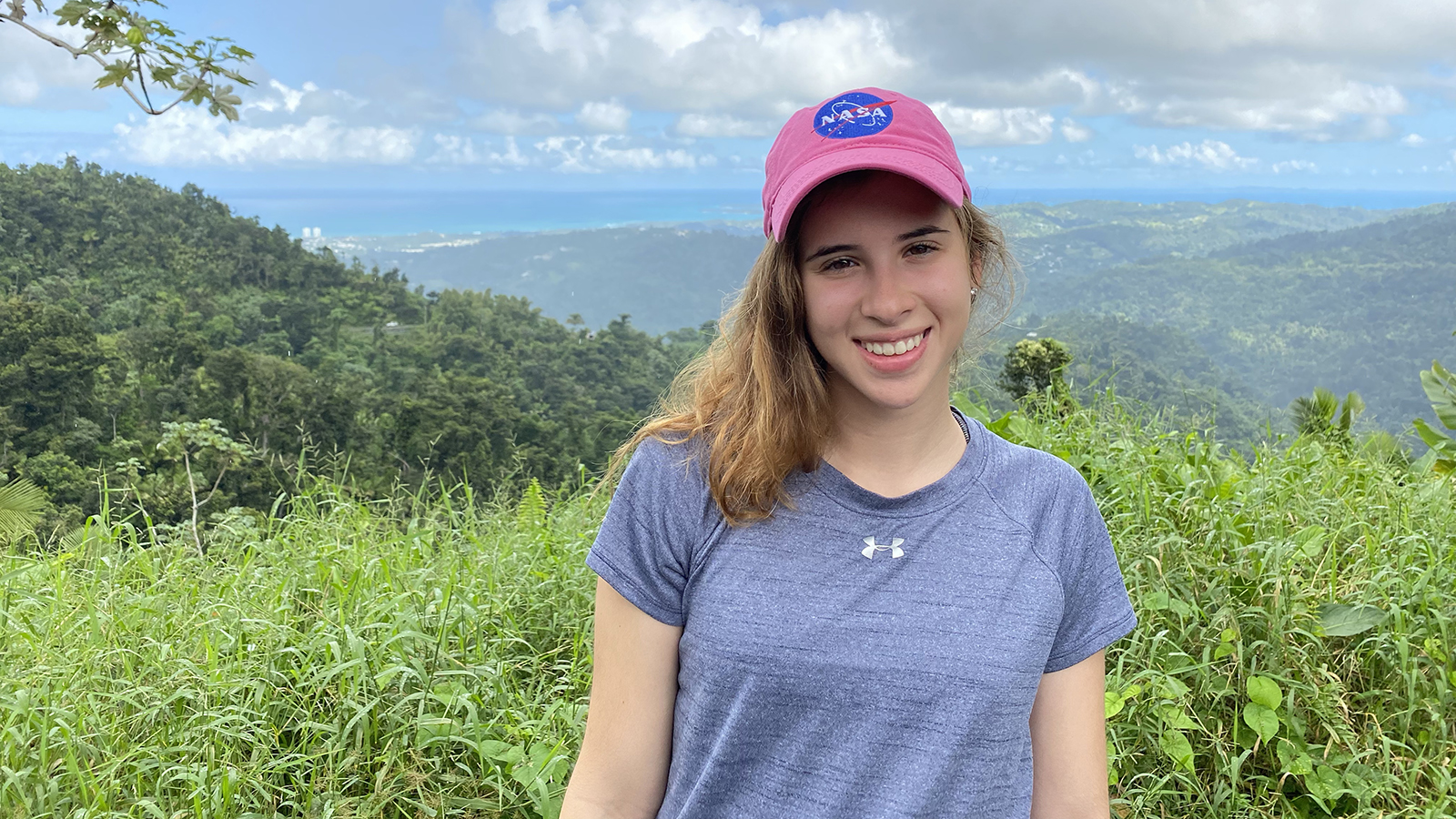
Courtesy of Mina Cezairli | + Expand image
"This summer, I am supporting the proposal for a small satellite mission concept called Cupid’s Arrow. Cupid’s Arrow would be a small probe designed to fly through Venus’ atmosphere and collect samples. The ultimate goal of the project is to understand the “origin story” of Venus' atmosphere and how, despite their comparable sizes, Earth and Venus evolved so differently geologically, with the former being the habitable, friendly planet that we call home and the latter being the hottest planet in our solar system with a mainly carbon dioxide atmosphere.
While ordinary JPL meetings include discussions of space probes, rockets, and visiting other planets, my working day rarely involves leaving my desk. Because all of my work can be done on my computer, I have a pretty simple office setup: a desk, my computer, and a wall full of posters of Earth and the Solar System. An average day is usually a combination of data analysis, reading and learning about Venus, and a number of web meetings. The team has several different time zones represented, so a morning meeting in Pacific time accommodates all of Pacific, Eastern and European time zones that exist within the working hours of the team."
– Mina Cezairli is an undergraduate student studying mechanical engineering at Yale University and is interning from New Haven, Connecticut.

Courtesy of Izabella Zamora | + Expand image
“I'm characterizing the genetic signatures of heat-resistant bacteria. The goal is to improve the techniques we use to sterilize spacecraft to prevent them from contaminating other worlds or bringing contaminants back to Earth. Specifically, I'm working to refine the amount of time spacecraft need to spend getting blasted by dry heat as a sanitation method.
"As someone who has a biology-lab heavy internship, I was quite skeptical of how an online internship would work. There was originally supposed to be lab work, but I think the project took an interesting turn into research and computational biology. It has been a really cool intersection to explore, and I have gained a deeper understanding of the math and analysis involved in addition to the biology concepts."
– Izabella Zamora is an undergraduate student studying biology and computer science at the Massachusetts Institute of Technology and interning from Brimfield, Massachusetts.
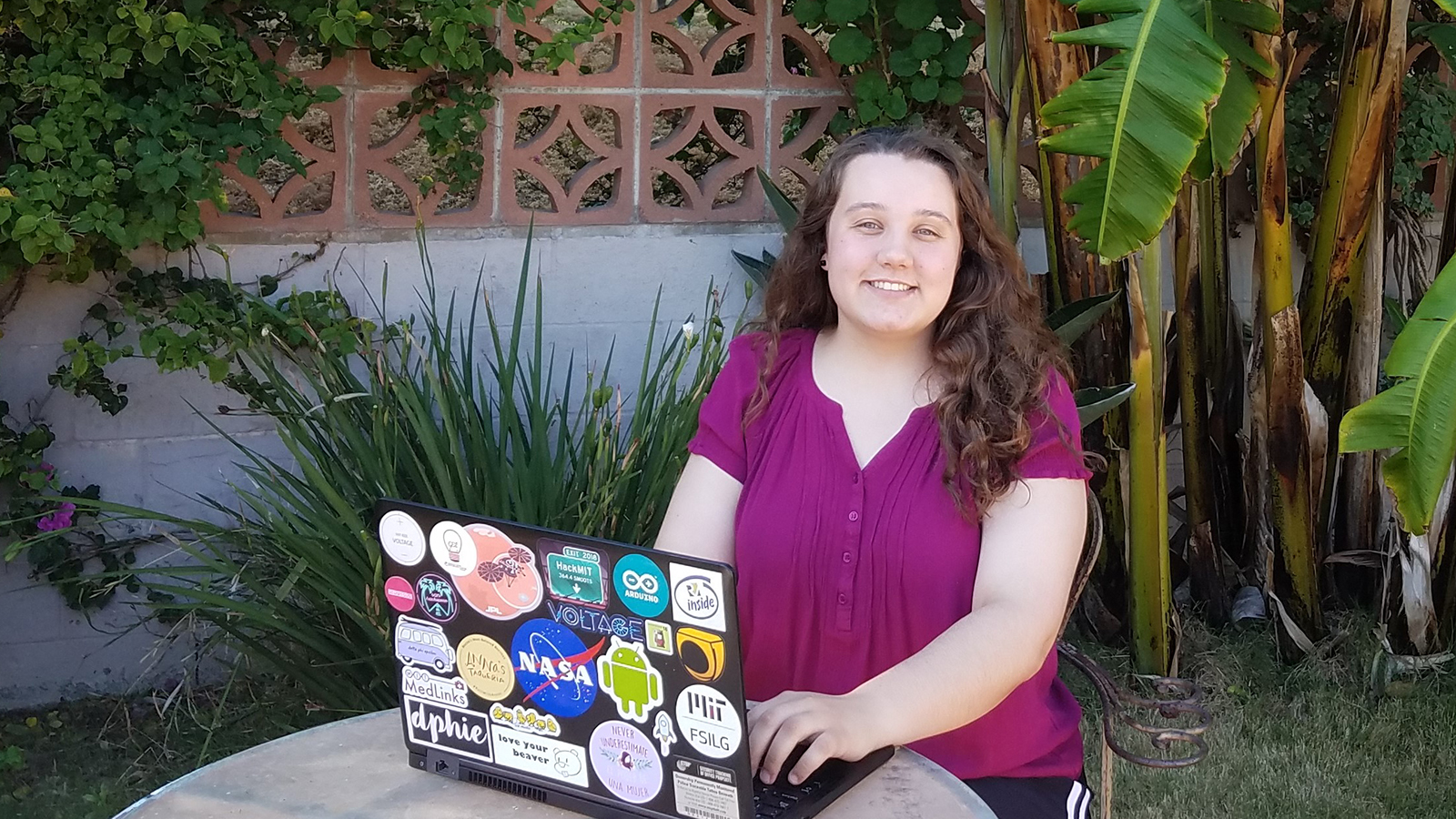
Courtesy of Leilani Trautman | + Expand image
"I am working on the engineering operations team for the Perseverance Mars rover. After the rover lands on Mars, it will send daily status updates. Every day, an engineer at JPL will need to make sure that the status update looks healthy so that the rover can continue its mission. I am writing code to make that process a lot faster for the engineers.
When I was offered the internship back in November, I thought I would be working on hardware for the rover. Once the COVID-19 crisis began ramping up and I saw many of my friends' internships get cancelled or shortened, I was worried that the same would happen to me. One day, I got a call letting me know that my previous internship wouldn't be possible but that there was an opportunity to work on a different team. I was so grateful to have the opportunity to retain my internship at JPL and get the chance to work with my mentor, Farah Alibay, who was once a JPL intern herself."
– Leilani Trautman is an undergraduate student studying electrical engineering and computer science at MIT and interning from San Diego, California.

Courtesy of Kathryn Chamberlin | + Expand image
"I am working on electronics for the coronagraph instrument that will fly aboard the Nancy Grace Roman Space Telescope. The Roman Space Telescope will study dark energy, dark matter, and exoplanets [planets outside our solar system]. The science instrument I'm working on will be used to image exoplanets. It's also serving as a technology demonstration to advance future coronagraphs [which are instruments designed to observe objects close to bright stars].
I was both nervous and excited to have a virtual internship. I’m a returning intern, continuing my work on the coronagraph instrument. I absolutely love my work and my project at JPL, so I was really looking forward to another internship. Since I’m working with the same group, I was relieved that I already knew my team, but nervous about how I would connect with my team, ask questions, and meet other 'JPLers.' But I think my team is just as effective working virtually as we were when working 'on lab.' My mentor and I have even figured out how to test hardware virtually by video calling the engineer in the lab and connecting remotely into the lab computer."
– Kathryn Chamberlin is an undergraduate student studying electrical engineering at Arizona State University and interning from Phoenix.

Courtesy of Daniel Stover | + Expand image
"I am working on the flight system for the Perseverance Mars rover. The first half of my internship was spent learning the rules of the road for the entire flight system. My first task was updating command-line Python scripts, which help unpack the data that is received from the rover. After that, I moved on to testing a part of the flight software that manages which mechanisms and instruments the spacecraft can use at a certain time. I have been so grateful to contribute to the Perseverance Mars rover project, especially during the summer that it launches!
I have always been one to be happy with all the opportunities I am granted, but I do have to say it was hard to come to the realization that I would not be able to step foot on the JPL campus. However, I was truly grateful to receive this opportunity, and I have been so delighted to see the JPL spirit translate to the online video chats and communication channels. It's definitely the amazing people who make JPL into the place that everybody admires. Most important, I would like to thank my mentor, Jessica Samuels, for taking the time to meet with me every day and show me the true compassion and inspiration of the engineers at JPL."
– Daniel Stover is an undergraduate student studying electrical and computer engineering at Virginia Tech and interning from Leesburg, Virginia.
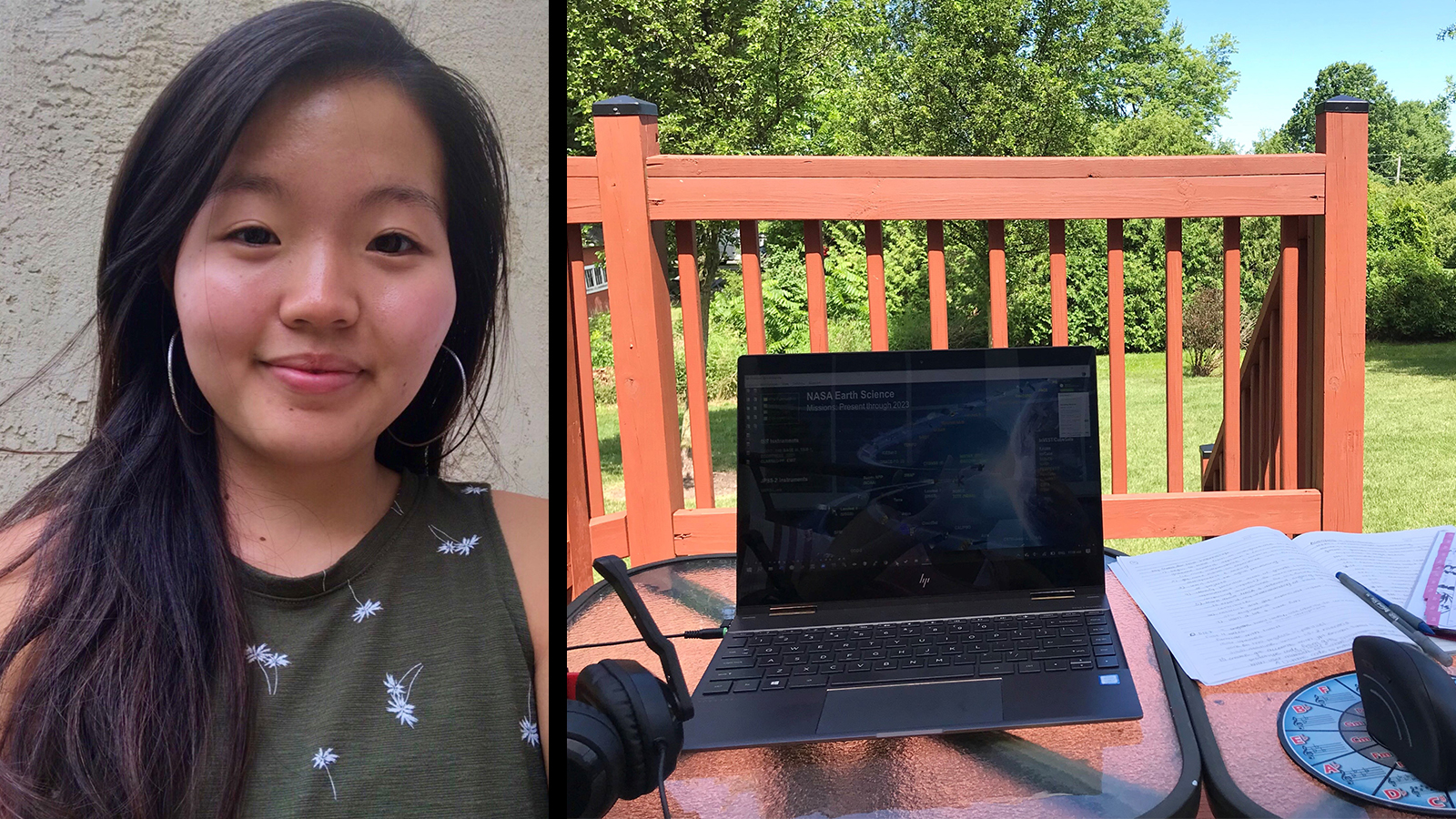
Courtesy of Sophia Yoo | + Expand image
"I'm working on a project called the Multi-Angle Imager for Aerosols, or MAIA. It's an instrument that will go into lower Earth orbit and collect images of particulate matter to learn about air pollution and its effects on health. I'm programming some of the software used to control the instrument's electronics. I'm also testing the simulated interface used to communicate with the instrument.
I was ecstatic to still have my internship! I'm very blessed to be able to do all my work remotely. It has sometimes proven to be a challenge when I find myself more than four layers deep in virtual environments. And it can be confusing to program hardware on the West Coast with software that I wrote all the way over here on the East Coast. However, I've learned so much and am surprised by and grateful for the meaningful relationships I've already built."
– Sophia Yoo is an incoming graduate student studying electrical and computer engineering at Princeton University and is interning from Souderton, Pennsylvania.
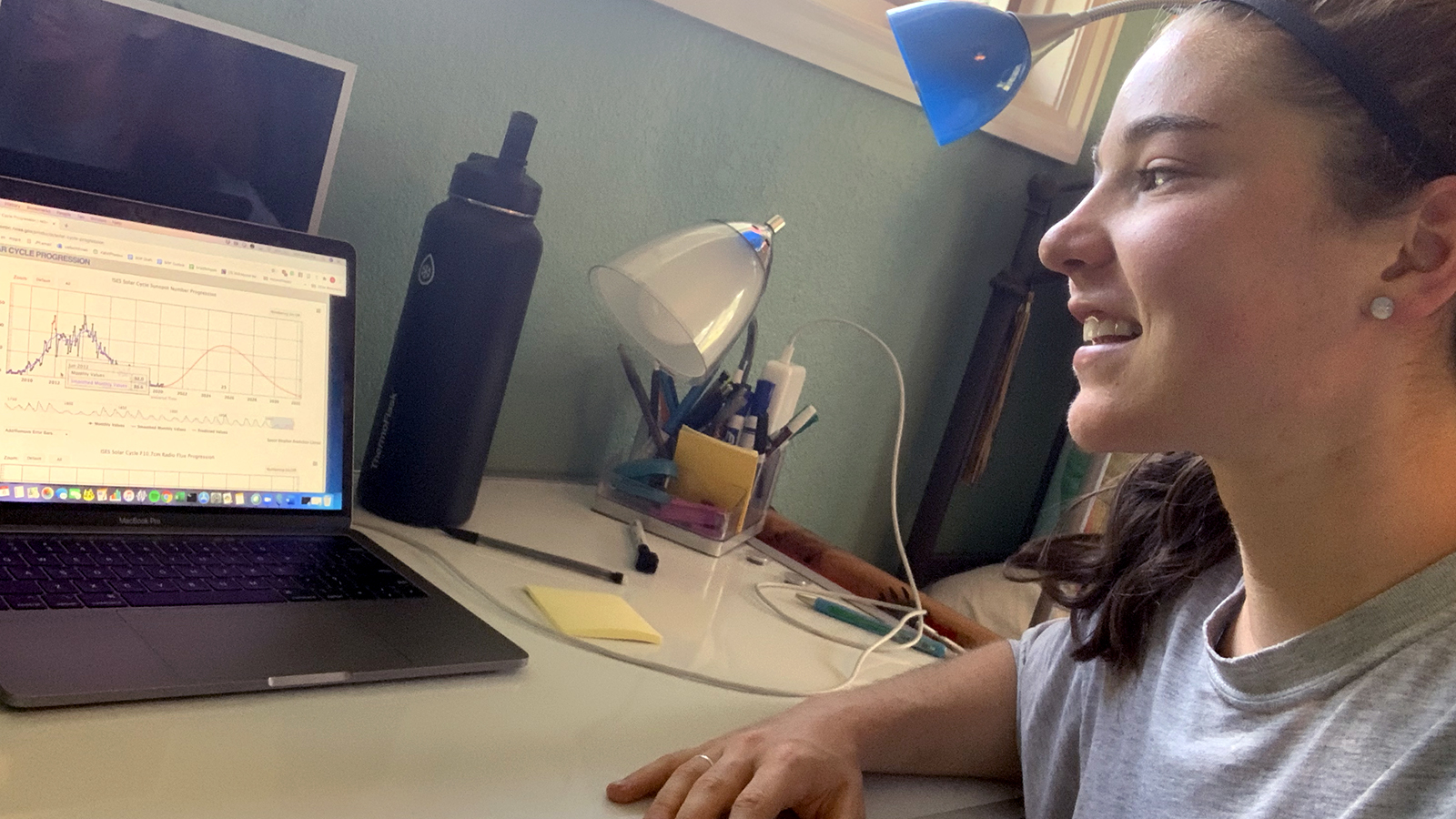
Courtesy of Natalie Maus | + Expand image
"My summer research project is focused on using machine-learning algorithms to make predictions about the density of electrons in Earth’s ionosphere [a region of the planet's upper atmosphere]. Our work seeks to allow scientists to forecast this electron density, as it has important impacts on things such as GPS positioning and aircraft navigation.
Despite the strangeness of working remotely, I have learned a ton about the research process and what it is like to be part of a real research team. Working alongside my mentors to adapt to the unique challenges of working remotely has also been educational. In research, and in life, there will always be new and unforeseen problems and challenges. This extreme circumstance is valuable in that it teaches us interns the importance of creative problem solving, adaptability, and making the most out of the situation we are given."
– Natalie Maus is an undergraduate student studying astrophysics and computer science at Colby College and interning from Evergreen, Colorado.

Courtesy of Lucas Lange | + Expand image
"I have two projects at JPL. My first project focuses on the Europa Clipper mission [designed to make flybys of Jupiter's moon Europa]. I study how the complex topography on the icy moon influences the temperature of the surface. This work is crucial to detect 'hot spots,' which are areas the mission (and future missions) aim to study because they might correspond to regions that could support life! My other work consists of studying frost on Mars and whether it indicates the presence of water-ice below the surface.
JPL and NASA interns are connected through social networks, and it's impressive to see the diversity. Some talks are given by 'JPLers' who make themselves available to answer questions. When I came to JPL, I expected to meet superheroes. This wish has been entirely fulfilled. Working remotely doesn't mean working alone. On the contrary, I think it increases our connections and solidarity."
– Lucas Lange is an undergraduate student studying aerospace engineering and planetary science at ISAE-SUPAERO [aerospace institute in France] and interning from Pasadena, California.
Explore JPL’s summer and year-round internship programs and apply at: jpl.nasa.gov/intern
Career opportunities in STEM and beyond can be found online at jpl.jobs. Learn more about careers and life at JPL on LinkedIn and by following @nasajplcareers on Instagram.
The laboratory’s STEM internship and fellowship programs are managed by the JPL Education Office. Extending the NASA Office of STEM Engagement’s reach, JPL Education seeks to create the next generation of scientists, engineers, technologists and space explorers by supporting educators and bringing the excitement of NASA missions and science to learners of all ages.
TAGS: Higher Education, Internships, STEM, College Students, Virtual Internships, Telework, Mars 2020 interns, Mars 2020, Perseverance, DSN, Deep Space Network, Mars, Asteroids, NEOWISE, Science, Technology, Engineering, Computer Science, Psyche, International Space Station, ISS, Europa, Jupiter, Europa Clipper, trajectory, nanotechnology, Cupid's Arrow, Proposal, Venus, Planetary Protection, Biology, Nancy Grace Roman Space Telescope, Dark Matter, Exoplanets, Multi-Angle Imager for Aerosols, MAIA, Earth, Earth science, air pollution, Hispanic Heritage Month, Black History Month, Asian Pacific American Heritage Month, Earth Science, Earth, Climate Change, Sea Level Rise
Teachable Moments | March 6, 2020
We've Got the Formula for a Stellar Pi Day
Update: March 16, 2020 – The answers to the 2020 NASA Pi Day Challenge are here! View the illustrated answer key (also available as a text-only doc).
In the News
Our annual opportunity to indulge in a shared love of space exploration, mathematics and sweet treats has come around again! Pi Day is the March 14 holiday that celebrates the mathematical constant pi – the number that results from dividing any circle's circumference by its diameter.

Visit the Pi in the Sky 7 lesson page to explore classroom resources and downloads for the 2019 NASA Pi Day Challenge. Image credit: NASA/JPL-Caltech | + Expand image
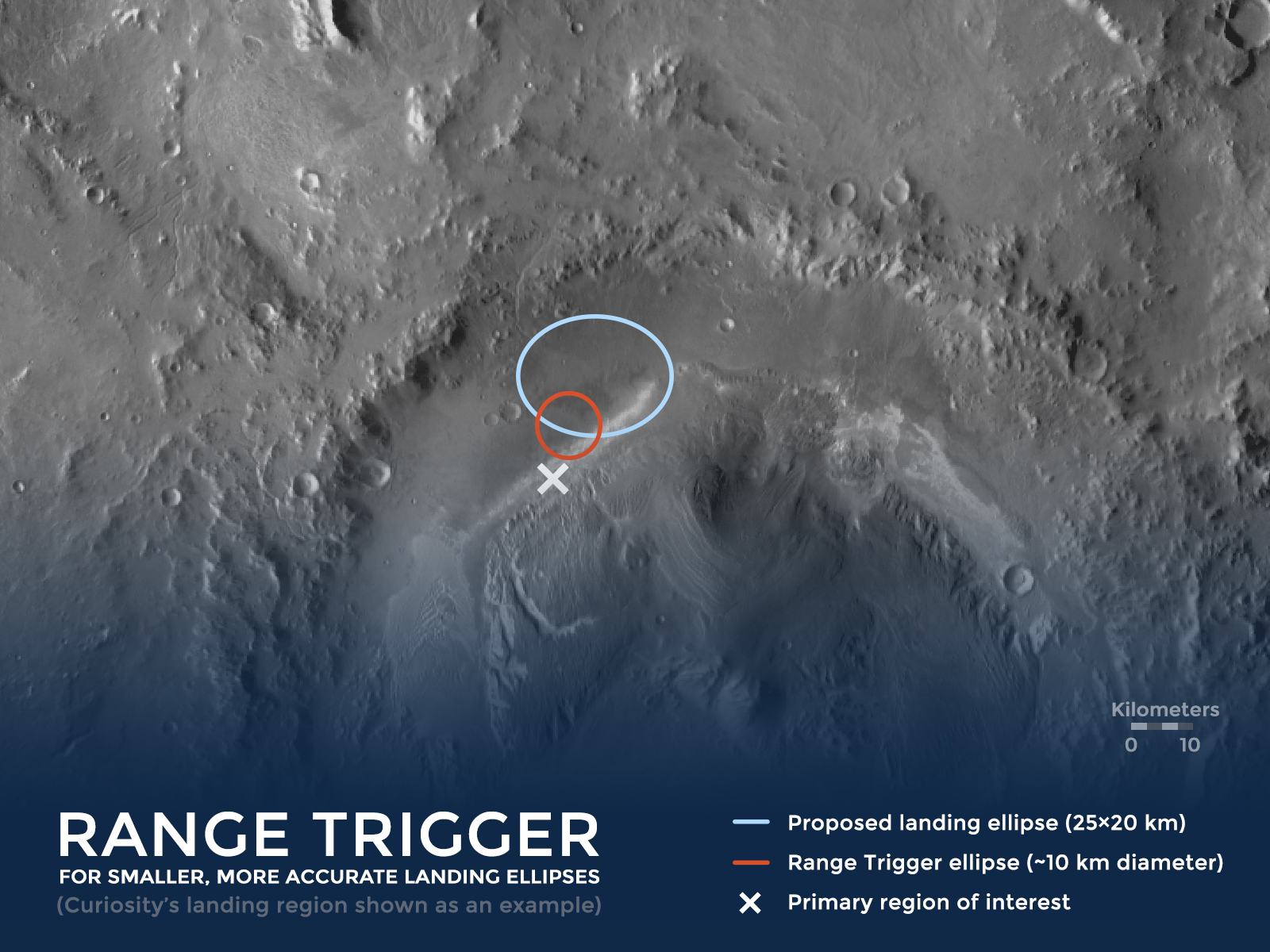
A new Mars landing technique called Range Trigger is reducing the size of the ellipse where spacecraft touch down. Image credit: NASA/JPL-Caltech | › Full image and caption
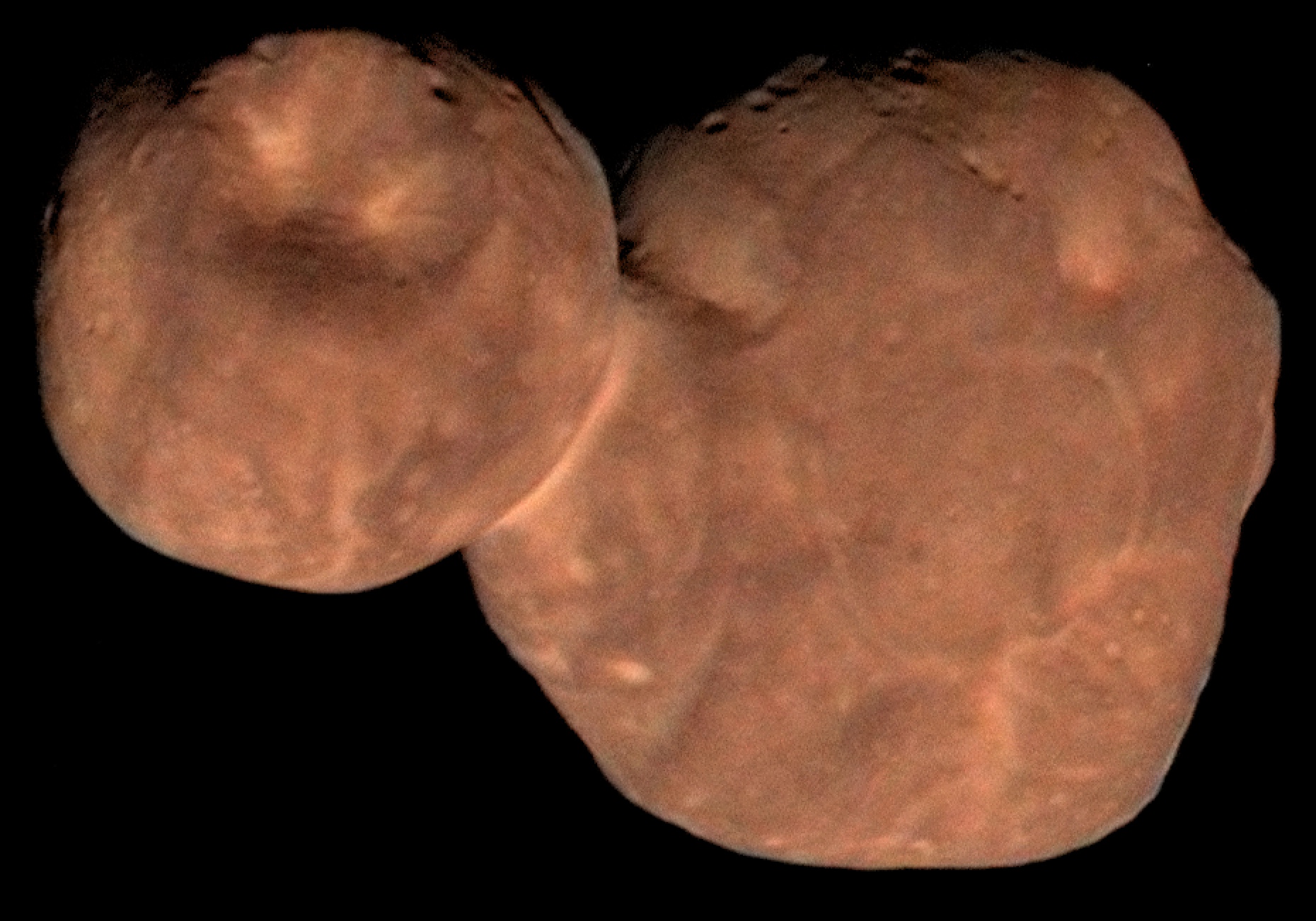
Composite image of the Kuiper Belt object Arrokoth from NASA's New Horizons spacecraft. Image credit: NASA/Johns Hopkins University Applied Physics Laboratory/Southwest Research Institute/Roman Tkachenko | › Full image and caption
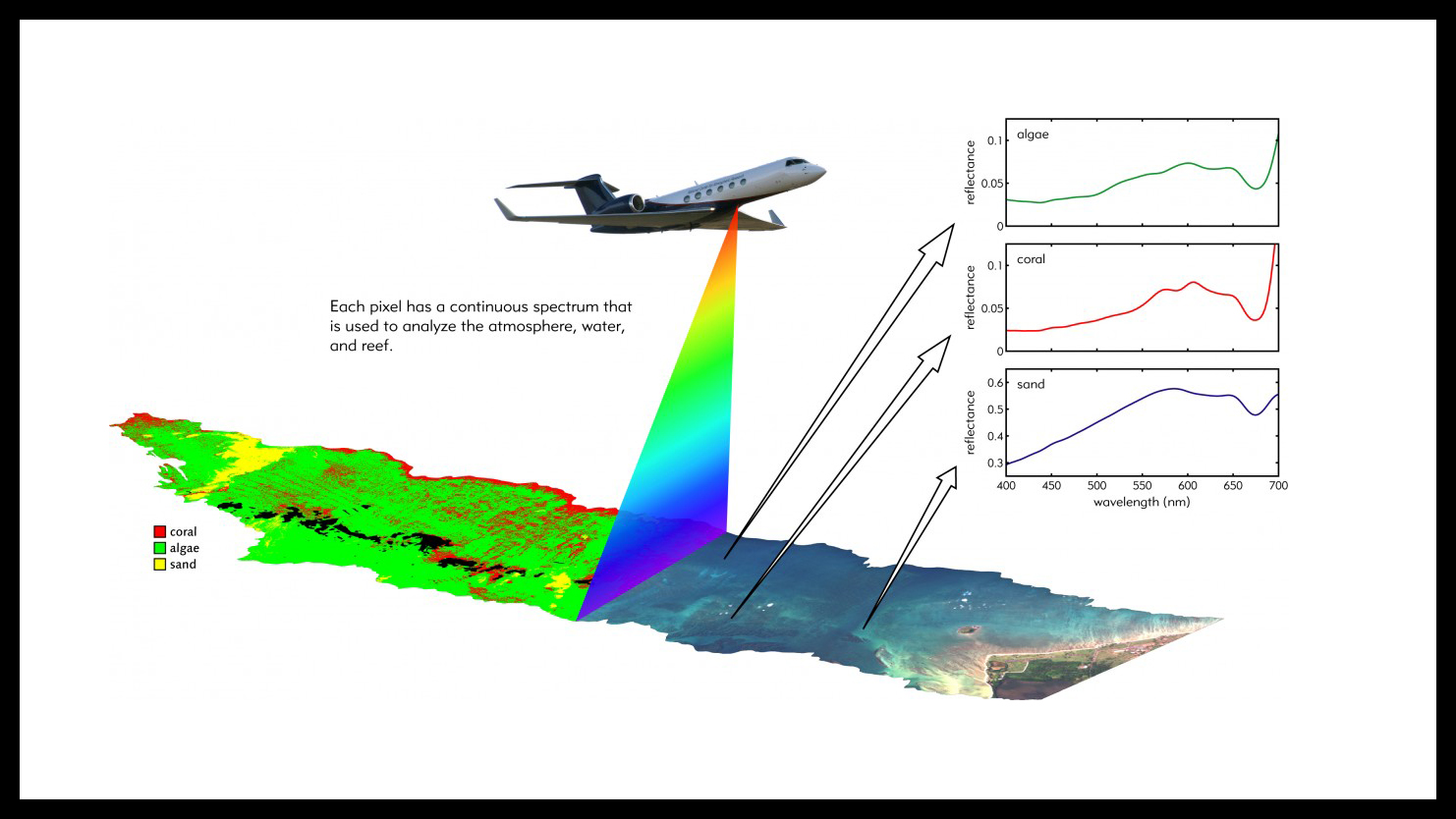
The CORAL mission records the spectra of light reflected from the ocean to study the composition and health of Earth's coral reefs. Image credit: NASA | + Expand image
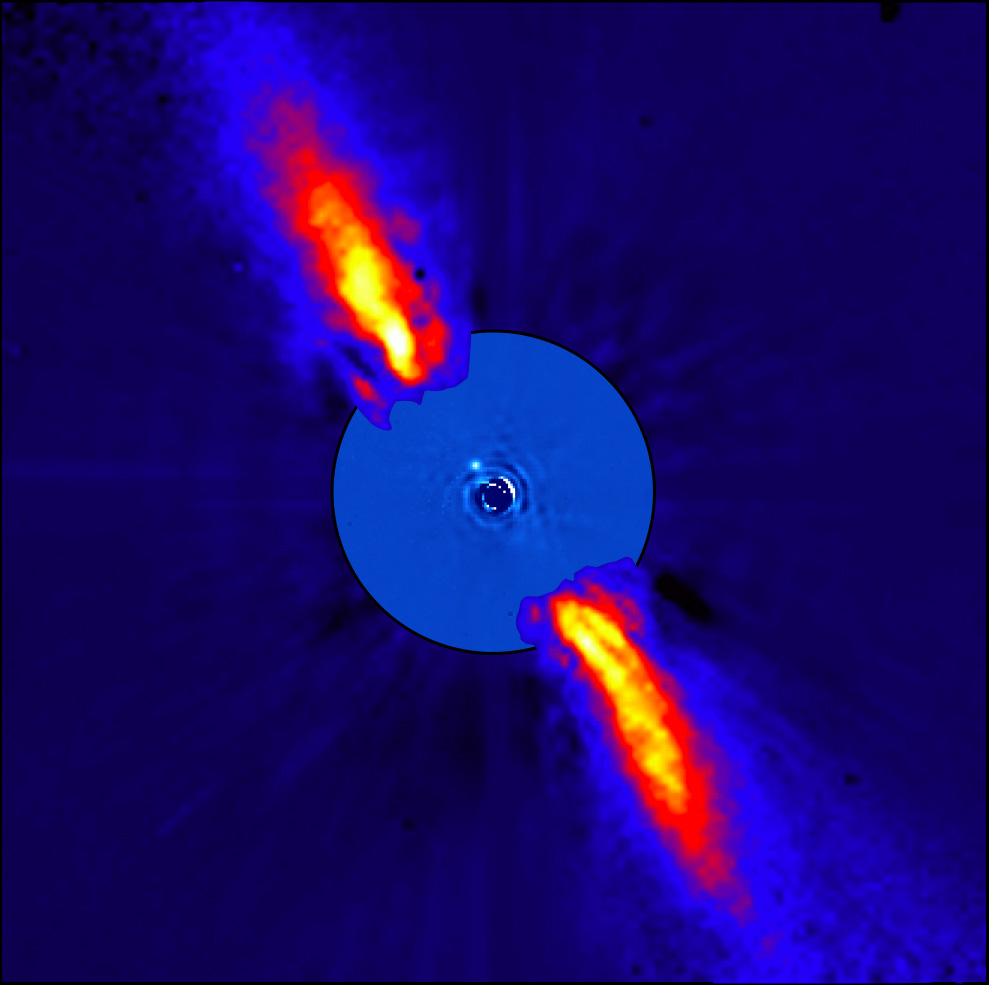
The star Beta Pictoris and its surrounding debris disk in near-infrared light. Image credit: ESO/A.-M. Lagrange et al. | › Full image and caption
Besides providing an excuse to eat all varieties of pie, Pi Day gives us a chance to appreciate some of the ways NASA uses pi to explore the solar system and beyond. You can do the math for yourself – or get students doing it – by taking part in the NASA Pi Day Challenge. Find out below how to test your pi skills with real-world problems faced by NASA space explorers, plus get lessons and resources for educators.
How It Works
The ratio of any circle's circumference to its diameter is equal to pi, which is often rounded to 3.14. But pi is what is known as an irrational number, so its decimal representation never ends, and it never repeats. Though it has been calculated to trillions of digits, we use far fewer at NASA.
Pi is useful for all sorts of things, like calculating the circumference and area of circular objects and the volume of cylinders. That's helpful information for everyone from farmers irrigating crops to tire manufacturers to soup-makers filling their cans. At NASA, we use pi to calculate the densities of planets, point space telescopes at distant stars and galaxies, steer rovers on the Red Planet, put spacecraft into orbit and so much more! With so many practical applications, it's no wonder so many people love pi!
In the U.S., 3.14 is also how we refer to March 14, which is why we celebrate the mathematical marvel that is pi on that date each year. In 2009, the U.S. House of Representatives passed a resolution officially designating March 14 as Pi Day and encouraging teachers and students to celebrate the day with activities that teach students about pi.
The NASA Pi Day Challenge
This year's NASA Pi Day Challenge poses four puzzlers that require pi to compare the sizes of Mars landing areas, calculate the length of a year for one of the most distant objects in the solar system, measure the depth of the ocean from an airplane, and determine the diameter of a distant debris disk. Learn more about the science and engineering behind the problems below or click the link to jump right into the challenge.
› Take the NASA Pi Day Challenge
› Educators, get the lesson here!
Mars Maneuver
Long before a Mars rover touches down on the Red Planet, scientists and engineers must determine where to land. Rather than choosing a specific landing spot, NASA selects an area known as a landing ellipse. A Mars rover could land anywhere within this ellipse. Choosing where the landing ellipse is located requires compromising between getting as close as possible to interesting science targets and avoiding hazards like steep slopes and large boulders, which could quickly bring a mission to its end. In the Mars Maneuver problem, students use pi to see how new technologies have reduced the size of landing ellipses from one Mars rover mission to the next.
Cold Case
In January 2019, NASA's New Horizons spacecraft sped past Arrokoth, a frigid, primitive object that orbits within the Kuiper Belt, a doughnut-shaped ring of icy bodies beyond the orbit of Neptune. Arrokoth is the most distant Kuiper Belt object to be visited by a spacecraft and only the second object in the region to have been explored up close. To get New Horizons to Arrokoth, mission navigators needed to know the orbital properties of the object, such as its speed, distance from the Sun, and the tilt and shape of its orbit. This information is also important for scientists studying the object. In the Cold Case problem, students can use pi to determine how long it takes the distant object to make one trip around the Sun.
Coral Calculus
Coral reefs provide food and shelter to many ocean species and protect coastal communities against extreme weather events. Ocean warming, invasive species, pollutants, and acidification caused by climate change can harm the tiny living coral organisms responsible for building coral reefs. To better understand the health of Earth's coral reefs, NASA's COral Reef Airborne Laboratory, or CORAL, mission maps them from the air using spectroscopy, studying how light interacts with the reefs. To make accurate maps, CORAL must be able to differentiate among coral, algae and sand on the ocean floor from an airplane. And to do that, it needs to calculate the depth of the ocean at every point it maps by measuring how much sunlight passes through the ocean and is reflected upward from the ocean floor. In Coral Calculus, students use pi to measure the water depth of an area mapped by the CORAL mission and help scientists better understand the status of Earth's coral reefs.
Planet Pinpointer
Our galaxy contains billions of stars, many of which are likely home to exoplanets – planets outside our solar system. So how do scientists decide where to look for these worlds? Using data gathered by NASA's Spitzer Space Telescope, researchers found that they're more likely to find giant exoplanets around young stars surrounded by debris disks, which are made up of material similar to what's found in the asteroid belt and Kuiper Belt in our solar system. Sure enough, after discovering a debris disk around the star Beta Pictoris, researchers later confirmed that it is home to at least two giant exoplanets. Learning more about Beta Pictoris' debris disk could give scientists insight into the formation of these giant worlds. In Planet Pinpointer, put yourself in the role of a NASA scientist to learn more about Beta Pictoris' debris disk, using pi to calculate the distance across it.
Participate
-
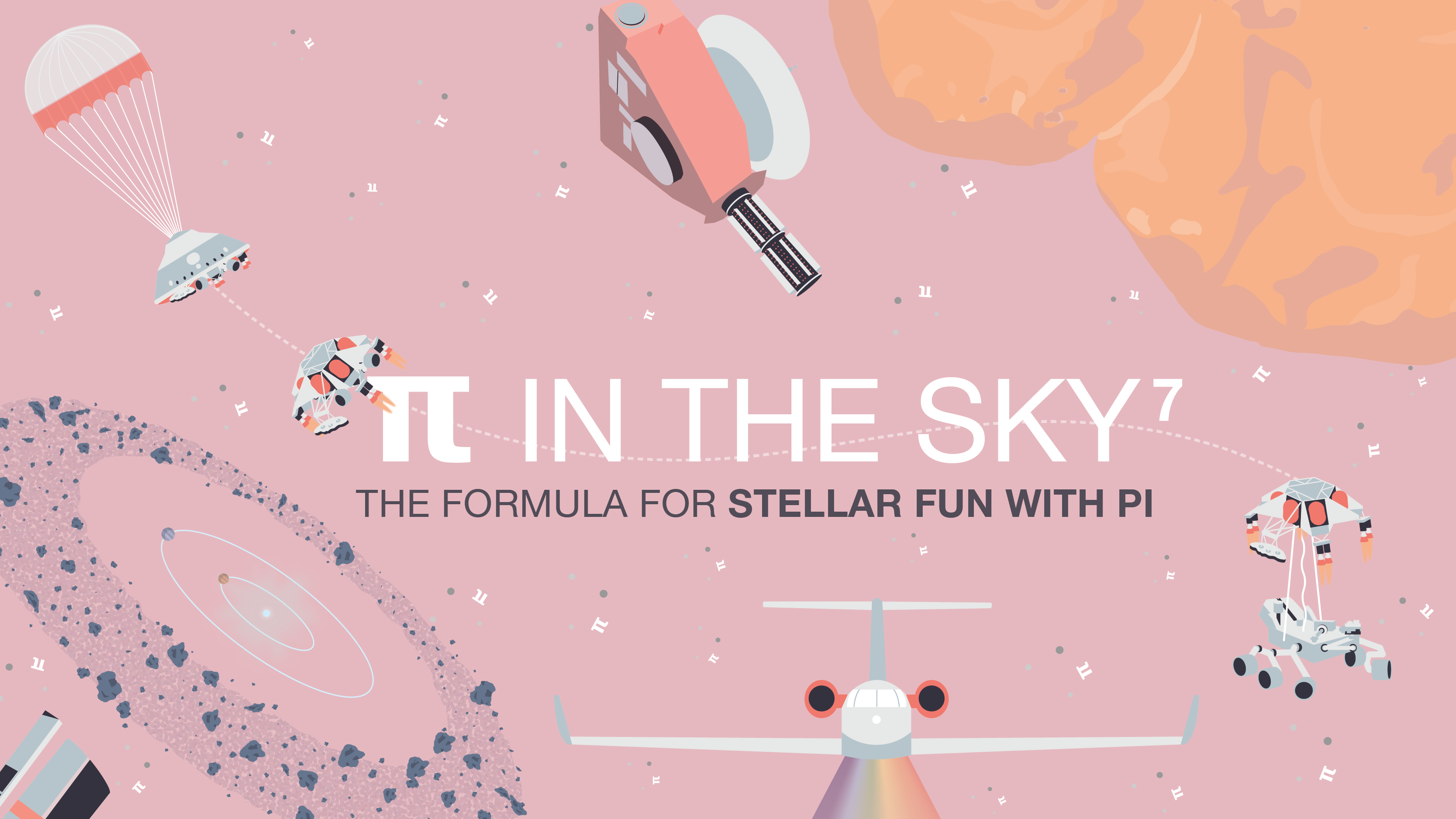
Pi Day Challenge Lessons
Here's everything you need to bring the NASA Pi Day Challenge into the classroom.
Grades 4-12
Time Varies
-
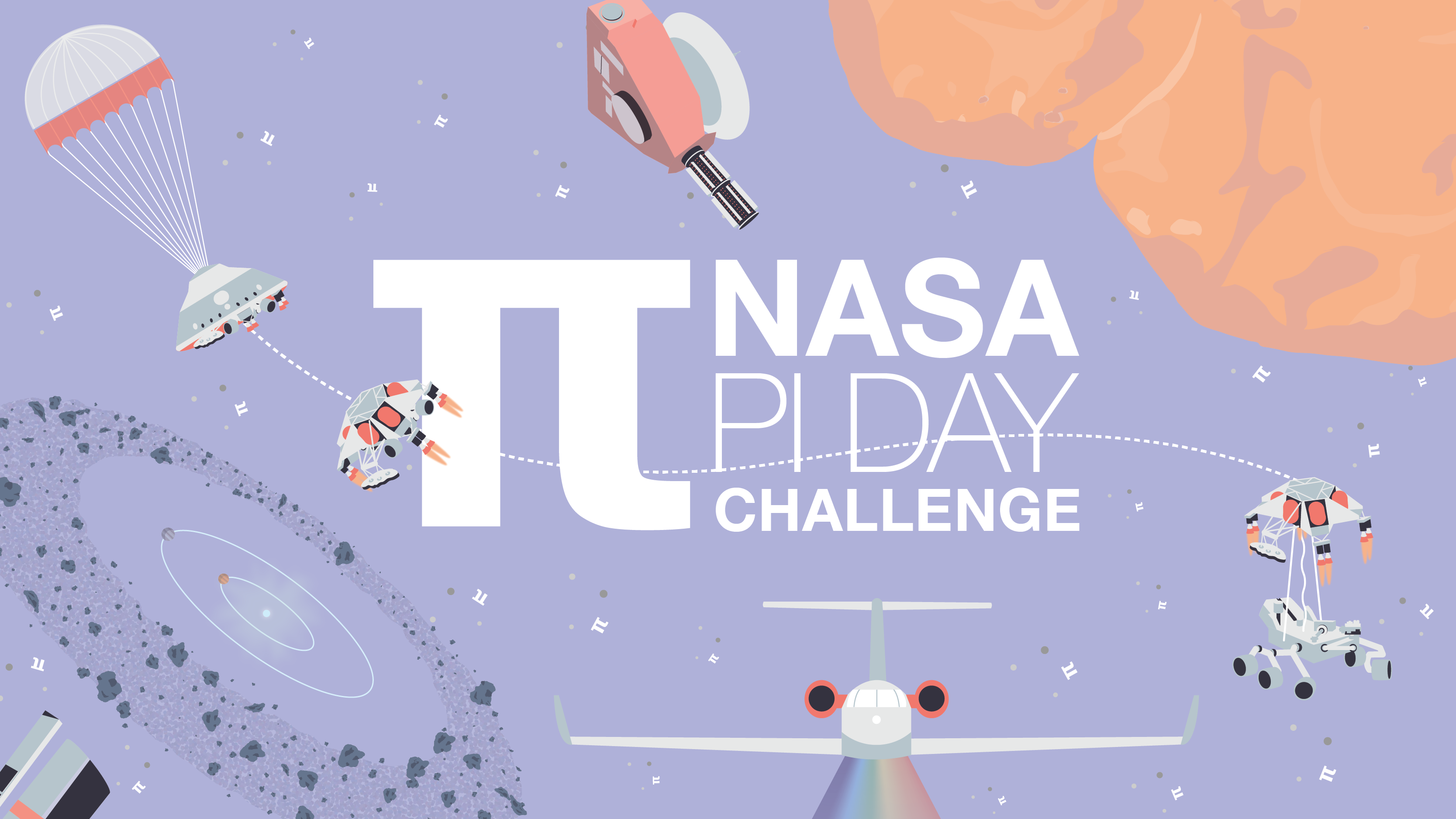
Slideshow: NASA Pi Day Challenge
The entire NASA Pi Day Challenge collection can be found in one, handy slideshow for students.
Grades 4-12
Time Varies
-
Pi Day: What’s Going ’Round
Tell us what you’re up to this Pi Day and share your stories and photos with NASA.
Join the conversation and share your Pi Day Challenge answers with @NASAJPL_Edu on social media using the hashtag #NASAPiDayChallenge
Blogs and Features
-

How Many Decimals of Pi Do We Really Need?
While you may have memorized more than 70,000 digits of pi, world record holders, a JPL engineer explains why you really only need a tiny fraction of that for most calculations.
-
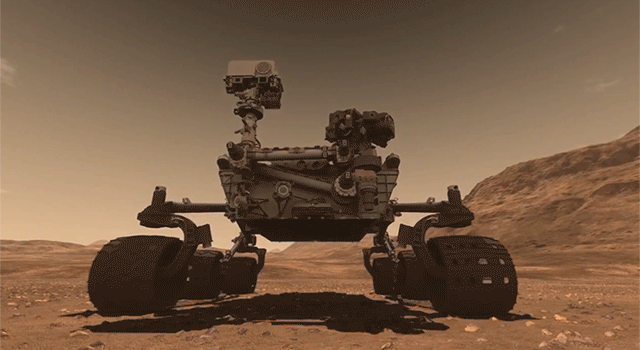
Slideshow: 18 Ways NASA Uses Pi
Whether it's sending spacecraft to other planets, driving rovers on Mars, finding out what planets are made of or how deep alien oceans are, pi takes us far at NASA. Find out how pi helps us explore space.
Related Lessons for Educators
-
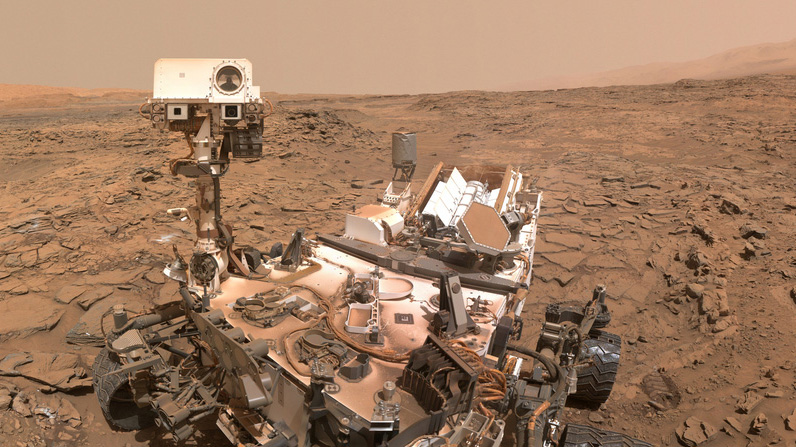
Rover Lessons
Explore a collection of standards-aligned STEM lessons all about rovers.
Grades K-12
Time Varies
-
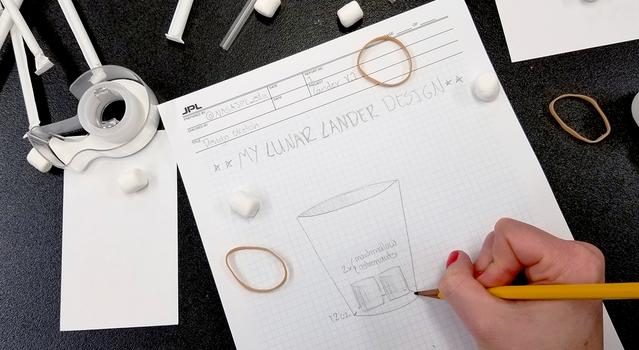
Touchdown
Students design and build a shock-absorbing system that will protect two "astronauts" when they land.
Grades 3-8
Time 30 mins - 1 hr
-
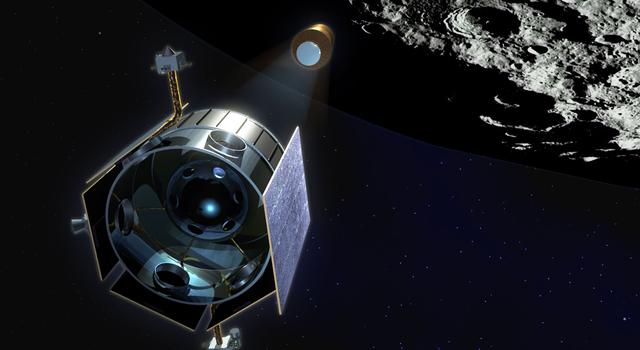
On Target
Students modify a paper cup so it can zip down a line and drop a marble onto a target.
Grades 6-12
Time 30 mins - 1 hr
-
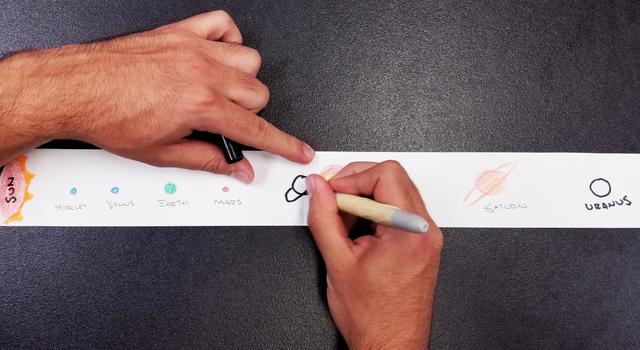
Solar System Scale Models
Explore a collection of standards-aligned STEM lessons all about the size and scale of our solar system.
Grades 1-12
Time Varies
-
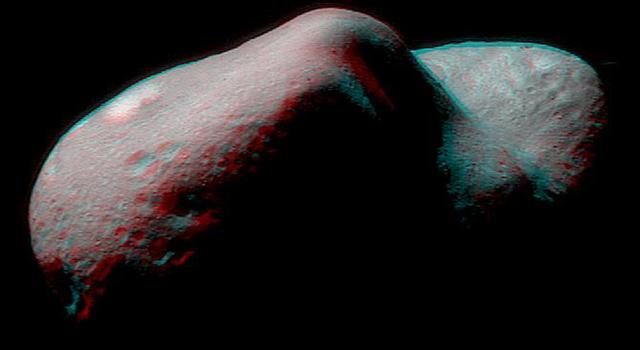
Modeling an Asteroid
Lead a discussion about asteroids and their physical properties, then have students mold their own asteroids out of clay.
Grades 3-5
Time 30 mins - 1 hr
-
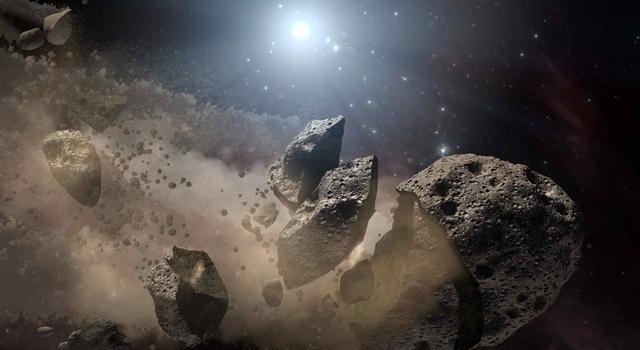
Math Rocks: A Lesson in Asteroid Dynamics
Students use math to investigate a real-life asteroid impact.
Grades 8-12
Time 30 mins - 1 hr
-

Asteroid Ace: A 'Pi in the Sky' Math Challenge
Students use pi to calculate the rotation rate of an asteroid from another solar system in this illustrated math problem.
Grades 11-12
Time < 30 mins
-

Climate Change Lessons
Explore a collection of standards-aligned STEM lessons all about Earth's changing climate.
Grades K-12
Time Varies
-

Using Light to Study Planets
Students build a spectrometer using basic materials as a model for how NASA uses spectroscopy to determine the nature of elements found on Earth and other planets.
Grades 6-11
Time < 2 hrs
-
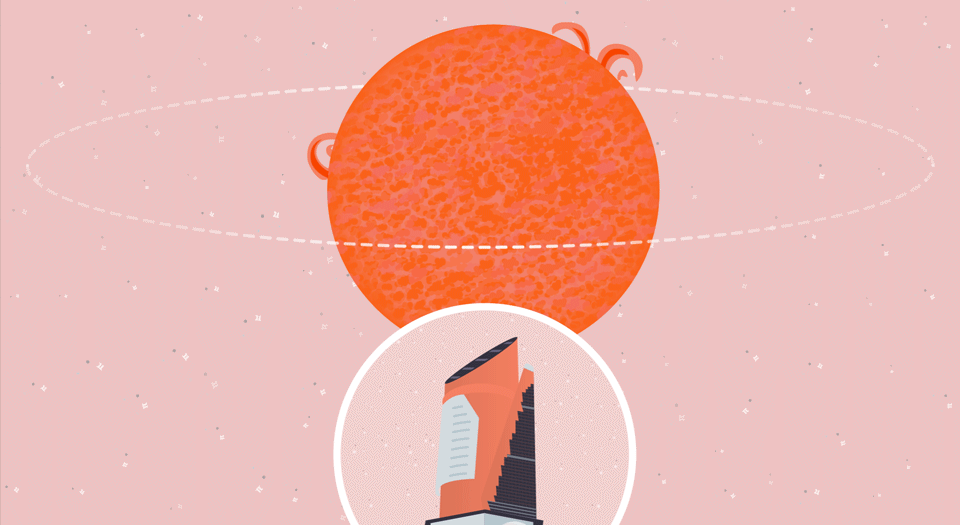
Solar Sleuth: A 'Pi in the Sky' Math Challenge
In this illustrated math problem, students use pi and data from the Kepler space telescope to find the size of a planet outside our solar system.
Grades 6-9
Time < 30 mins
-
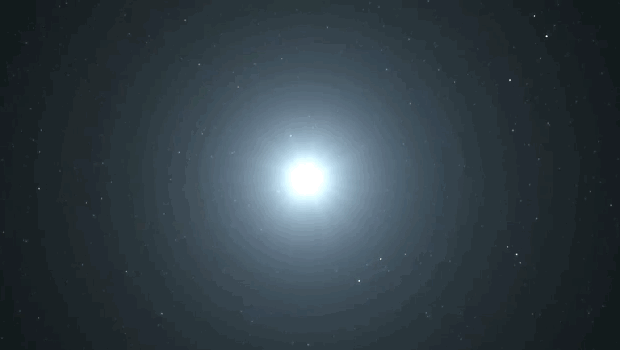
Exploring Exoplanets with Kepler
Students use math concepts related to transits to discover real-world data about Mercury, Venus and planets outside our solar system.
Grades 6-12
Time 30 mins - 1 hr
-
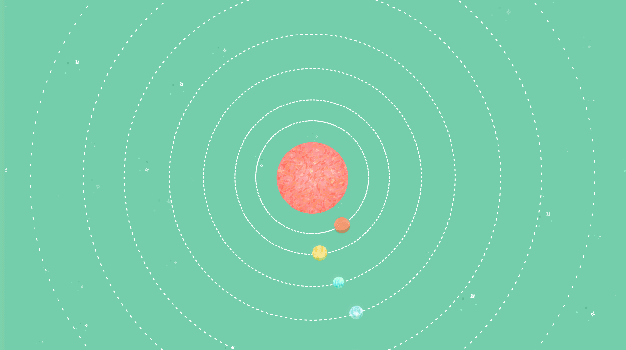
Habitable Hunt: A 'Pi in the Sky' Math Challenge
In this illustrated math problem, students use the mathematical constant pi to find the "habitable zone" around a distant star and determine which of its planets are in that zone.
Grades 11-12
Time < 30 mins
Related Activities for Students
-
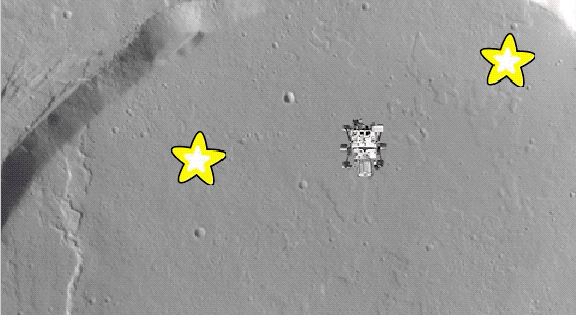
Make a Moon or Mars Rover Game
Create a Moon or Mars exploration game using Scratch, a visual programming language. Think like NASA space-mission planners to design your game!
Type Project
Subject Technology
-
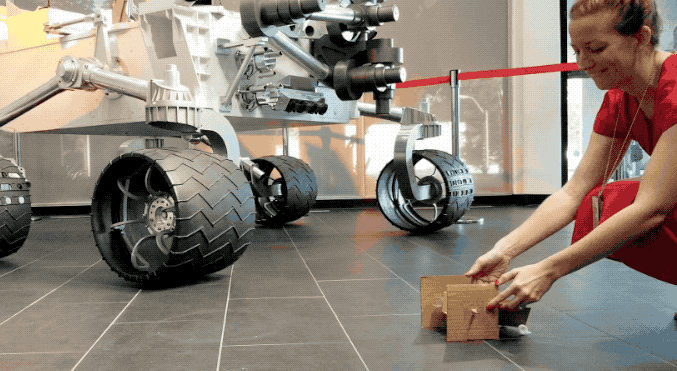
Make a Cardboard Rover
Build a rubber-band-powered rover that can scramble across a room.
Type Project
Subject Engineering
-
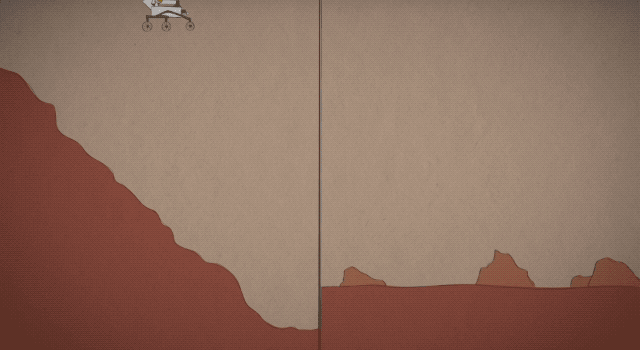
Mars in a Minute: How Do You Choose a Landing Site?
So, you want to study Mars with a lander or rover – but where exactly do you send it? Learn how scientists and engineers tackle the question of where to land on Mars in this 60-second video.
Type Video
Subject Engineering
-

Mars in a Minute: How Do You Land on Mars?
Getting a spacecraft to Mars is one thing. Getting it safely to the ground is a whole other challenge! This 60-second video from NASA's Jet Propulsion Laboratory explains three ways to land on the surface of the Red Planet.
Type Video
Subject Engineering
-
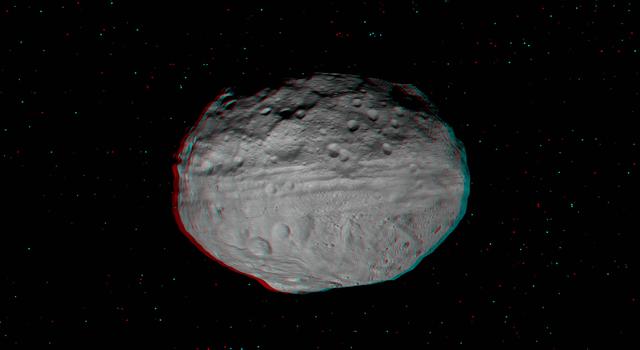
What's That Space Rock?
Find out how to tell the difference between asteroids, comets, meteors, meteorites and other bodies in our solar system.
Type Slideshow
Subject Science
-
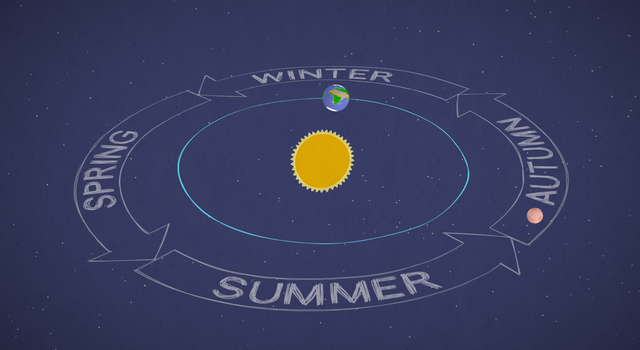
Mars in a Minute: How Long is a Year on Mars?
How long is does it take Mars to make one trip around the Sun and why is one Earth year shorter? Find out in one minute!
Type Video
Subject Science
-
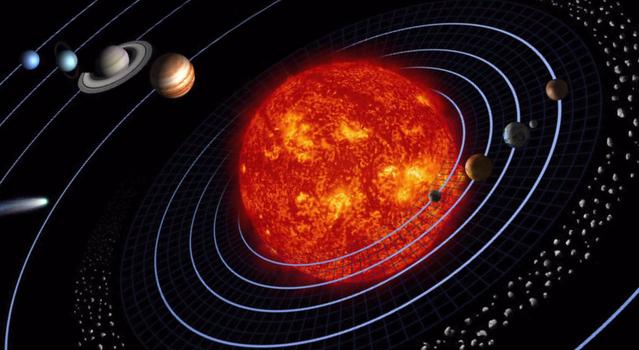
Space Place in a Snap: The Solar System's Formation
Find out how our solar system formed and how it came to be the busy place it is today.
Type Video
Subject Science
-
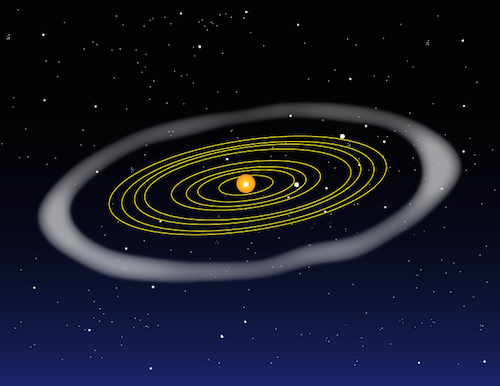
What Is the Kuiper Belt?
Learn about the Kuiper Belt and some of its famous members, Kuiper Belt Objects.
Type Article
Subject Science
-
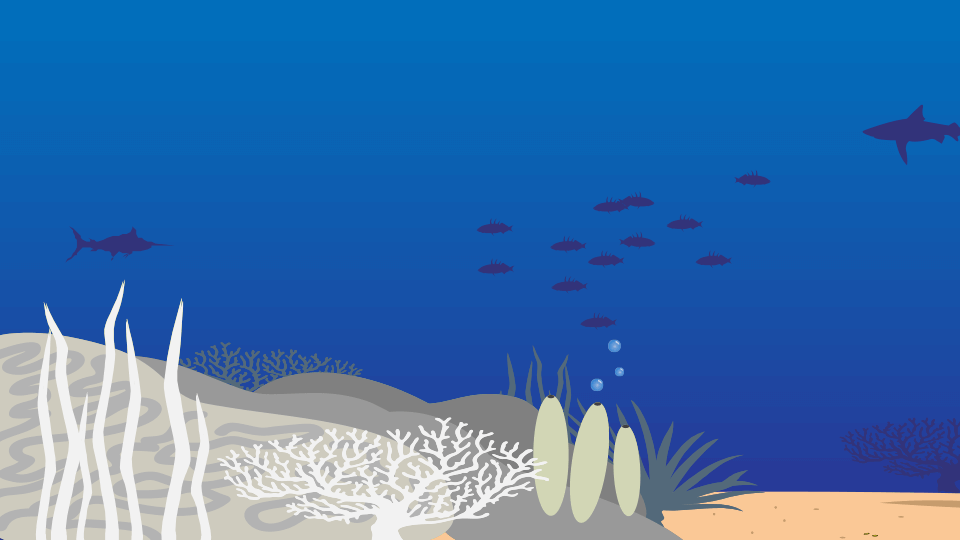
Coral Bleaching Simulator
Adjust water temperature and pollution levels in this simulator to see what happens to a coral reef depending on the conditions you choose!
Type Interactive
Subject Science
-
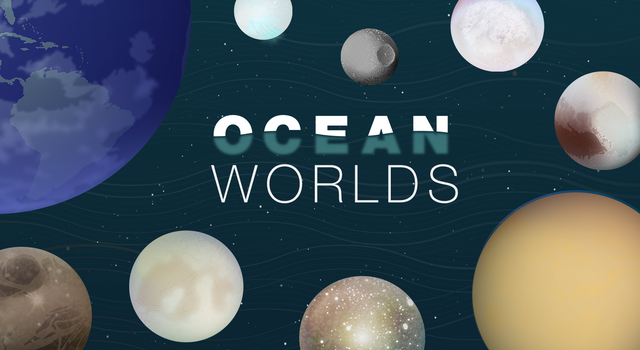
Ocean Worlds
Where might oceans – and living things – exist beyond Earth? Scientists have their eyes on these places in our own solar system.
Type Slideshow
Subject Science
-
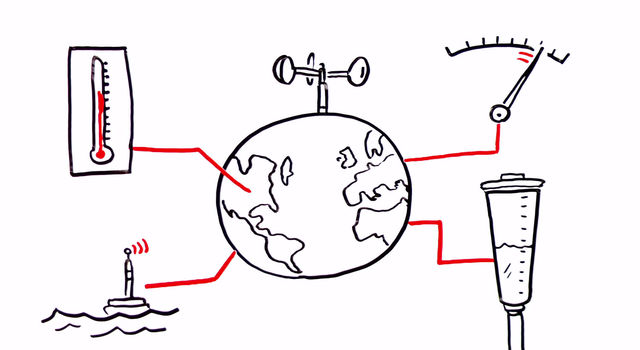
NASA's Earth Minute: Mission to Earth?
NASA doesn't just explore outer space! It studies Earth, too, with a fleet of spacecraft and scientists far and wide.
Type Video
Subject Science
-

NASA's Earth Minute: Earth Has a Fever
Why is Earth getting hotter and what does that mean for us?
Type Video
Subject Science
NOAA Video Series: Coral Comeback
- Article: Giant Exoplanet Hunters: Look for Debris Disks
- Video: The Evolution of a Planet-Forming Disk
- Video: Birth of "Phoenix" Planets?
Multimedia
-
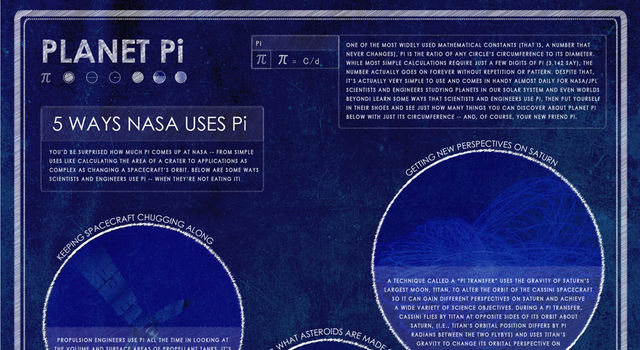
Infographic: Planet Pi
This poster shows some of the ways NASA scientists and engineers use the mathematical constant pi (3.14) and includes common pi formulas.
- Posters: Exoplanet Travel Bureau
Facts and Figures
Missions and Instruments
Websites
TAGS: K-12 Education, Math, Pi Day, Pi, NASA Pi Day Challenge, Events, Space, Educators, Teachers, Parents, Students, STEM, Lessons, Problem Set, Mars 2020, Perseverance, Curiosity, Mars rovers, Mars landing, MU69, Arrokoth, New Horizons, Earth science, Climate change, CORAL, NASA Expeditions, coral reefs, oceans, Spitzer, exoplanets, Beta Pictoris, stars, universe, space telescope, Climate TM
Edu News | December 30, 2019
NASA's 9 Most Teachable Moments This Decade and Beyond
Whether discovering something about our own planet or phenomena billions of miles away, NASA missions and scientists unveiled a vast universe of mysteries this past decade. And with each daring landing, visit to a new world and journey into the unknown came new opportunities to inspire the next generation of explorers. Read on for a look at some of NASA's most teachable moments of the decade from missions studying Earth, the solar system and beyond. Plus, find out what's next in space exploration and how to continue engaging students into the 2020s with related lessons, activities and resources.
1. Earth's Changing Climate

Rising sea levels, shrinking ice caps, higher temperatures and extreme weather continued to impact our lives this past decade, making studying Earth’s changing climate more important than ever. During the 2010s, NASA and National Oceanic and Atmospheric Administration, or NOAA, led the way by adding new Earth-monitoring satellites to their fleets to measure soil moisture and study carbon dioxide levels. Meanwhile, satellites such as Terra and Aqua continued their work monitoring various aspects of the Earth system such as land cover, the atmosphere, wildfires, water, clouds and ice. NASA's airborne missions, such as Operation IceBridge, Airborne Snow Observatory and Oceans Melting Greenland, returned data on water movement, providing decision makers with more accurate data than ever before. But there's still more to be done in the future to understand the complex systems that make up Earth's climate and improve the scientific models that will help the world prepare for a warmer future. Using these missions and the science they're gathering as a jumping-off point, students can learn about the water cycle, build data-based scientific models and develop an understanding of Earth's energy systems.
Explore More
- Climate lessons for educators
- Climate activities for students
- Climate articles from NASA/JPL Edu
- Learn more about NASA climate missions and science
2. Teachable Moments in the Sky
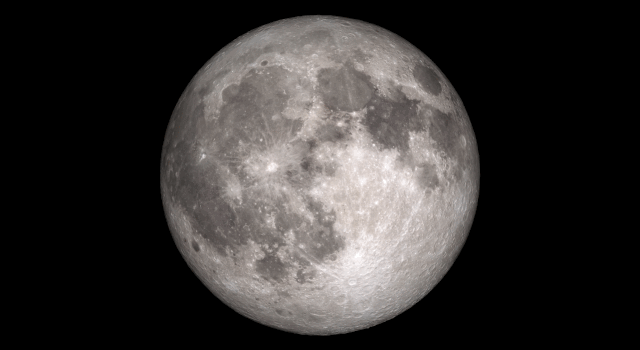
Astronomical events are a sure-fire way to engage students, and this past decade delivered with exciting solar and lunar eclipses that provided real-world lessons about the Sun, the Moon and lunar exploration. The total solar eclipse that crossed the U.S. in 2017 gave students a chance to learn about the dynamic interactions between the Sun and Moon, while brilliant lunar eclipses year after year provided students with lessons in lunar science. There's more to look forward to in the decade ahead as another solar eclipse comes to the U.S. in 2024 – one of nine total solar eclipses around the world in the 2020s. There will be 10 total lunar eclipses in the 2020s, but observing the Moon at any time provides a great opportunity to study celestial patterns and inspire future explorers. Using the lessons below, students can develop and study models to understand the size and scale of the Earth-Moon system, predict future Moon phases and engage in engineering challenges to solve problems that will be faced by future explorers on the Moon!
Explore More
- Moon lessons for educators
- Moon activities for students
- Moon articles from NASA/JPL Edu
- Learn more about NASA Moon missions and science
3. Missions to Mars

The past decade showed us the Red Planet in a whole new light. We discovered evidence that suggests Mars could have once supported ancient life, and we developed a better understanding of how the planet lost much of its atmosphere and surface water. The Opportunity rover continued exploring long past its expected lifespan of 90 days as NASA sent a larger, more technologically advanced rover, Curiosity, to take the next steps in understanding the planet's ability to support life. (Opportunity's nearly 15-year mission succumbed to the elements in 2019 after a global dust storm engulfed Mars, blocking the critical sunlight the rover needed to stay powered.) The InSight lander touched down in 2018 to begin exploring interior features of the Red Planet, including marsquakes, while high above, long-lived spacecraft like the Mars Reconnaissance Orbiter and Mars Odyssey were joined by NASA's MAVEN Orbiter, and missions from the European Space Agency and the Indian Space Research Organization. The next decade on Mars will get a kick-start with the July launch of the souped-up Mars 2020 rover, which will look for signs of ancient life and begin collecting samples designed to one day be returned to Earth. Mars provides students with countless opportunities to do some of the same engineering as the folks at NASA and design ideas for future Mars exploration. They can also use Mars as a basis for coding activities, real-world math, and lessons in biology and geology.
Explore More
- Mars lessons for educators
- Mars activities for students
- Mars articles from NASA/JPL Edu
- Learn more about NASA Mars missions and science
4. Ocean Worlds and the Search for Life
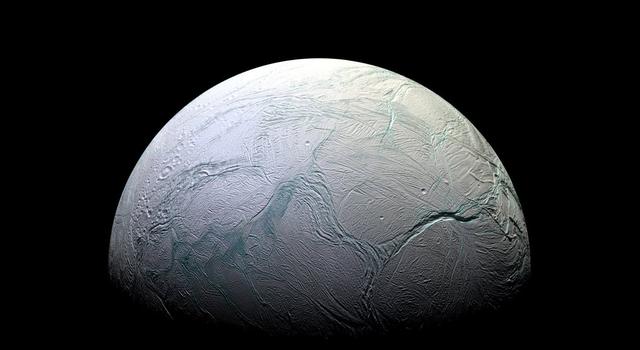
This decade marked the final half of the Cassini spacecraft's 13-year mission at Saturn, during which it made countless discoveries about the planet, its rings and its fascinating moons. Some of the most exciting findings highlighted new frontiers in our search for life beyond Earth. Cassini spotted geysers erupting from cracks in the icy shell of Saturn's moon Enceladus, suggesting the presence of an ocean below. At the moon Titan, the spacecraft peered through the hazy atmosphere to discover an Earth-like hydrologic cycle in which liquid methane and ethane take the place of water. Meanwhile, evidence for another ocean world came to light when the Hubble Space Telescope spotted what appear to be geysers erupting from the icy shell surrounding Jupiter's moon Europa. NASA is currently developing Europa Clipper, a mission that will explore the icy moon of Jupiter to reveal even more about the fascinating world. For students, these discoveries and the moons themselves provide opportunities to build scientific models and improve them as they learn more information. Students can also use math to calculate physical properties of moons throughout the solar system and identify the characteristics that define life as we know it.
Explore More
- Ocean worlds lessons for educators
- Ocean worlds activities for students
- Ocean worlds articles from NASA/JPL Edu
- Learn more about NASA Solar System missions and science
5. Asteroids, Comets and Dwarf Planets, Oh My!

The past decade was a big deal for small objects in space. NASA's Dawn mission started 2010 as a new arrival in the main asteroid belt. The next eight years saw Dawn explore the two largest objects in the asteroid belt, the giant asteroid Vesta and the dwarf planet Ceres. On its way to comet 67P/Churyumov-Gerasimenko, ESA's Rosetta mission (with contributions from NASA) flew by the asteroid Luticia in 2010. After more than two years at its destination – during which time it measured comet properties, captured breathtaking photos and deposited a lander on the comet – Rosetta's mission ended in dramatic fashion in 2016 when it touched down on 67P/Churyumov-Gerasimenko. In 2013, as scientists around the world eagerly anticipated the near-Earth flyby of asteroid Duende, residents of Chelyabinsk, Russia, got a surprising mid-morning wake-up call when a small, previously undetected asteroid entered the atmosphere, burned as a bright fireball and disintegrated. The team from NASA's OSIRIS-Rex mission wrapped up the decade and set the stage for discoveries in 2020 by selecting the site that the spacecraft will visit in the new year to collect a sample of asteroid Bennu for eventual return to Earth. And in 2022, NASA's Psyche mission will launch for a rendezvous with a type of object never before explored up close: a metal asteroid. The small objects in our solar system present students with chances to explore the composition of comets, use math to calculate properties such as volume, density and kinetic energy of asteroids, and use Newton's Laws in real-world applications, such as spacecraft acceleration.
Explore More
- Small objects lessons for educators
- Small objects activities for students
- Learn more about NASA Solar System missions and science
6. Uncovering Pluto's Mysteries

In 2015, after nearly a decade of travel, NASA's New Horizons spacecraft arrived at Pluto for its planned flyby and became the first spacecraft to visit the dwarf planet and its moons. The images and scientific data the spacecraft returned brought into focus a complex and dynamic world, including seas of ice and mountain ranges. And there's still more left to explore. But New Horizons' journey is far from over. After its flyby of Pluto, the spacecraft continued deep into the Kuiper Belt, the band of icy bodies beyond the orbit of Neptune. In 2019, the spacecraft flew by a snowman-shaped object later named Arrokoth. In the 2020s, New Horizons will continue studying distant Kuiper Belt objects to better understand their physical properties and the region they call home. The new information gathered from the Pluto and Arrokoth flybys provides students with real-life examples of the ways in which scientific understanding changes as additional data is collected and gives them a chance to engage with the data themselves. At the same time, New Horizons' long-distance voyage through the Solar System serves as a good launchpad for discussions of solar system size and scale.
Explore More
- Pluto lessons for educators
- Pluto activities for students
- Pluto articles from NASA/JPL Edu
- Learn more about NASA Solar System missions and science
7. The Voyagers' Journey Into Interstellar Space

In 1977, two spacecraft left Earth on a journey to explore the outer planets. In the 2010s, decades after their prime mission ended, Voyager 1 and Voyager 2 made history by becoming the first spacecraft to enter interstellar space – the region beyond the influence of solar wind from our Sun. The Voyager spacecraft are expected to continue operating into the 2020s, until their fuel and power run out. In the meantime, they will continue sending data back to Earth, shaping our understanding of the structure of the solar system and interstellar space. The Voyagers can help engage students as they learn about and model the structure of the solar system and use math to understand the challenges of communicating with spacecraft so far away.
Explore More
- Voyager lessons for educators
- Voyager activities for students
- Voyager articles from NASA/JPL Edu
- Learn more about NASA's Voyager mission
8. The Search for Planets Beyond Our Solar System
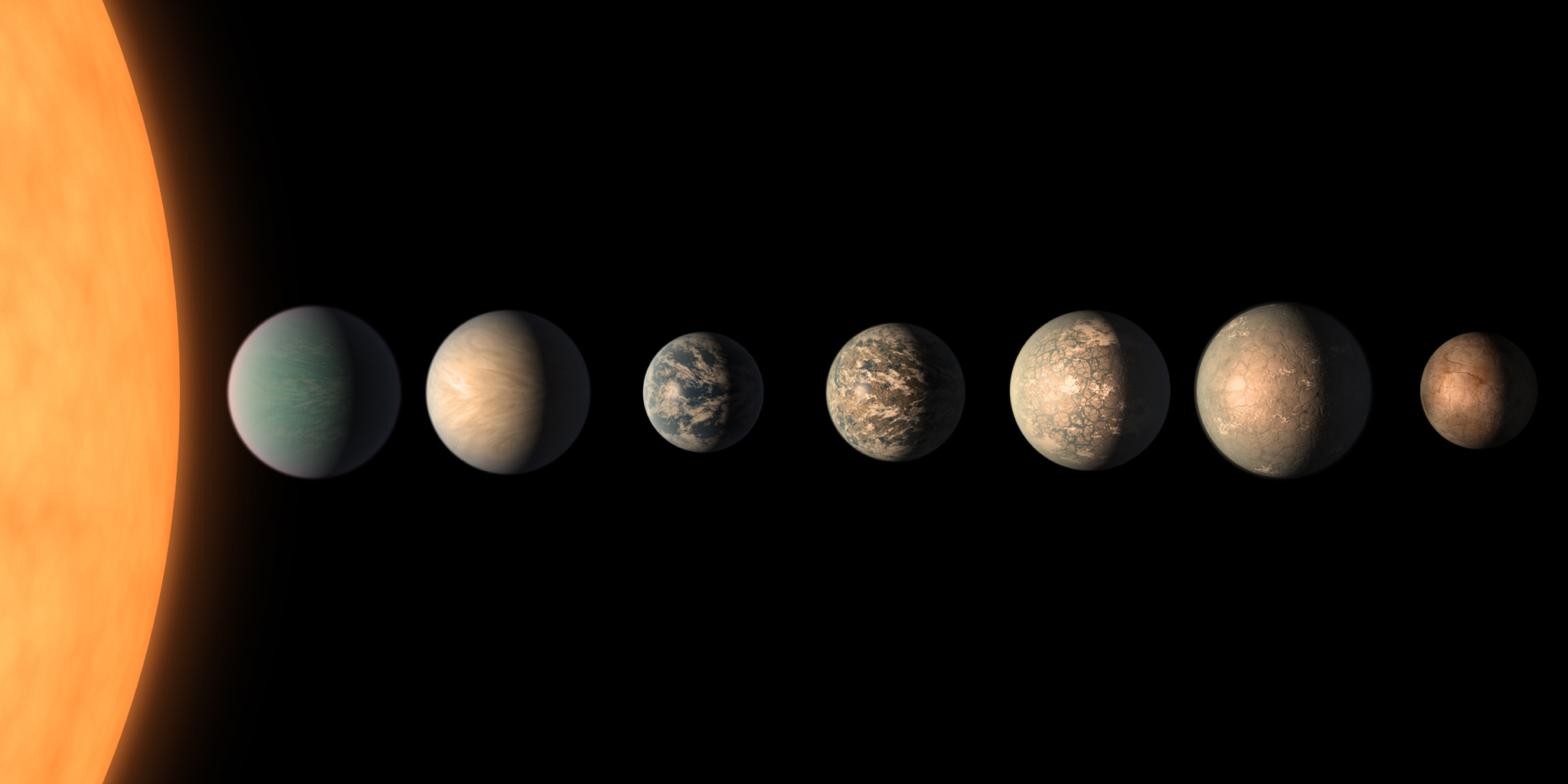
It was only a few decades ago that the first planets outside our solar system, or exoplanets, were discovered. The 2010s saw the number of known exoplanets skyrocket in large part thanks to the Kepler mission. A space telescope designed to seek out Earth-sized planets orbiting in the habitable zone – the region around a star where liquid water could exist – Kepler was used to discover more than 2,600 exoplanets. Discoveries from other observatories and amateur astronomers added to the count, now at more than 4,100. In one of the most momentous exoplanet findings of the decade, the Spitzer telescope discovered that the TRAPPIST-1 system, first thought to have three exoplanets, actually had seven – three of which were in the star’s habitable zone. With thousands of candidates discovered by Kepler waiting to be confirmed as exoplanets and NASA's latest space telescope, the Transiting Exoplanet Survey Satellite, or TESS, surveying the entire sky, the 2020s promise to be a decade filled with exoplanet science. And we may not have to wait long for exciting new discoveries from the James Webb Space Telescope, set to launch in 2021. Exoplanets are a great way to get students exploring concepts in science and mathematics. In the lessons linked to below, students use math to find the size and orbital period of planets, learn how scientists are using spectrometry to determine what makes up exoplanet atmospheres and more.
Explore More
- Exoplanets lessons for educators
- Exoplanets activities for students
- Exoplanets articles from NASA/JPL Edu
- Learn more about NASA exoplanet missions and science
9. Shining a Light on Black Holes
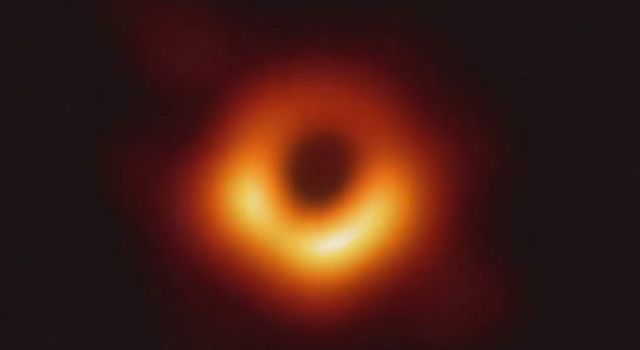
Even from millions and billions of light-years away, black holes made big news in the 2010s. First, a collision of two black holes 1.3 billion light-years away sent gravitational waves across the universe that finally reached Earth in 2015, where the waves were detected by the Laser Interferometer Gravitational-Wave Observatory, or LIGO. This was the first detection of gravitational waves in history and confirmed a prediction Einstein made 100 years earlier in his Theory of General Relativity. Then, in 2019, a team of researchers working on the Event Horizon Telescope project announced they had taken the first image capturing the silhouette of a black hole. To take the historic image of the supermassive black hole (named M87* after its location at the center of the M87 galaxy), the team had to create a virtual telescope as large as Earth itself. In addition to capturing the world's attention, the image gave scientists new information about scientific concepts and measurements they had only been able to theorize about in the past. The innovations that led to these discoveries are changing the way scientists can study black holes and how they interact with the space around them. More revelations are likely in the years ahead as scientists continue to analyze the data from these projects. For students, black holes and gravitational waves provide a basis for developing and modifying scientific models. Since they are a topic of immense interest to students, they can also be used to encourage independent research.
Explore More
- Black hole lessons for educators
- Black hole activities for students
- Black hole articles from NASA/JPL Edu
TAGS: Teachable Moments, K-12 Education, Educators, Students, STEM, Lessons, Activities, Moon, Mars, Ocean Worlds, Small Objects, Pluto, Voyager, Exoplanets, Black Holes, Earth Science, Earth, Climate Change




